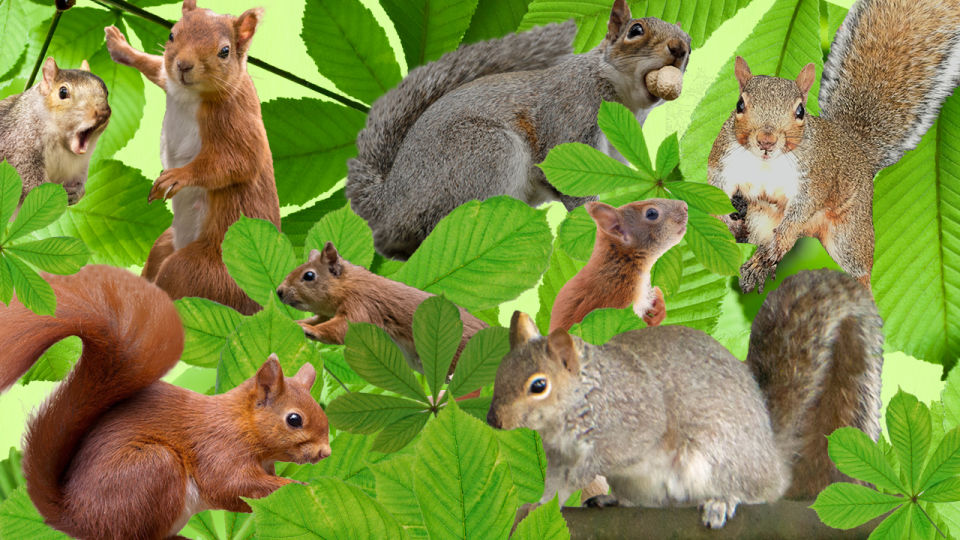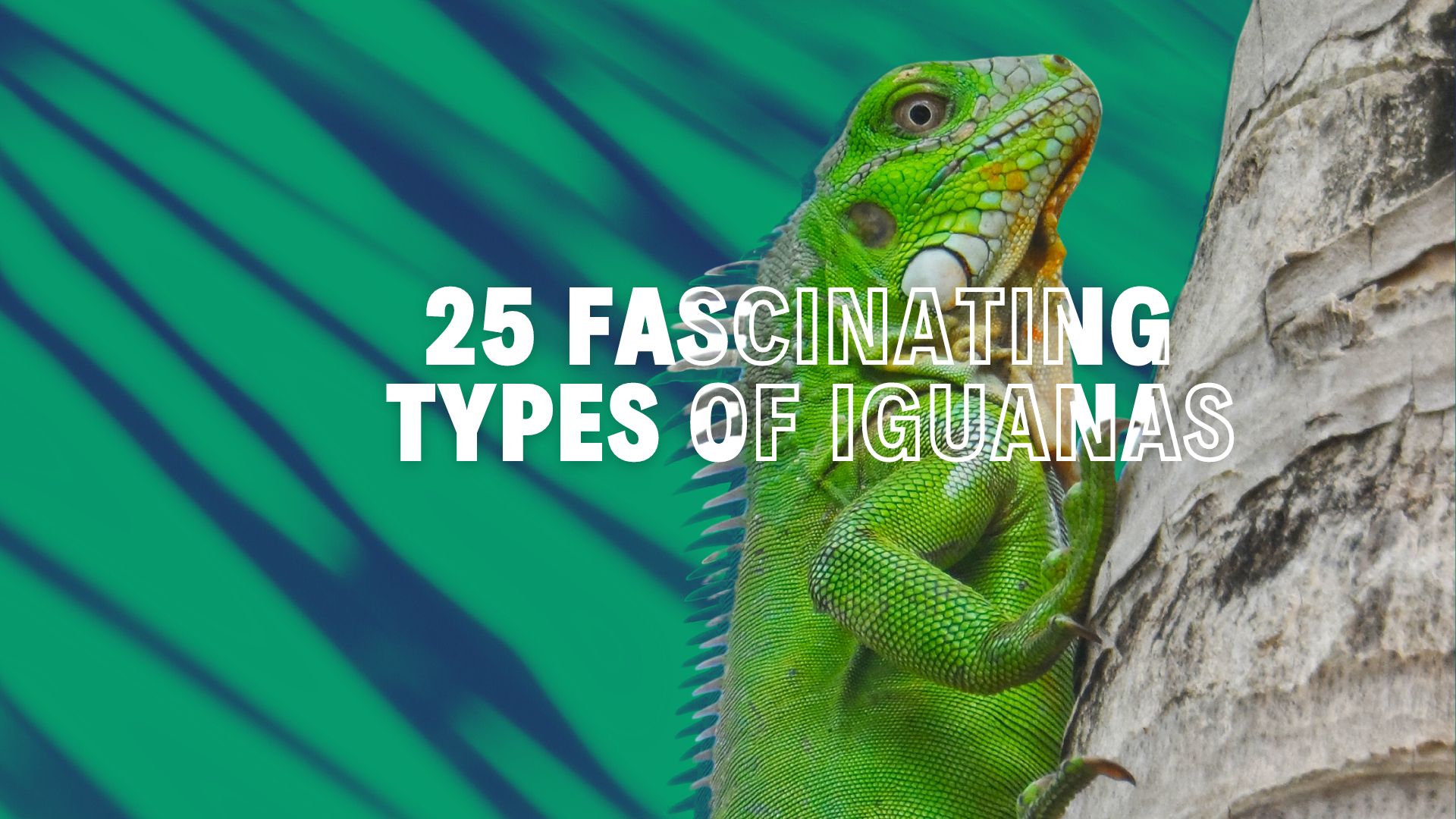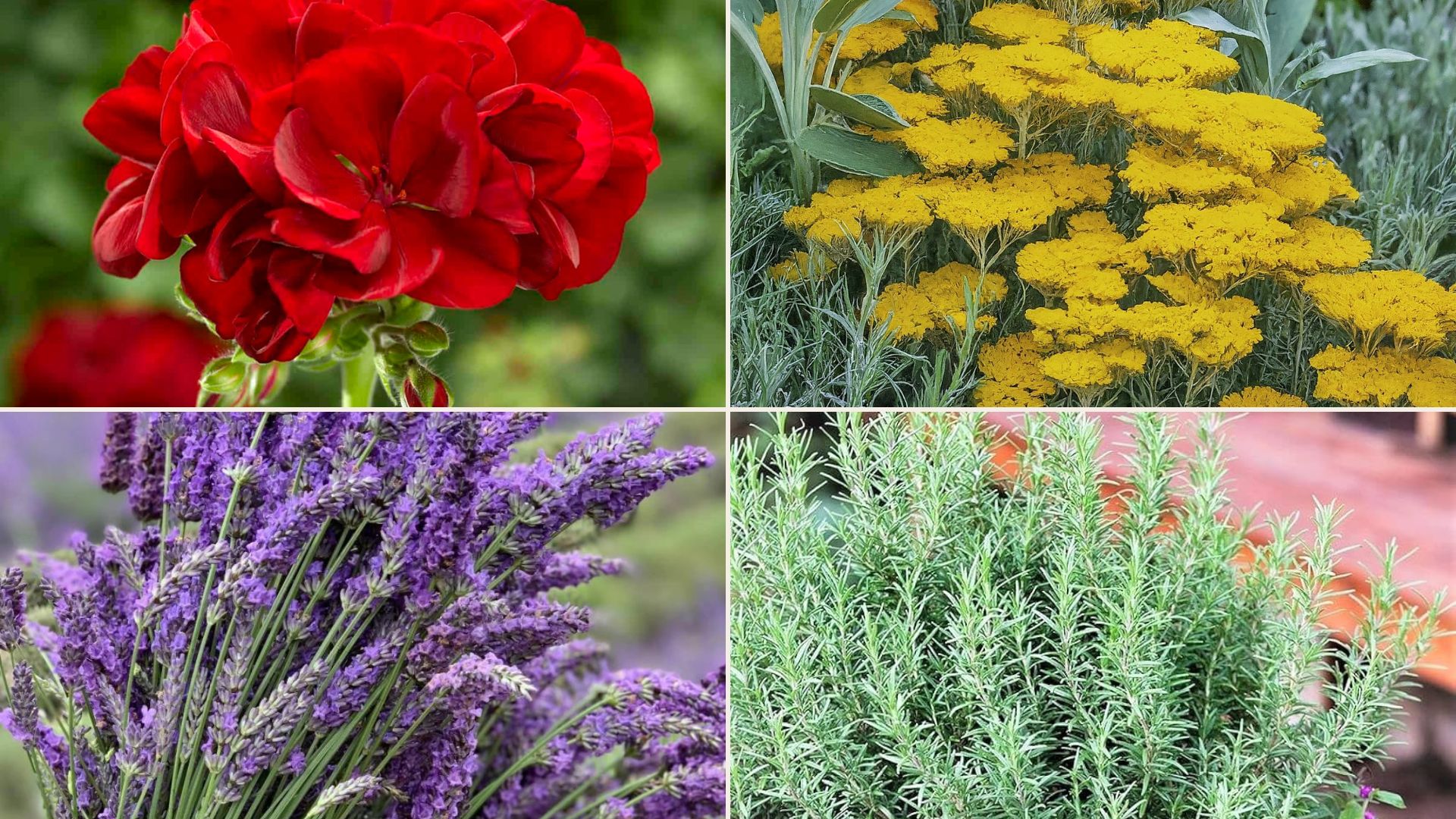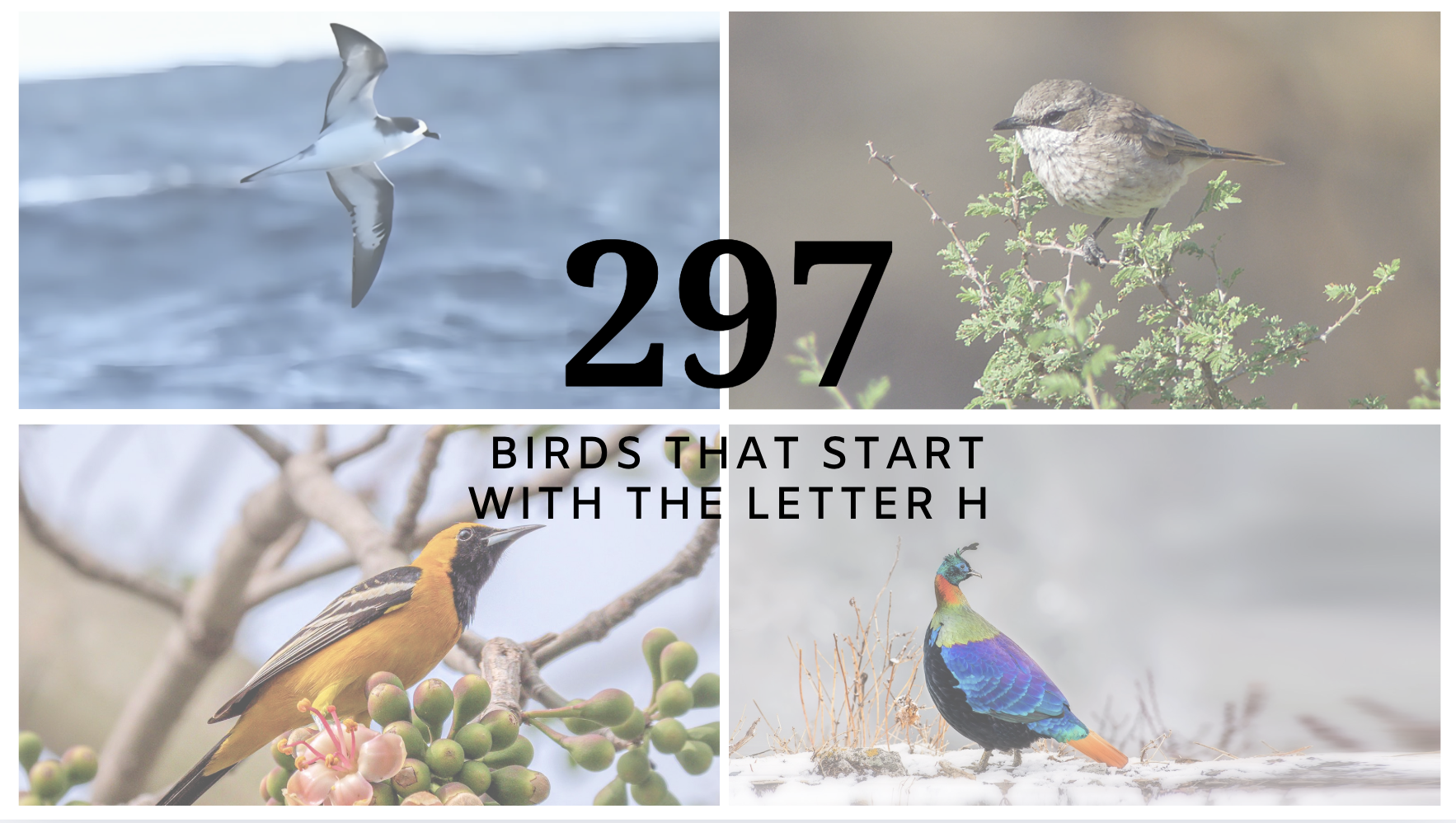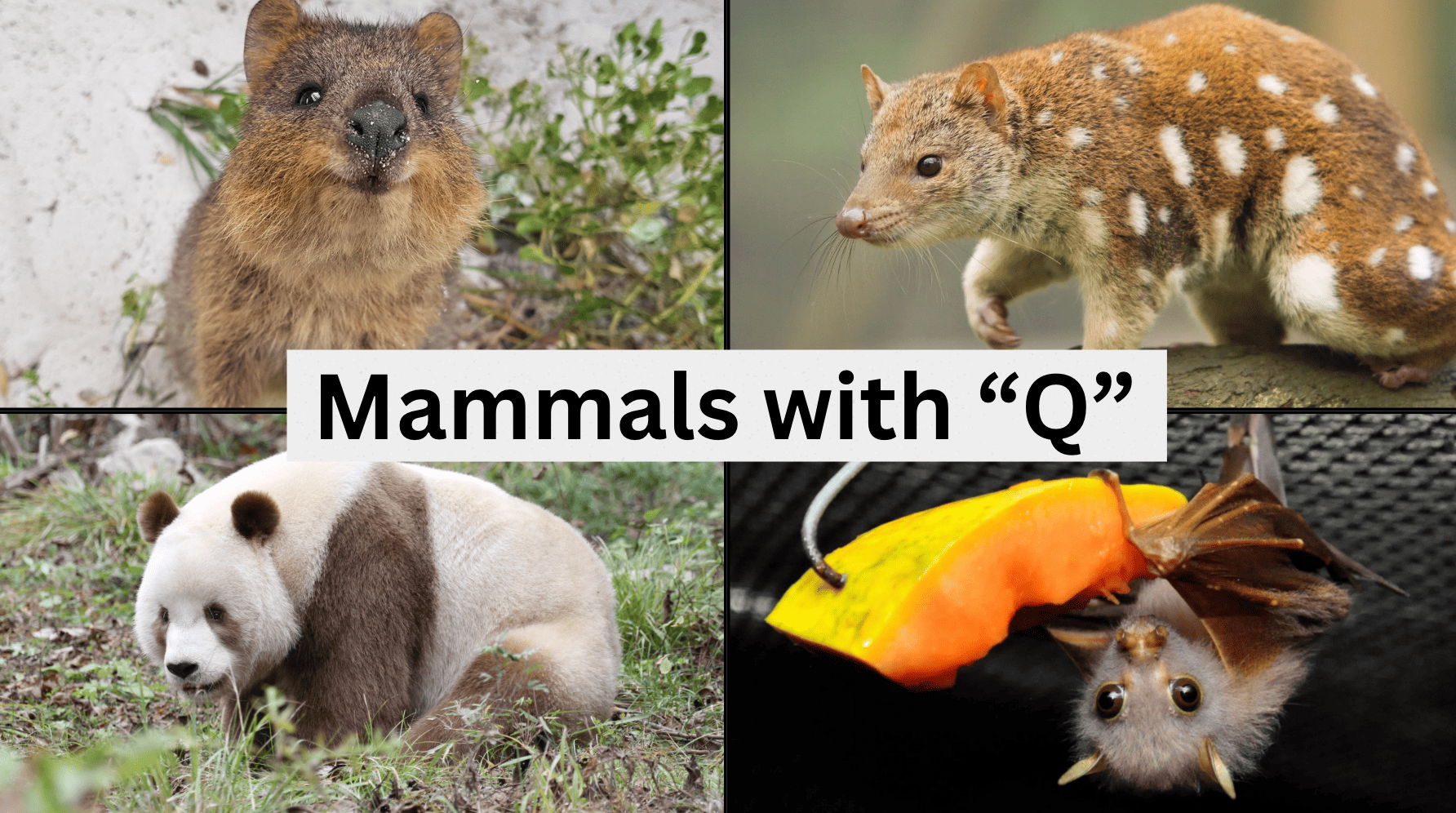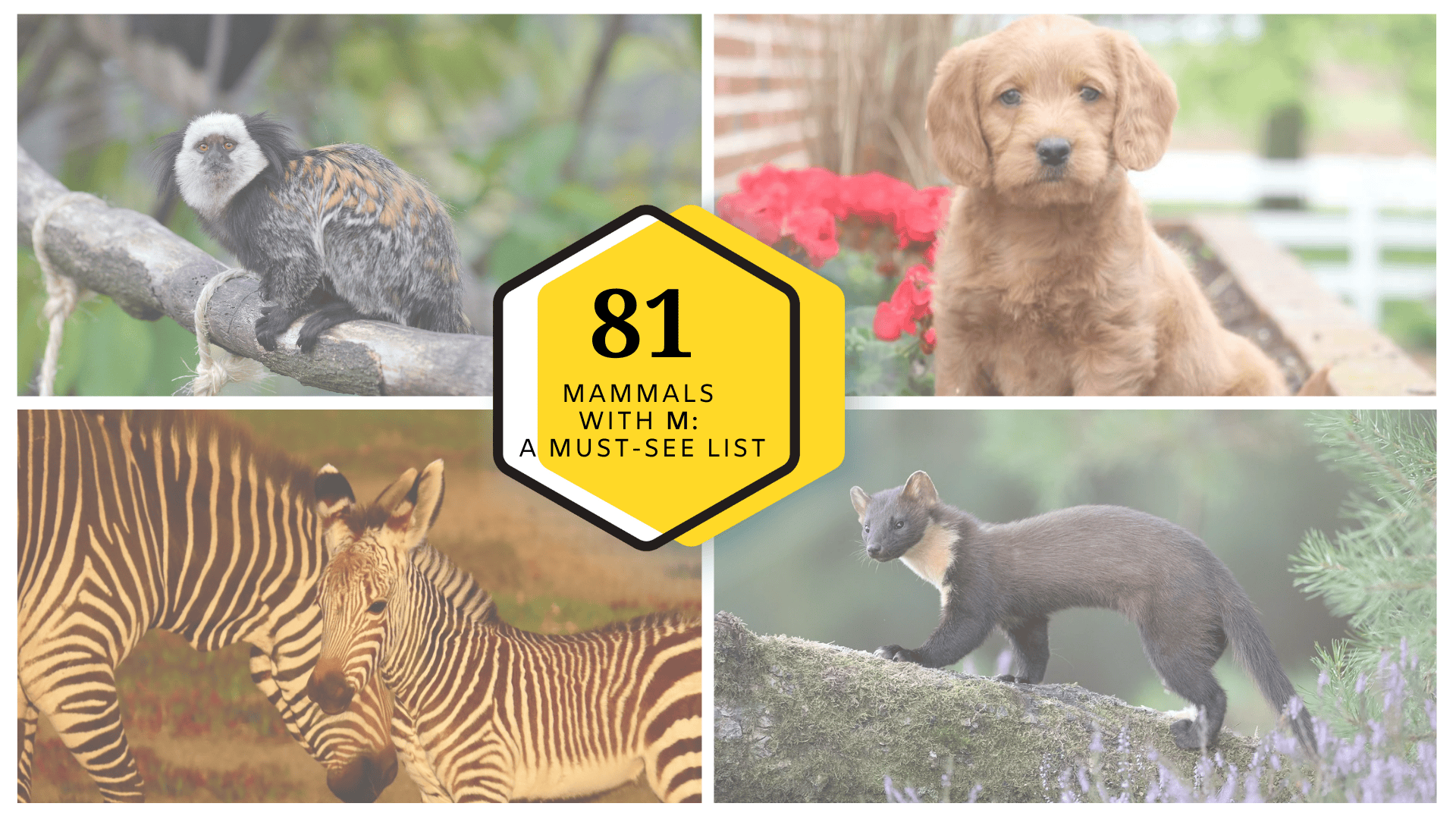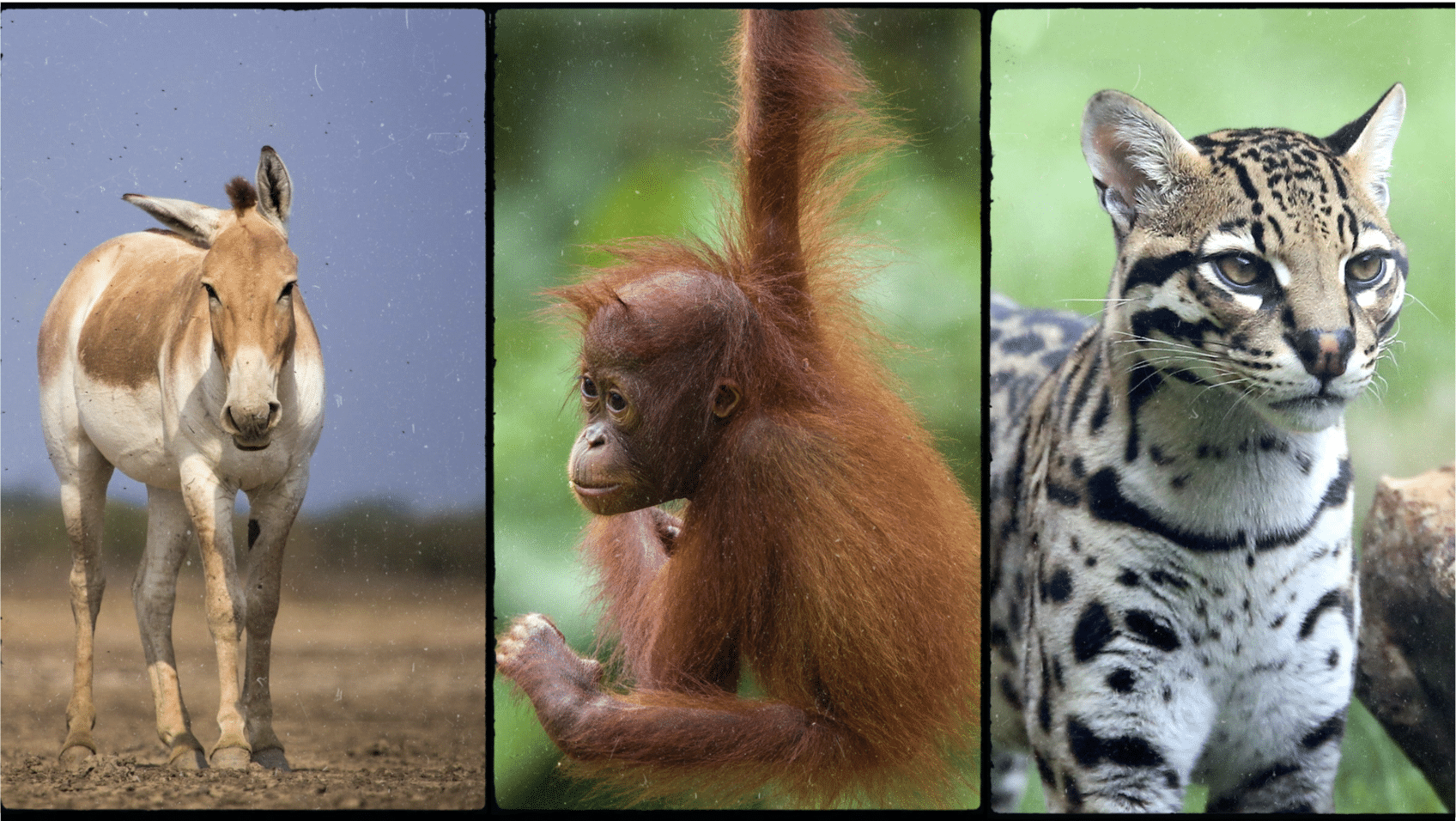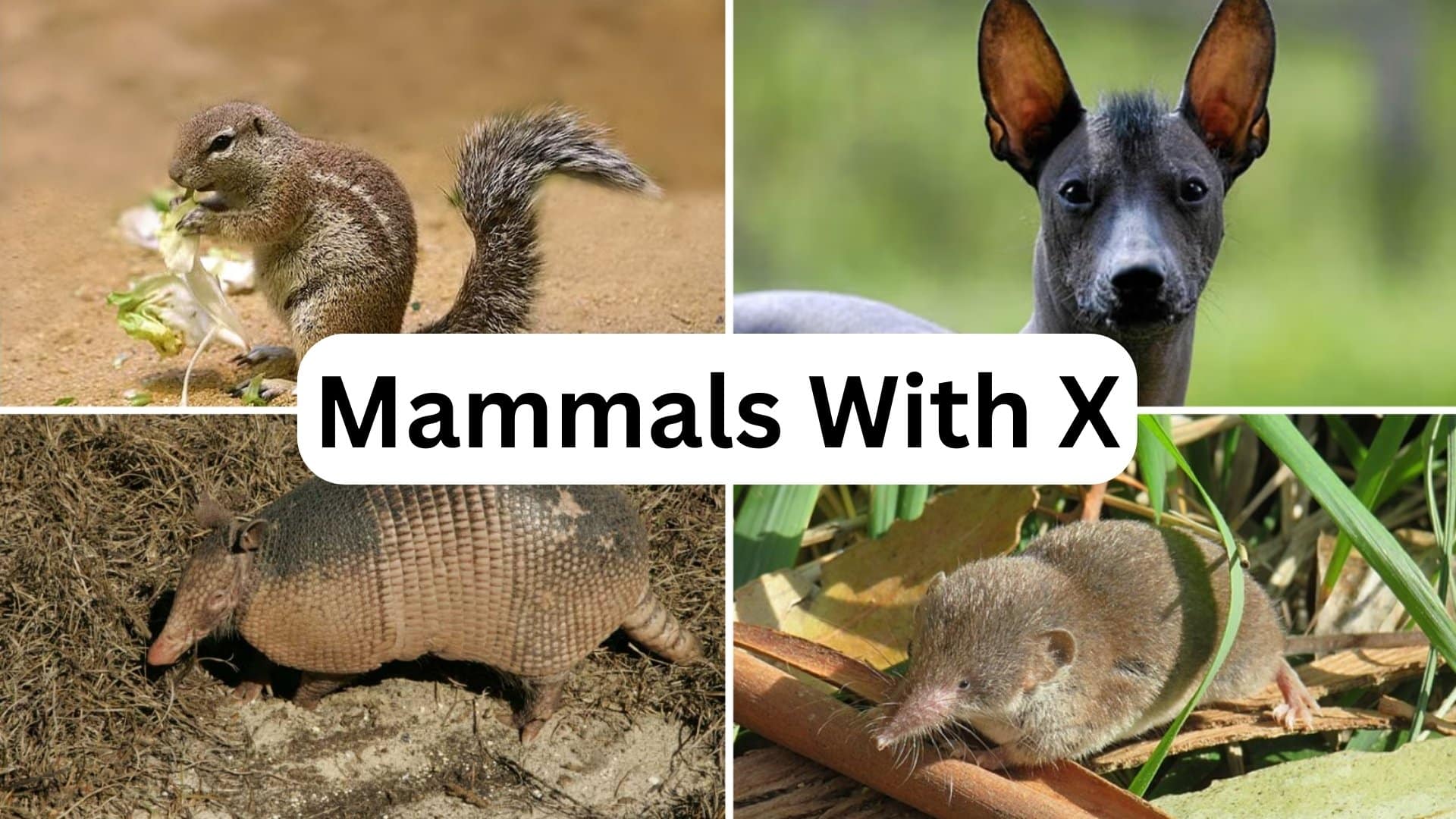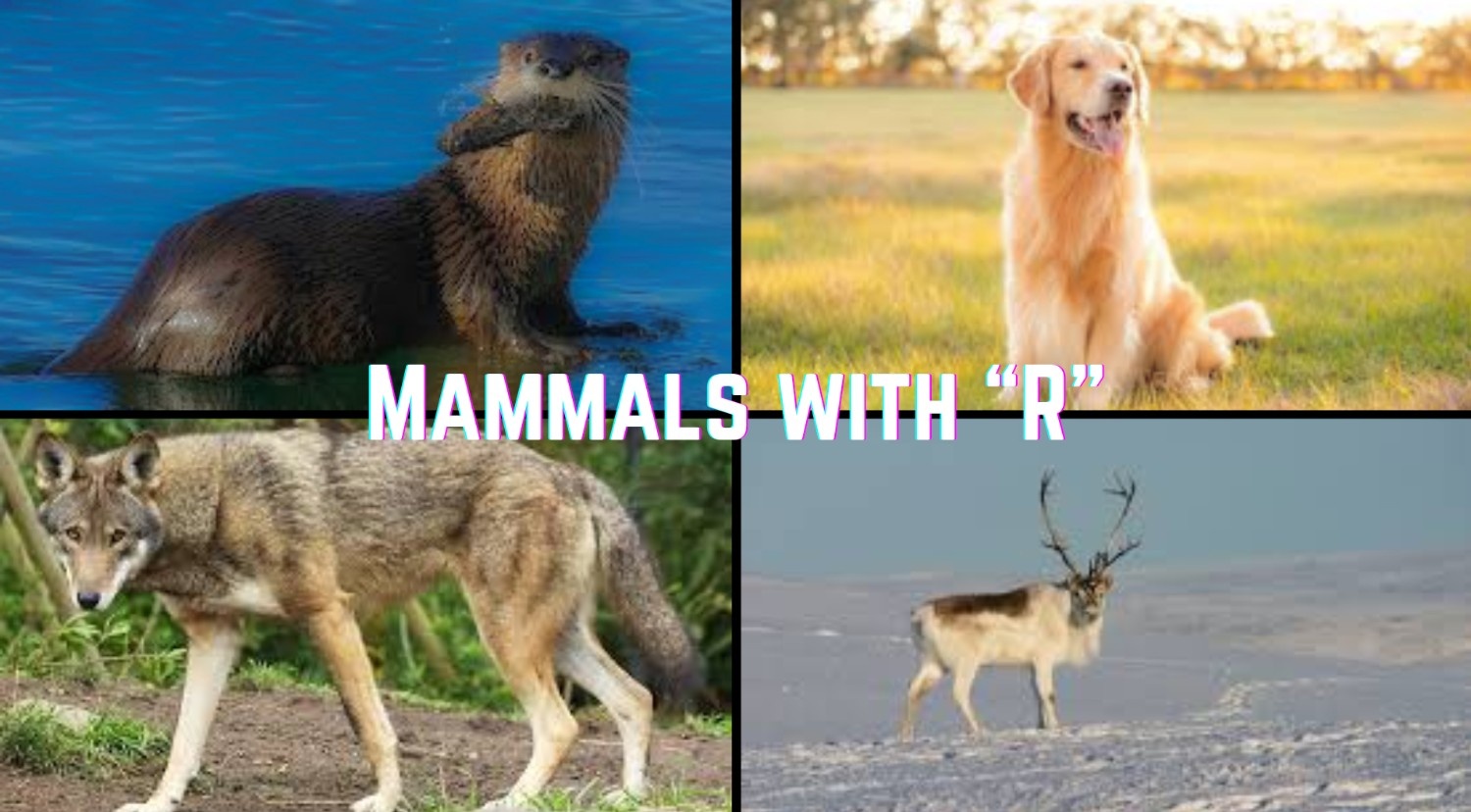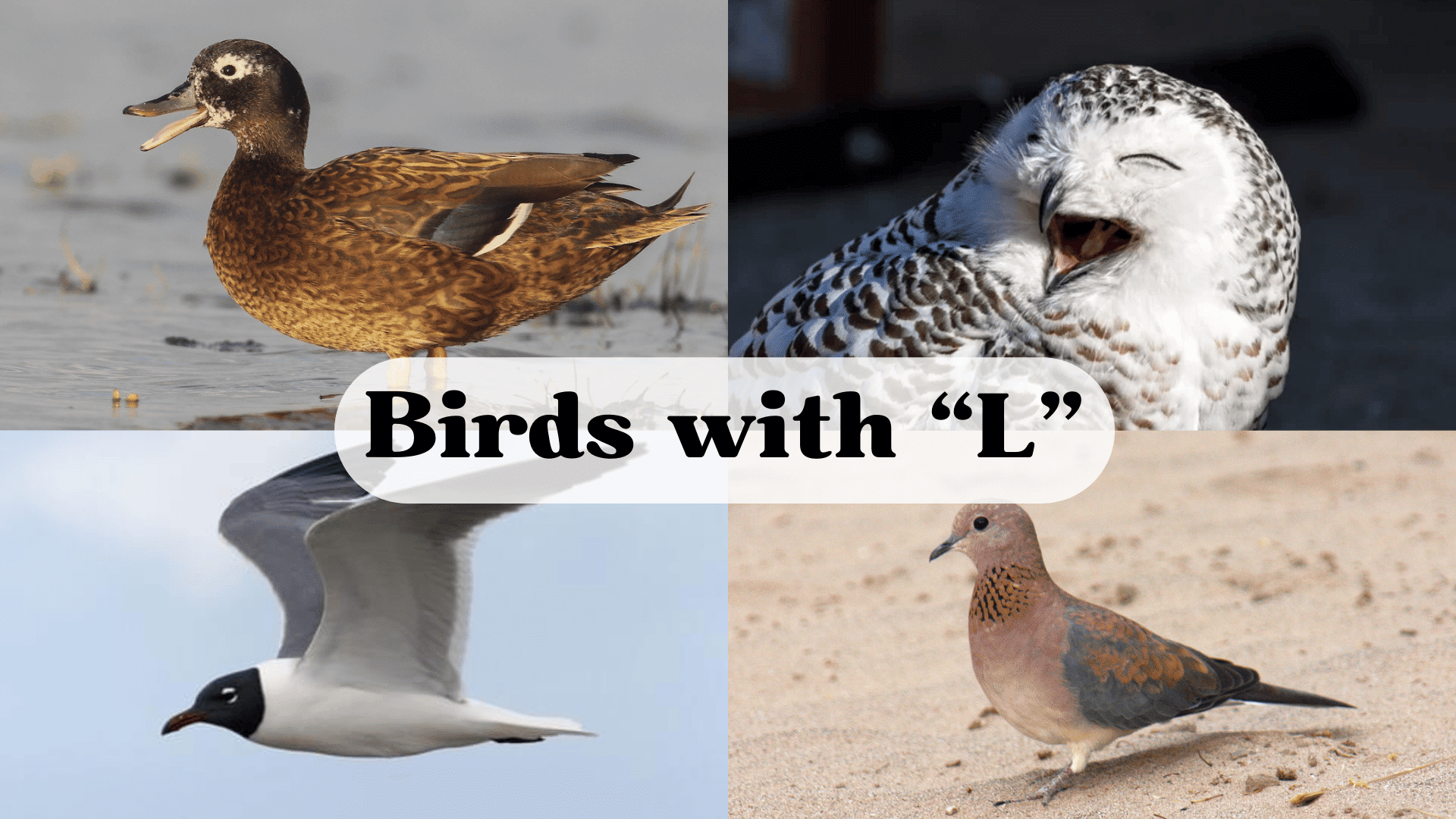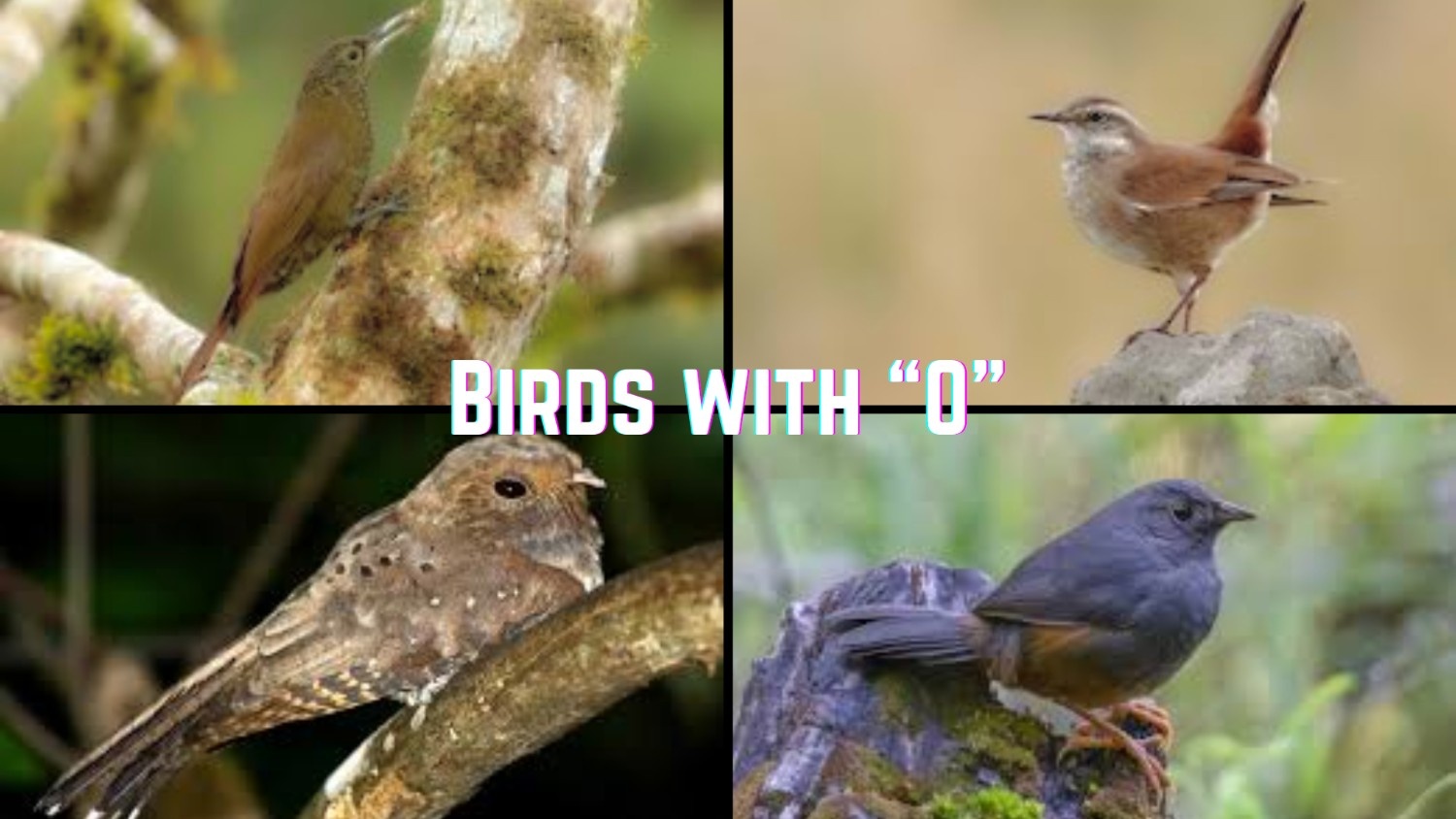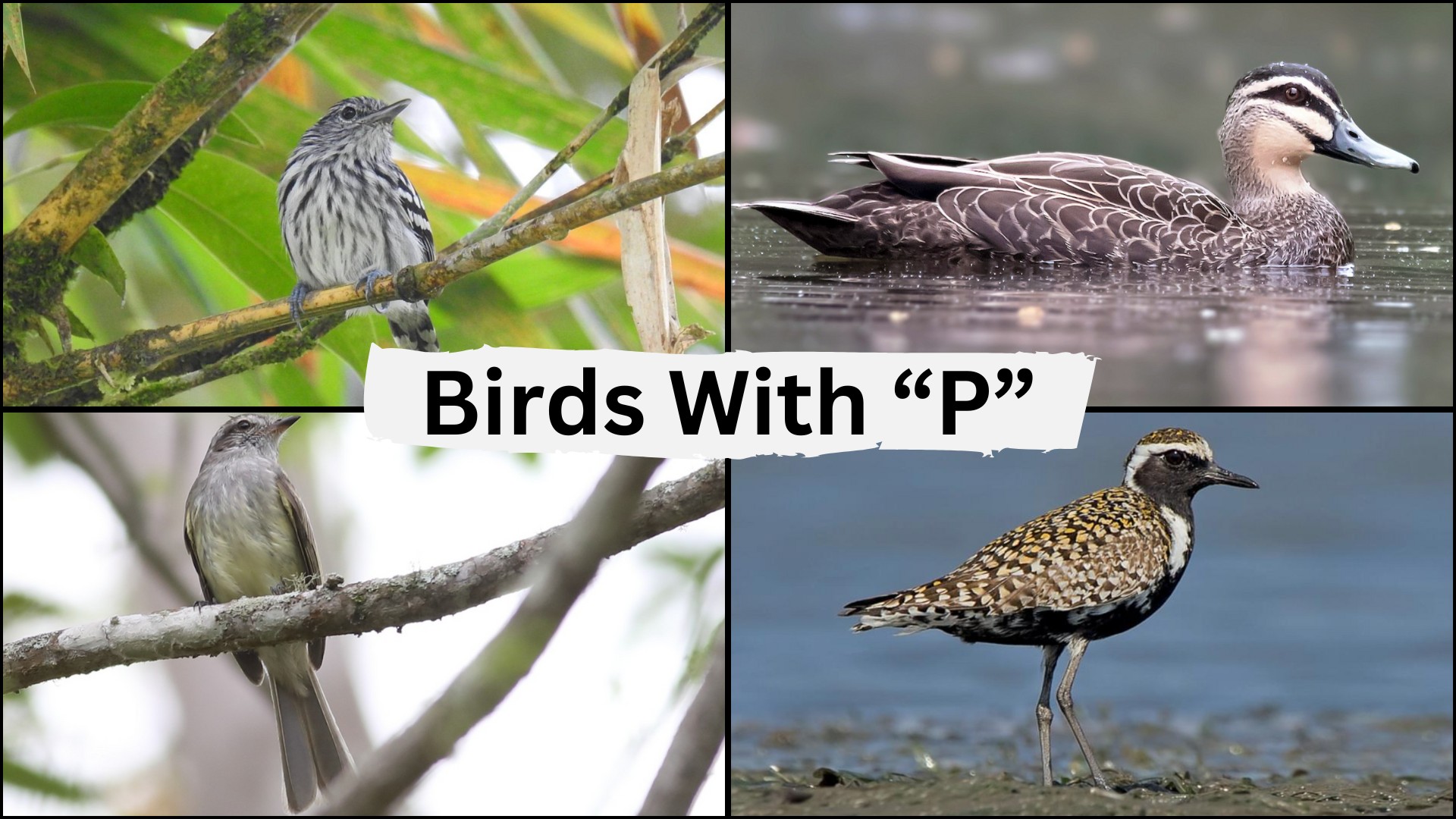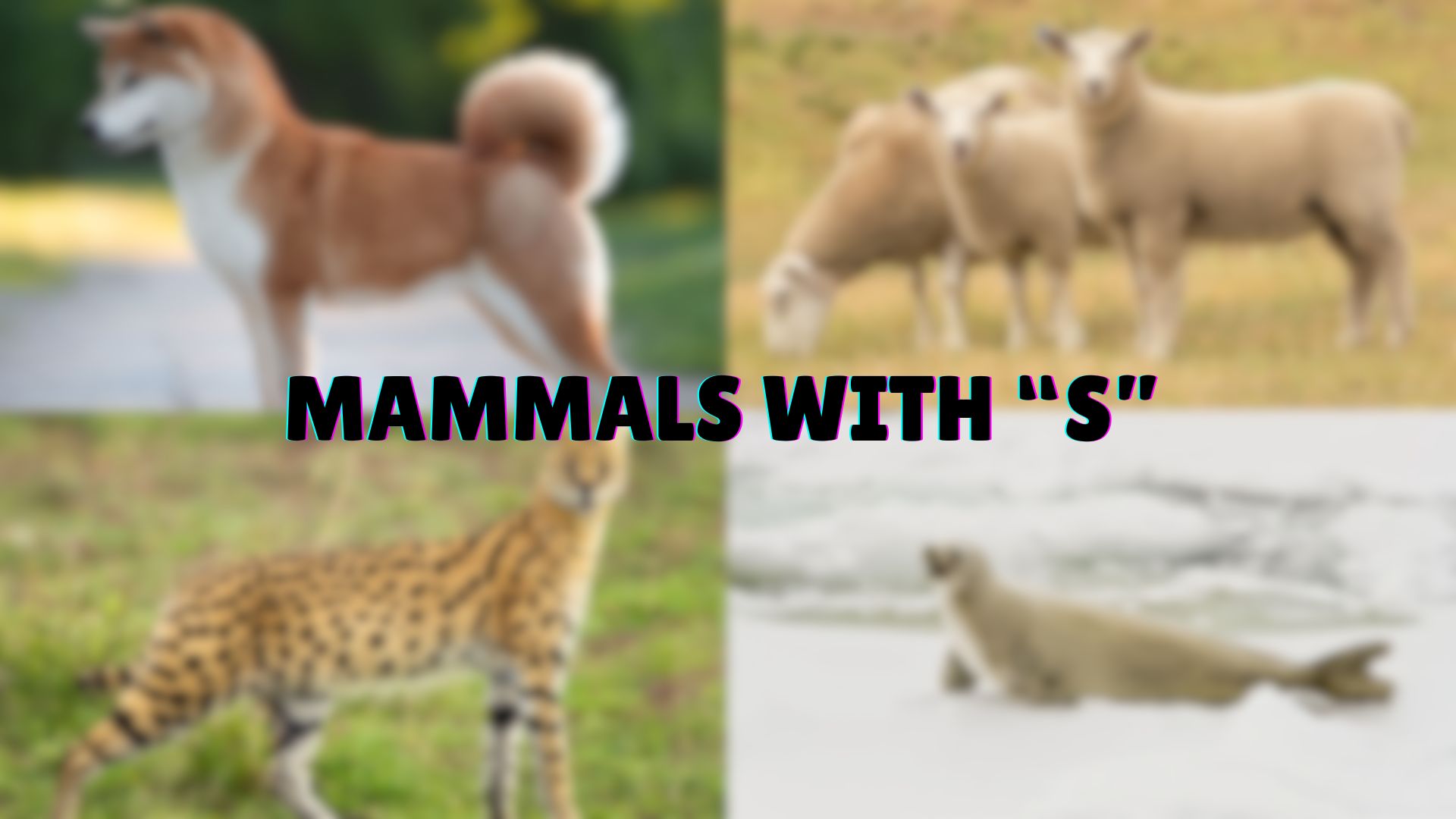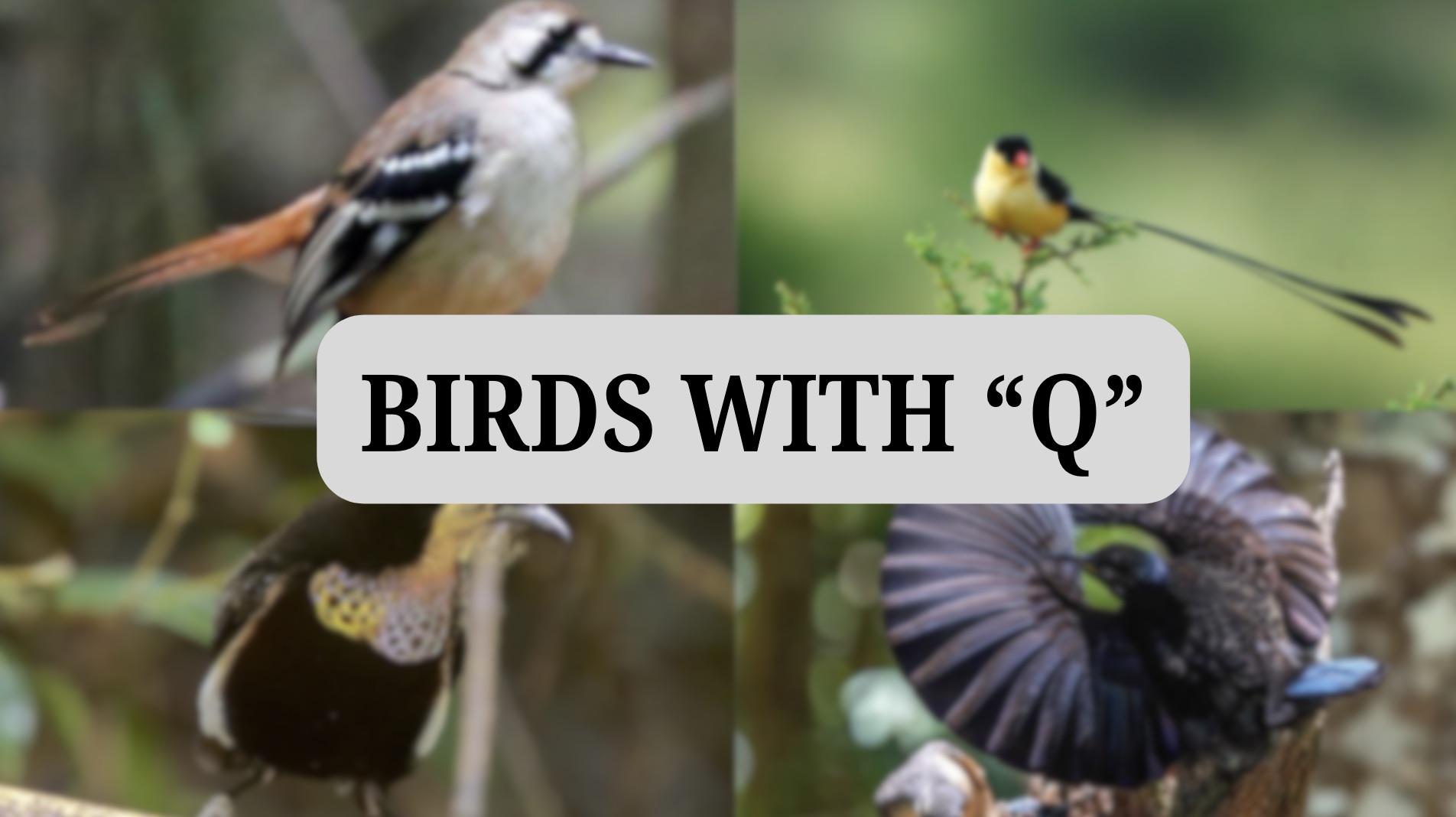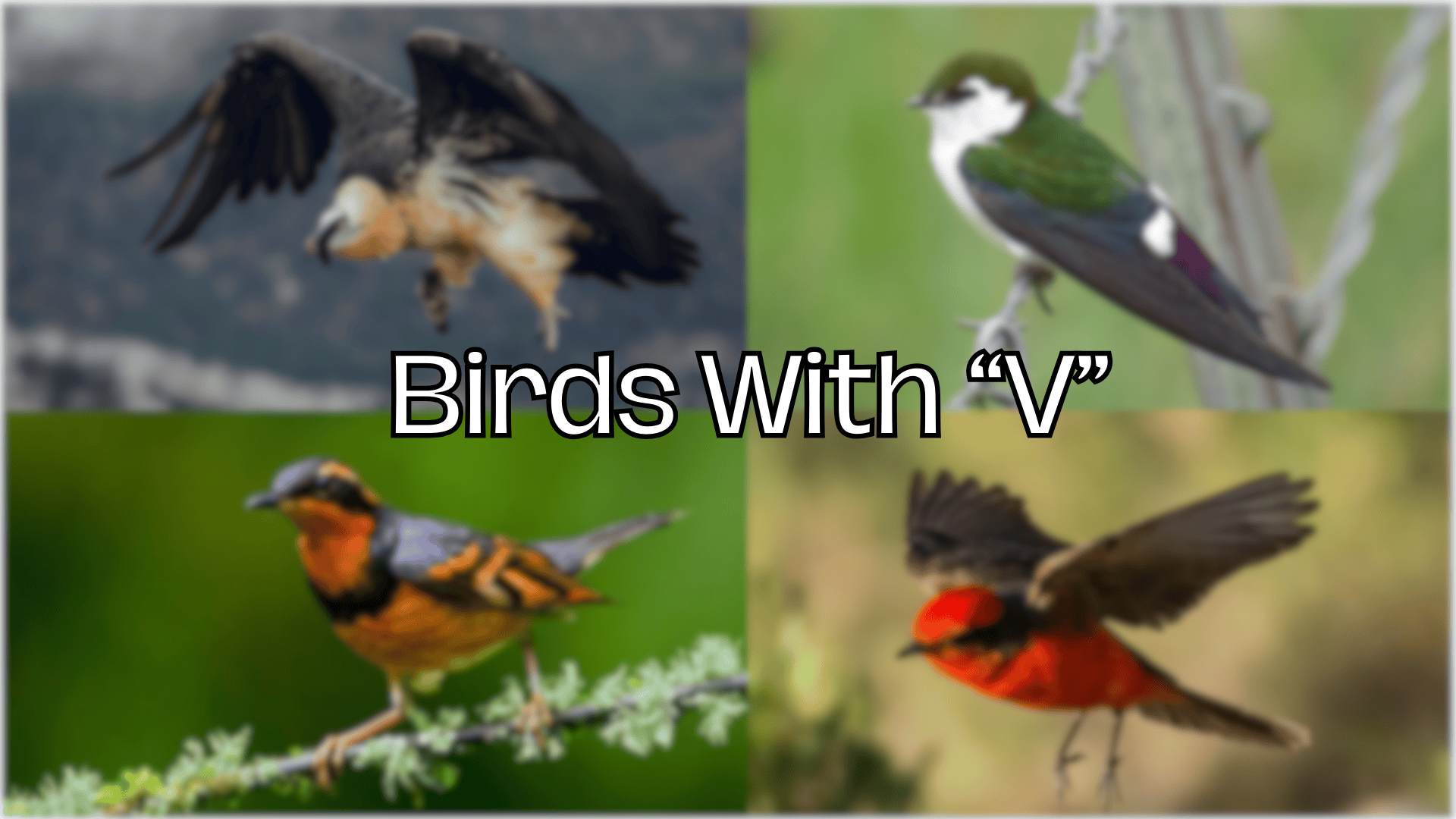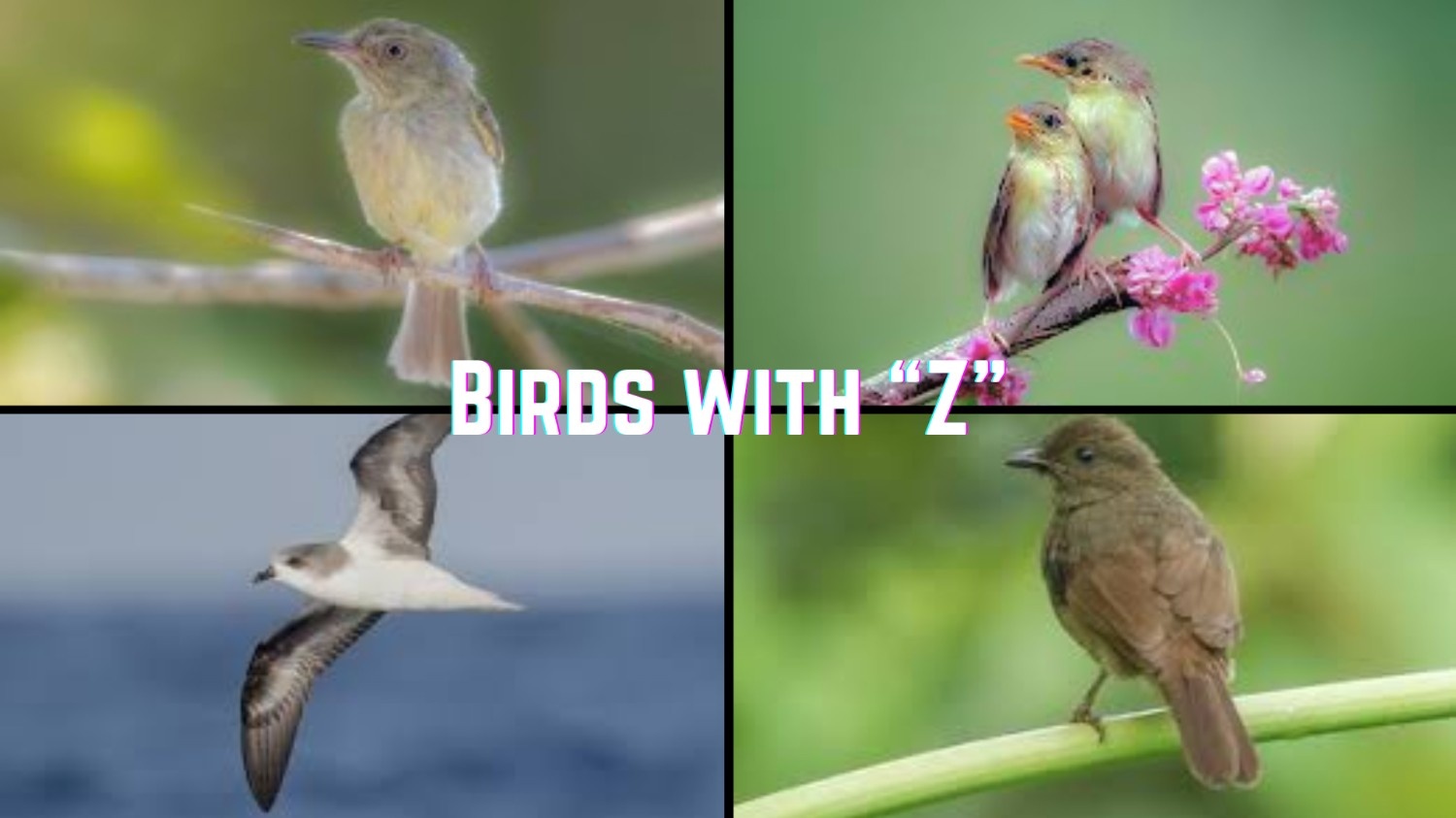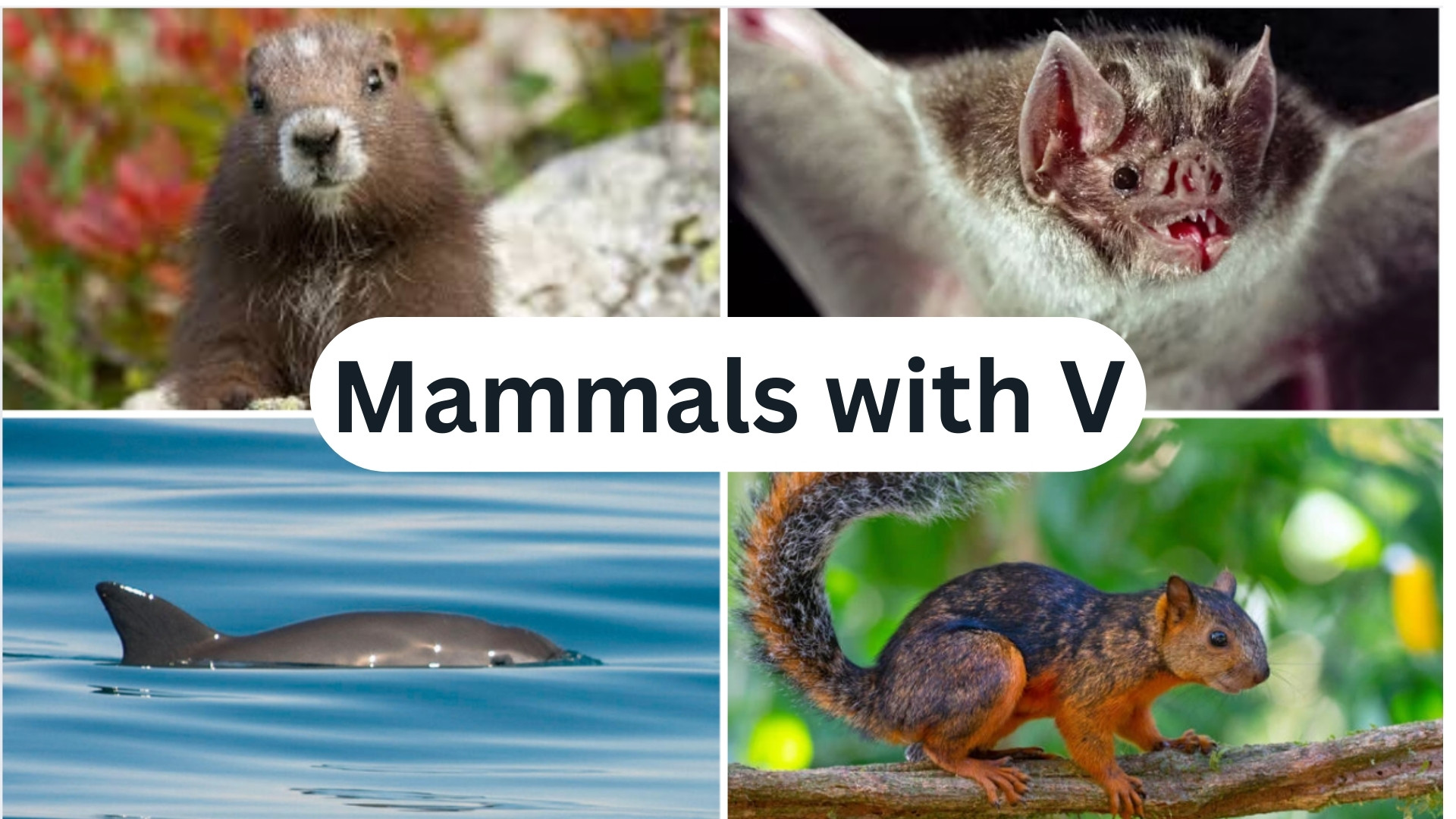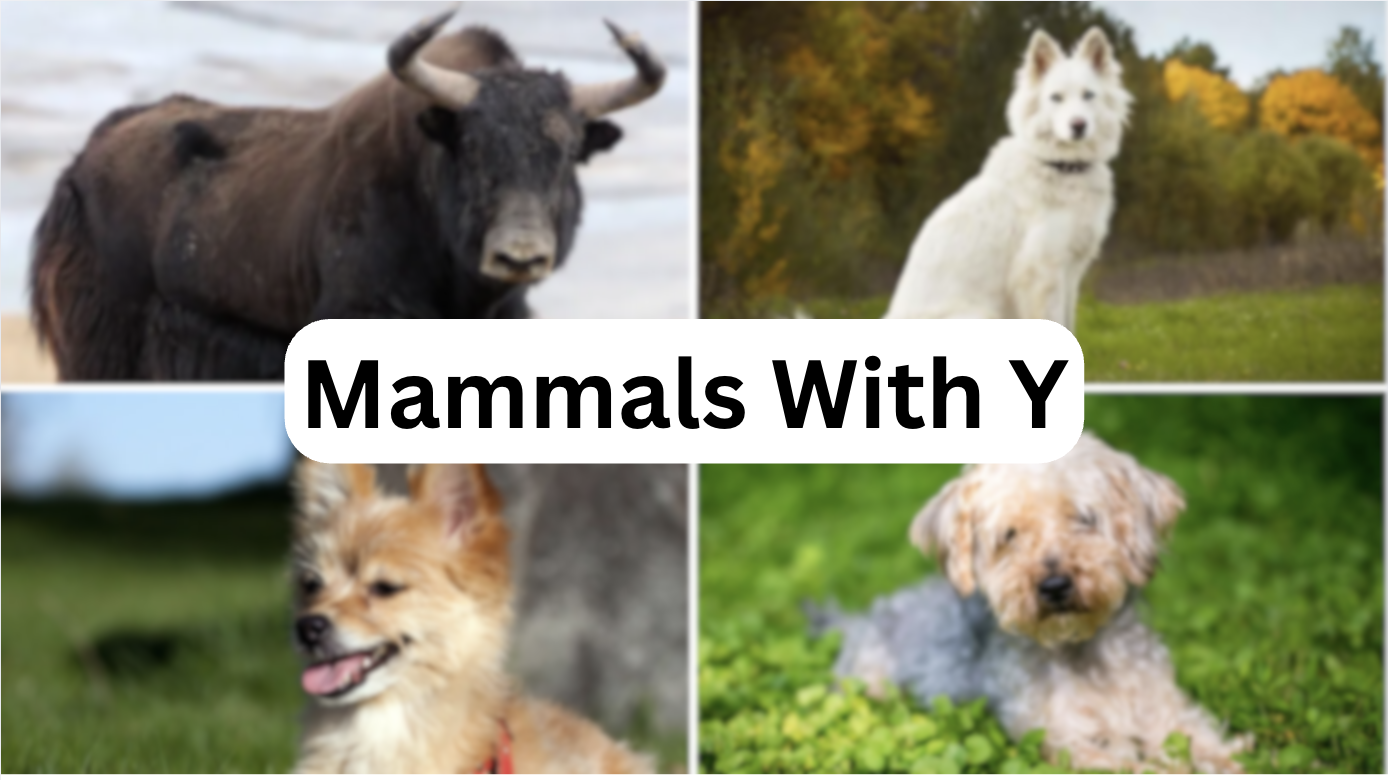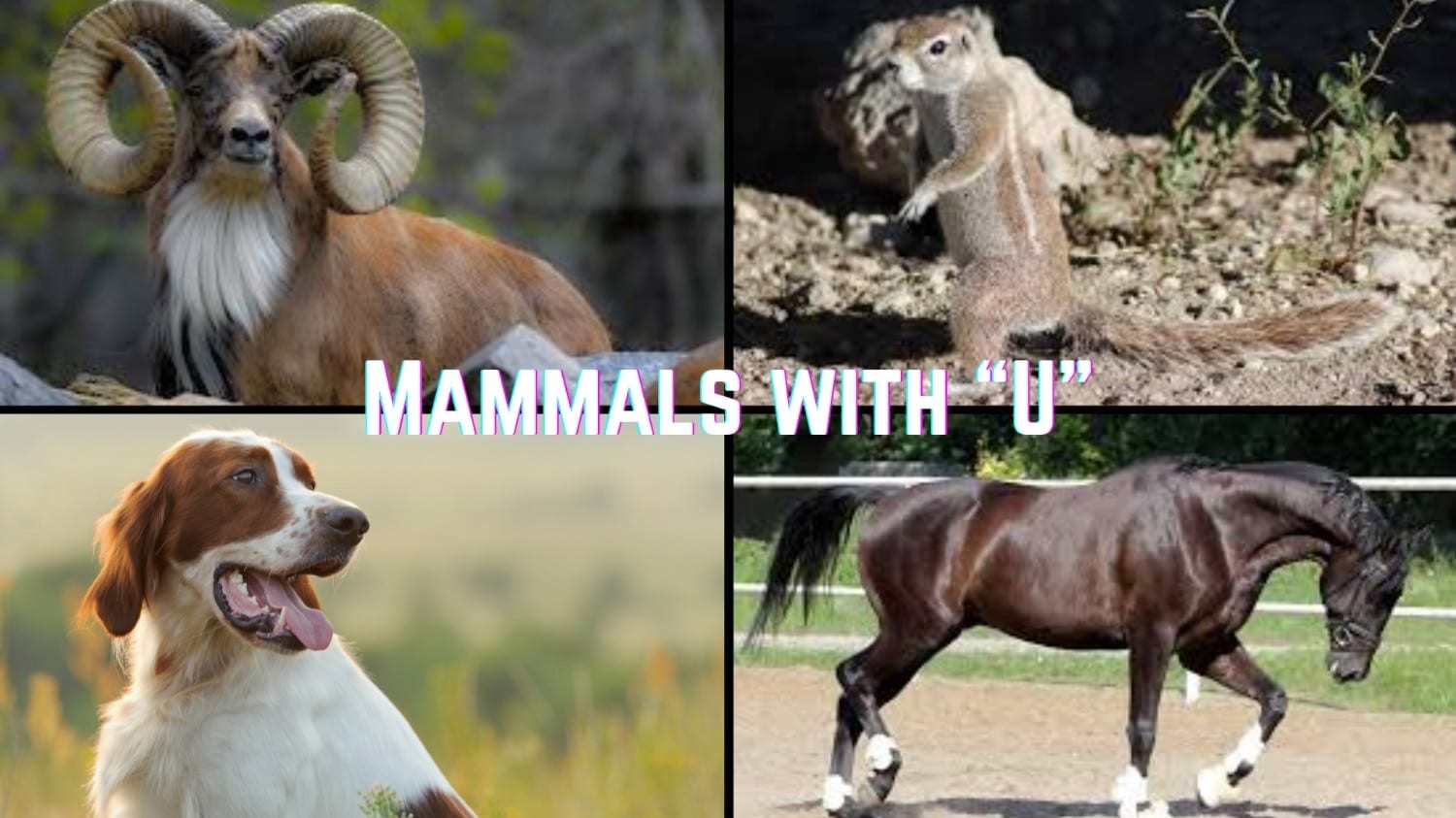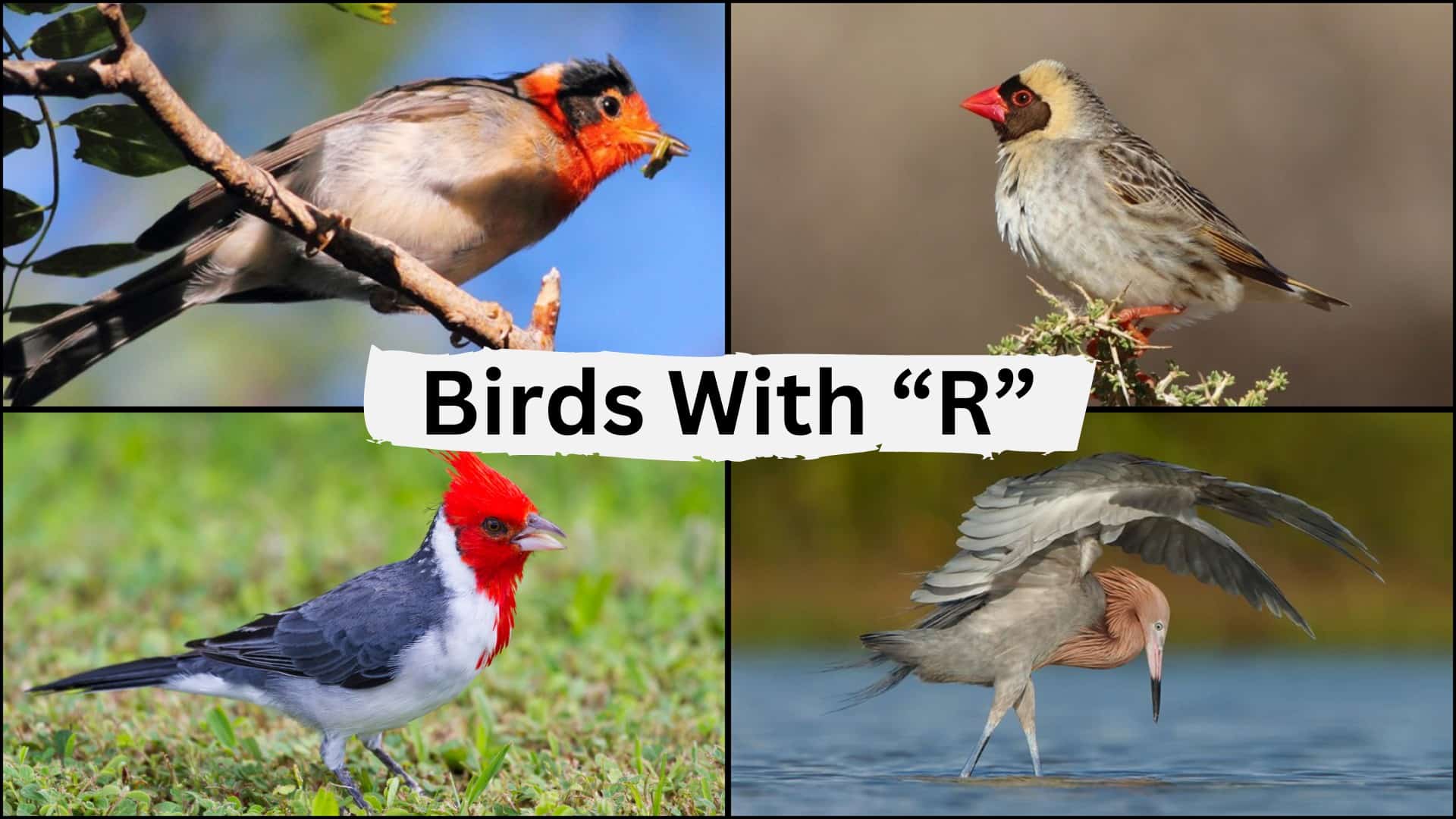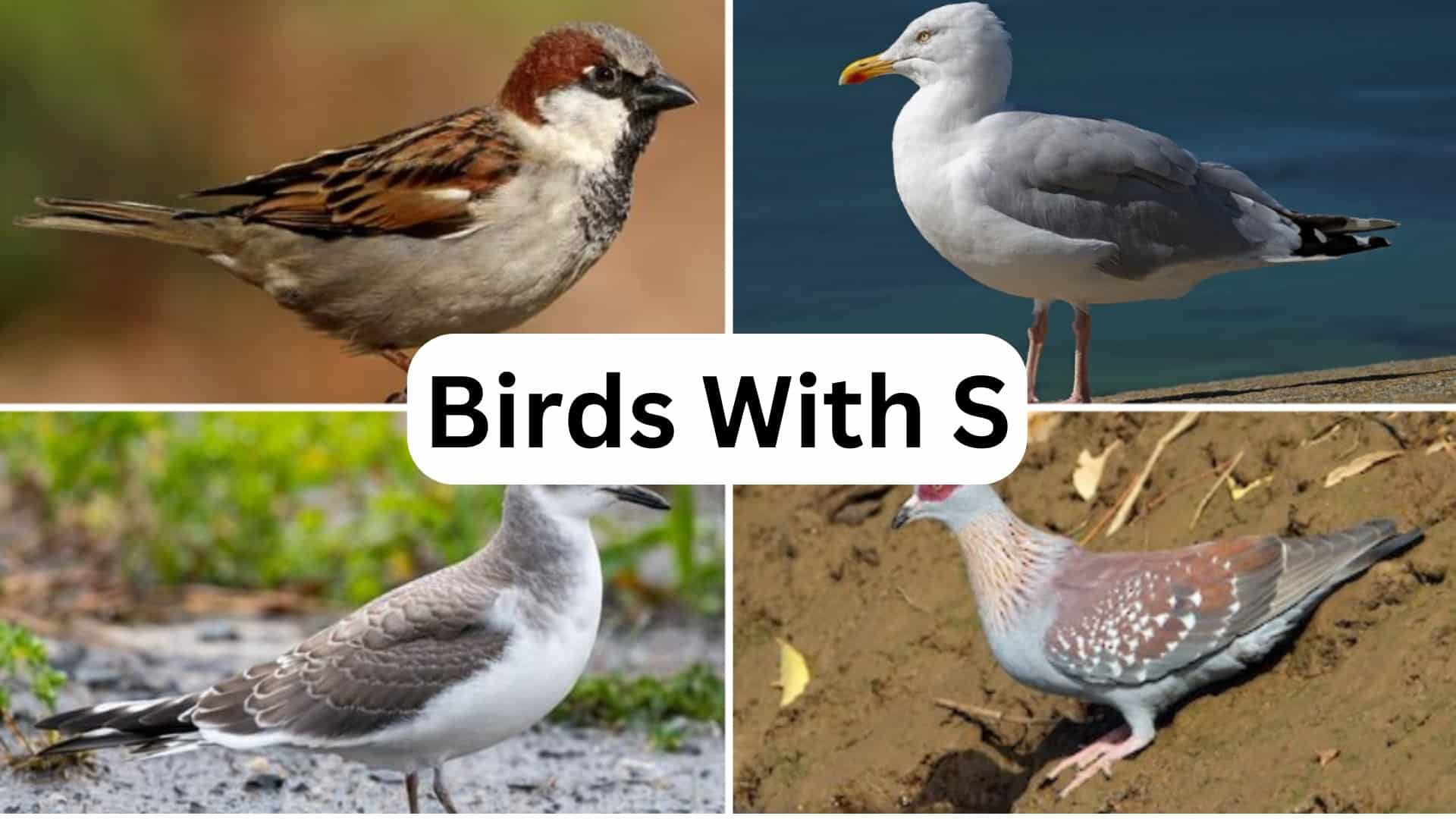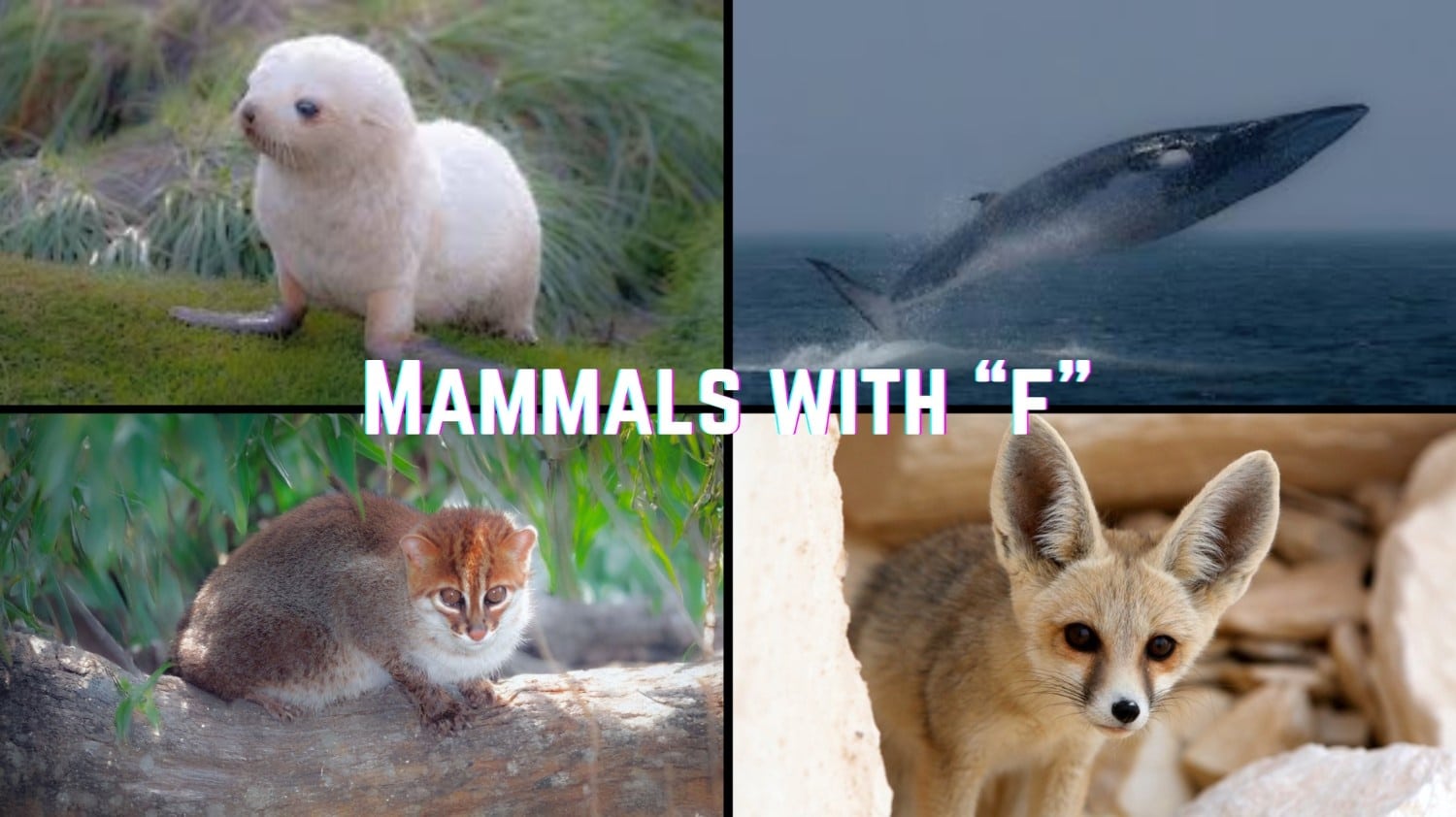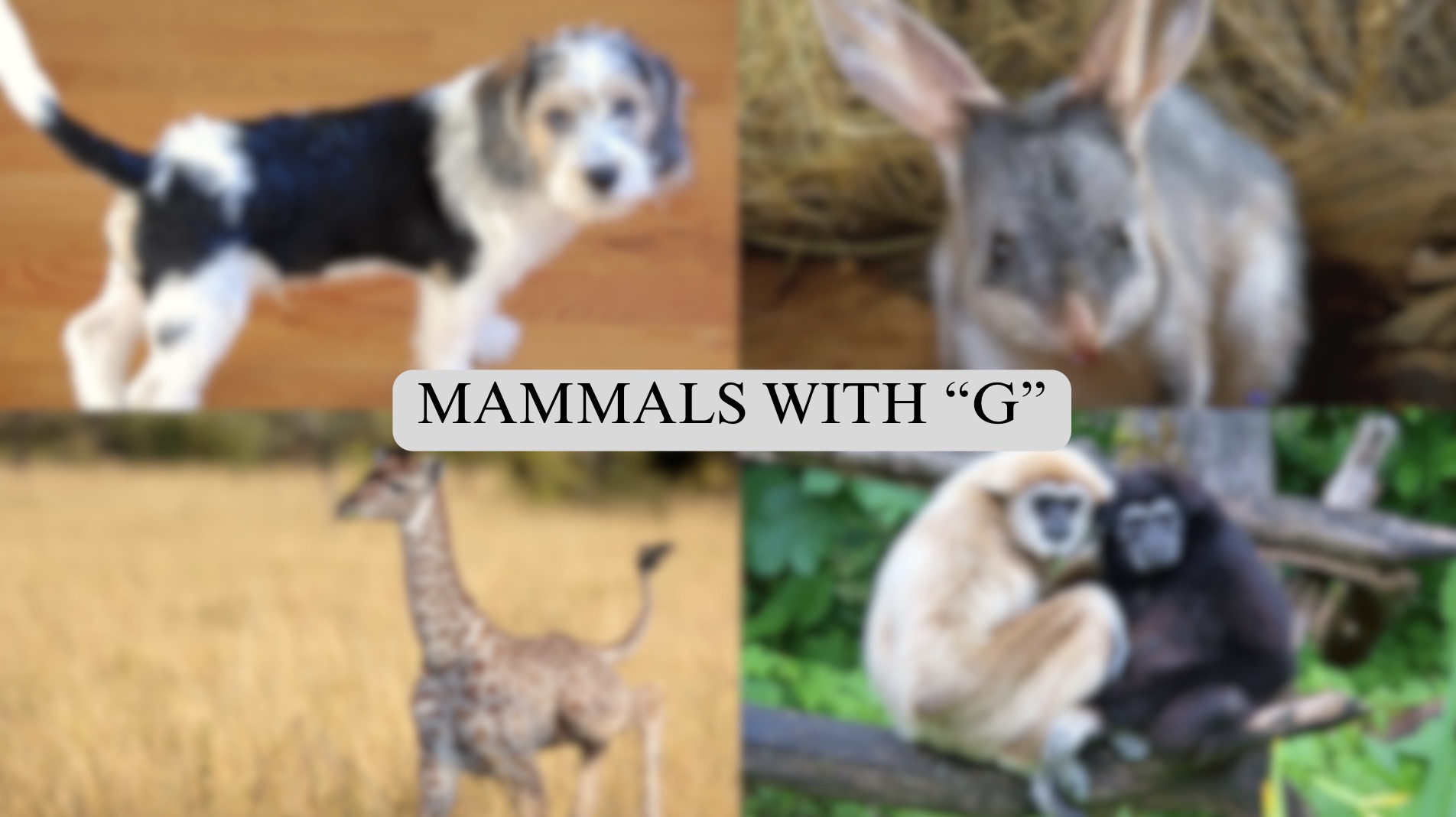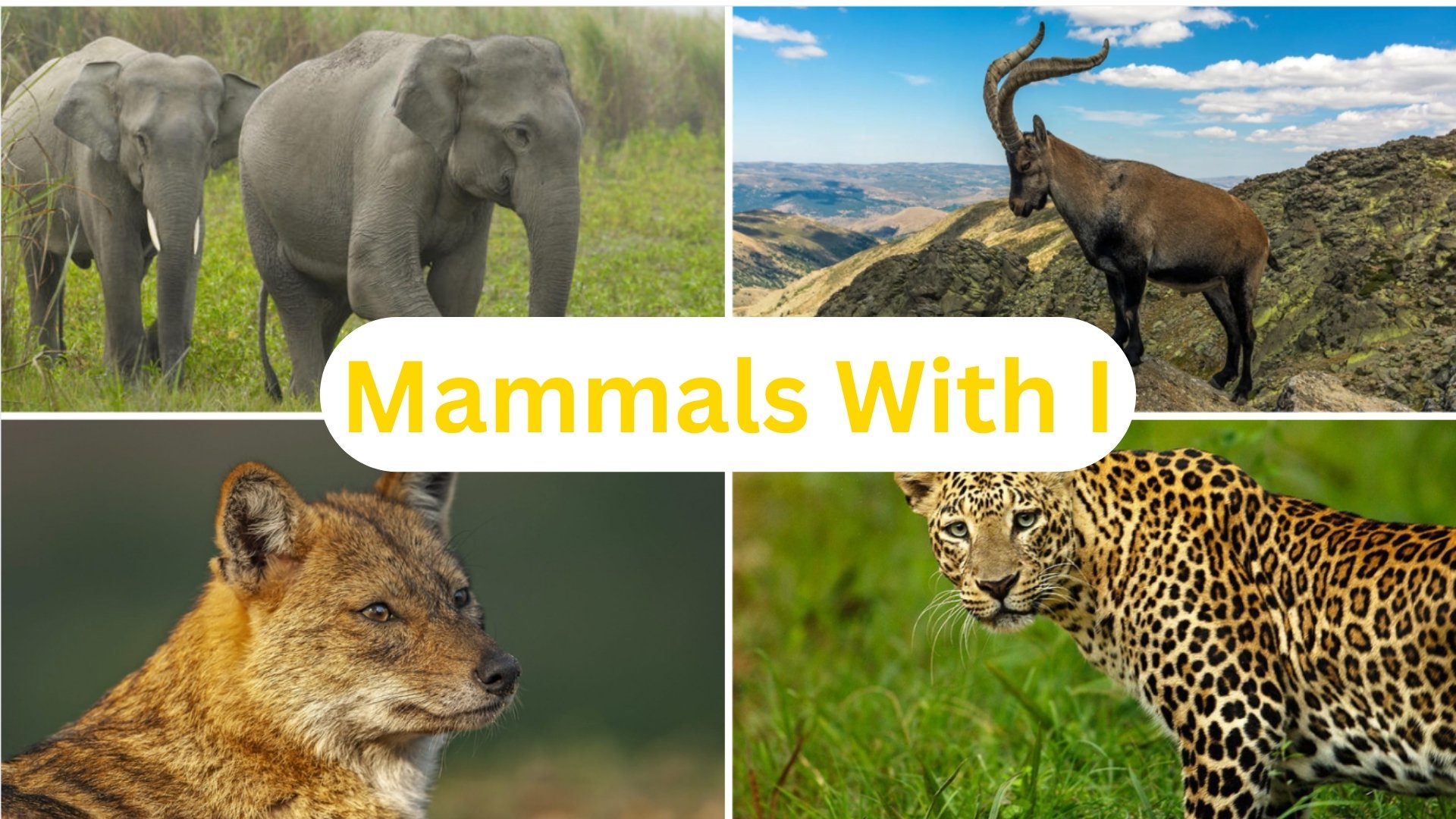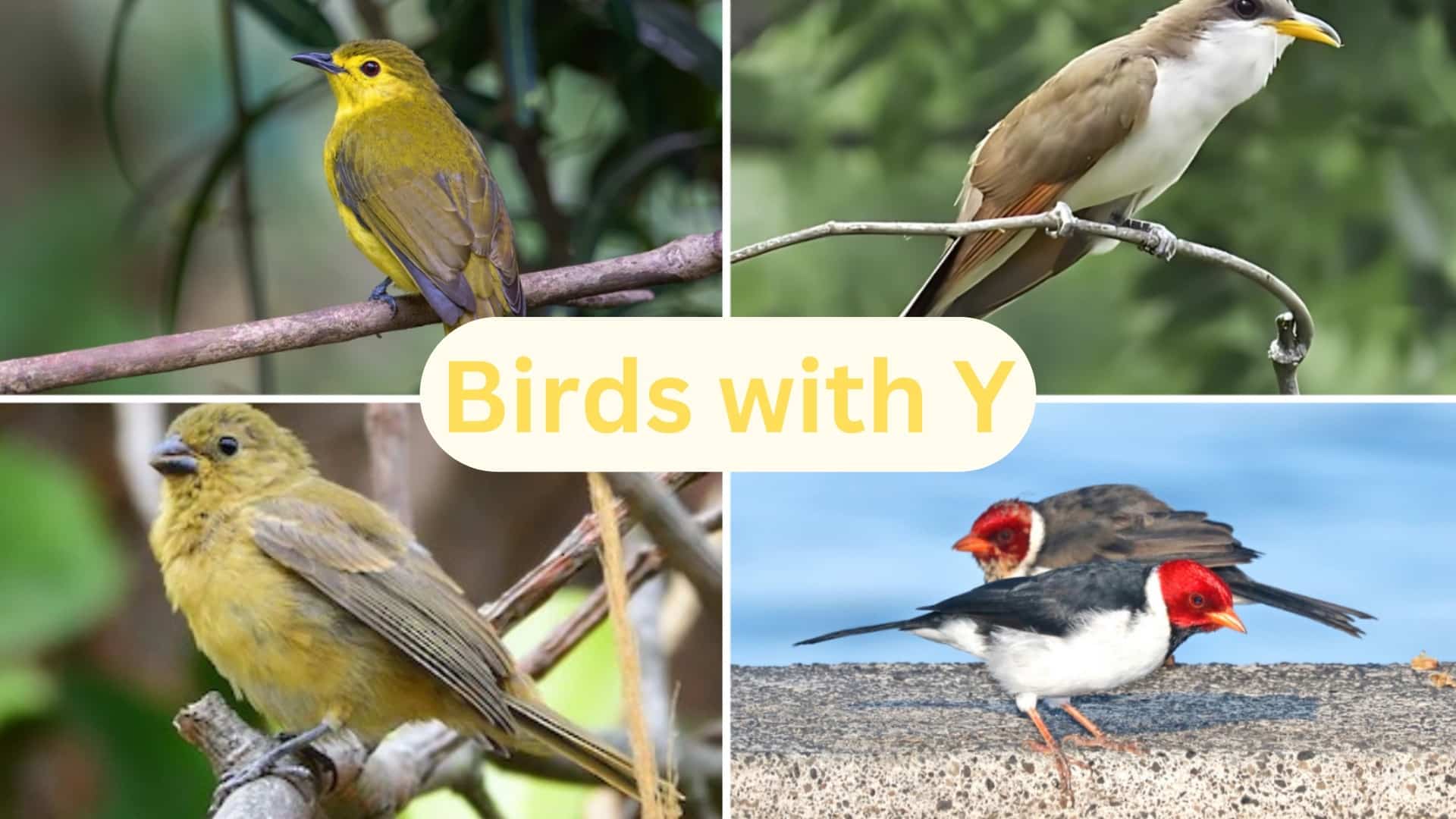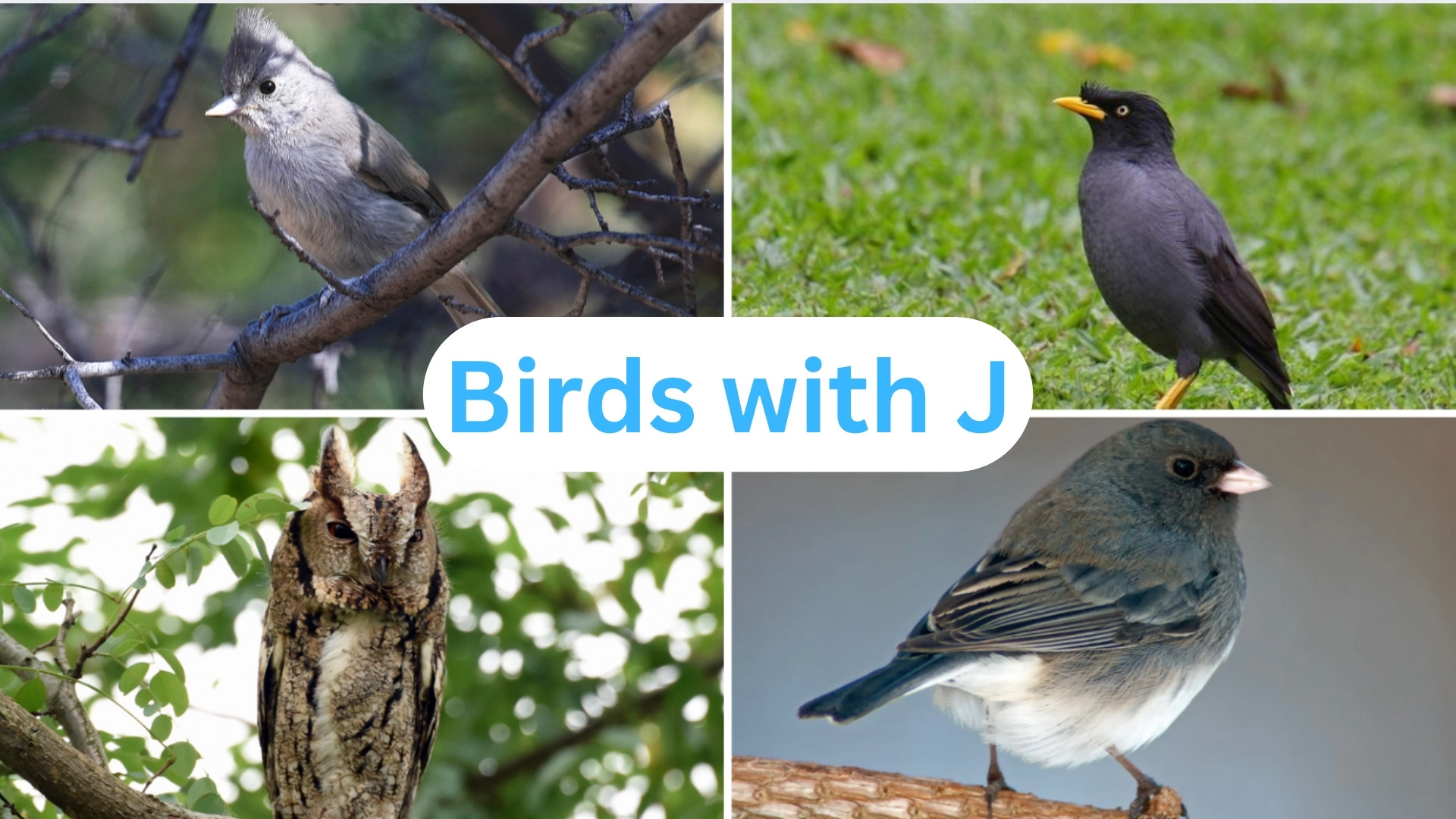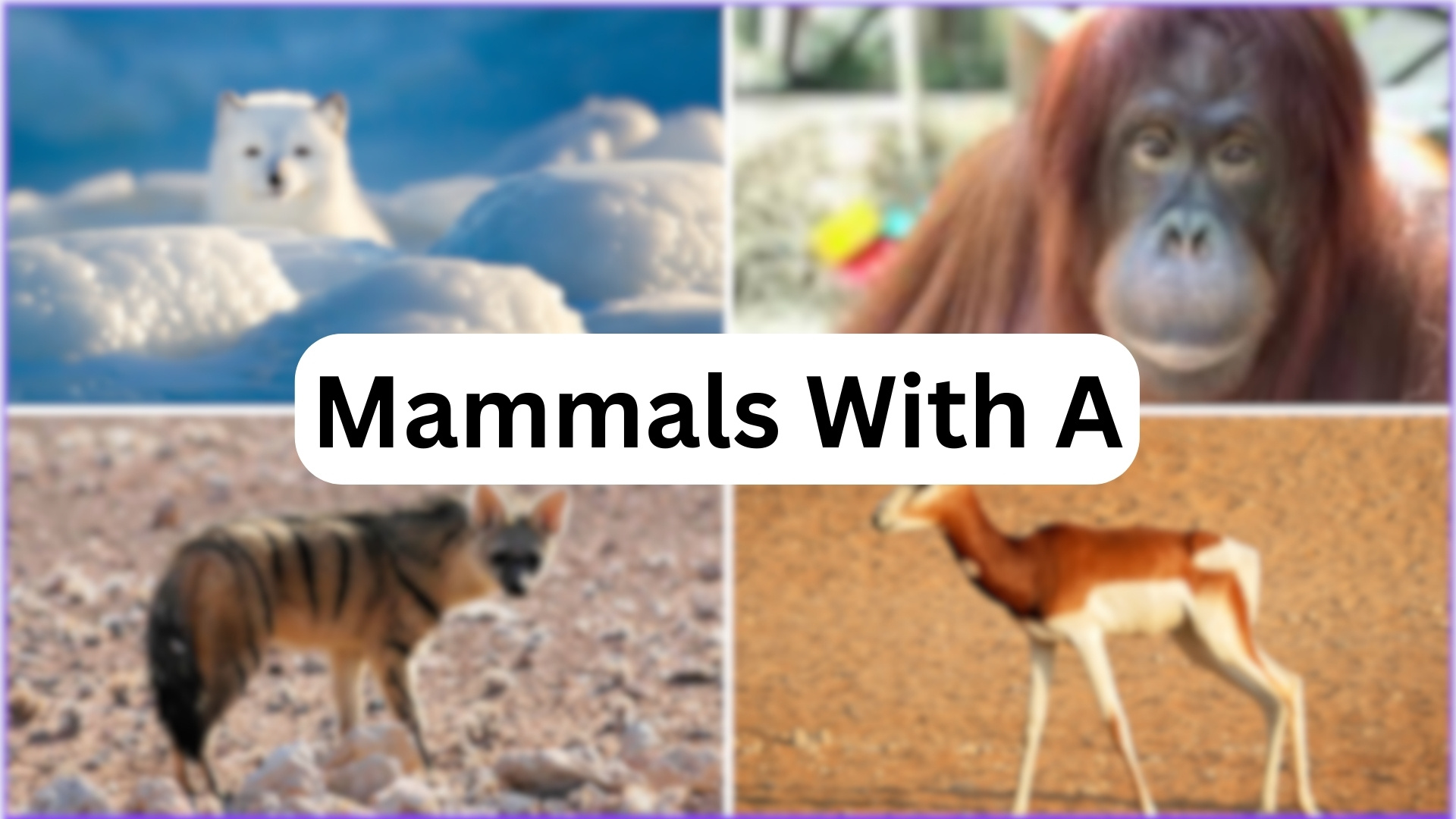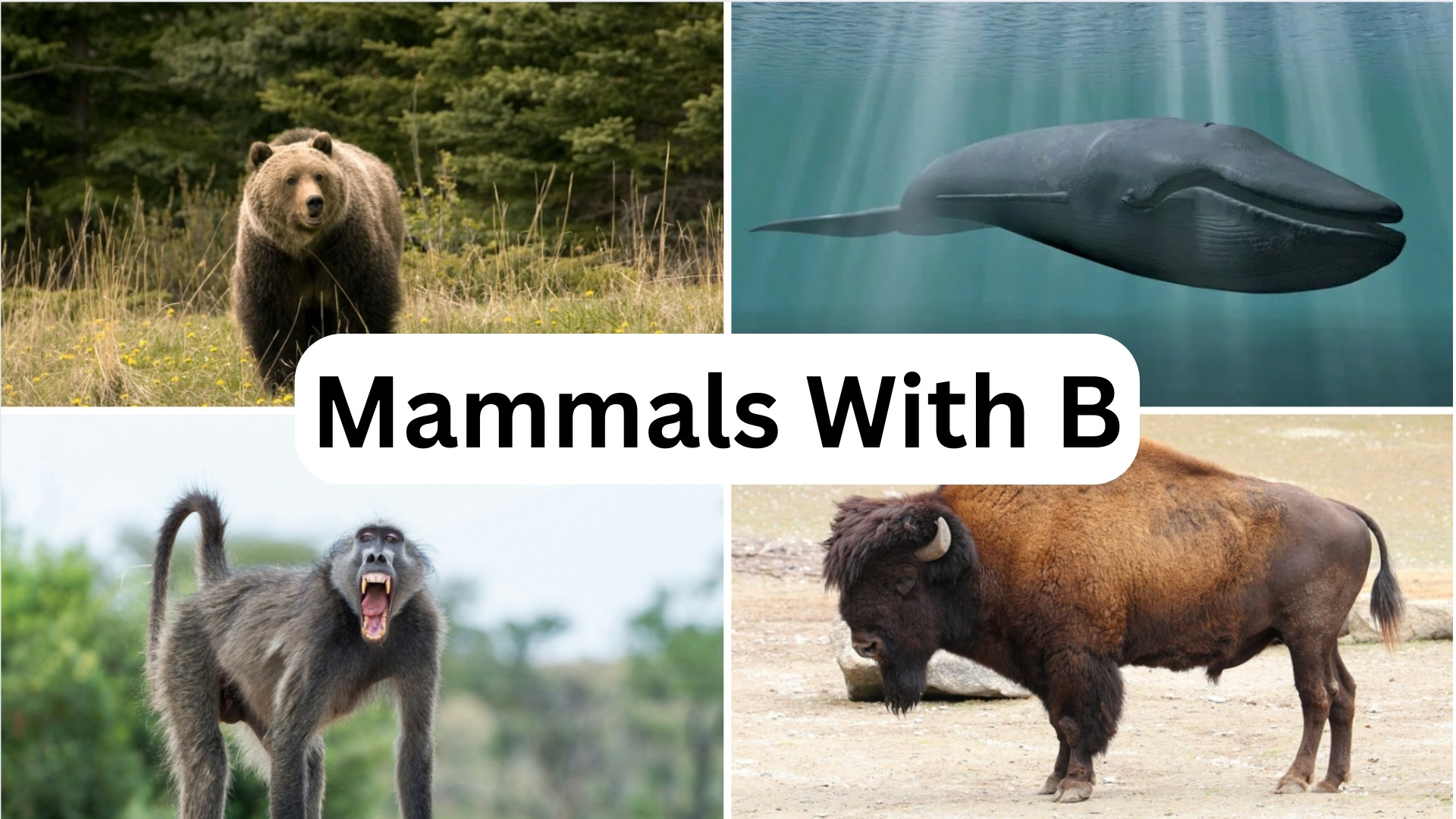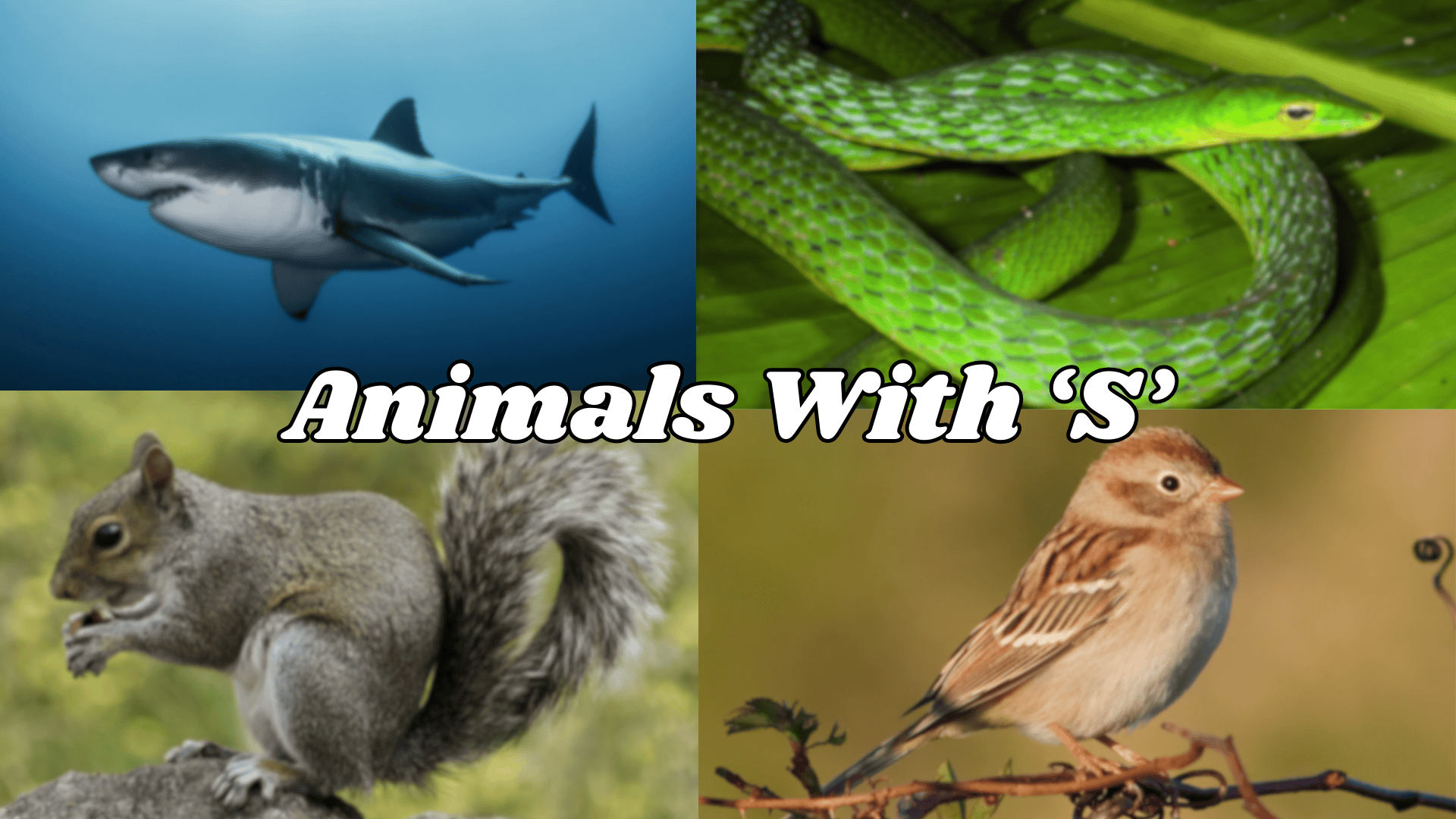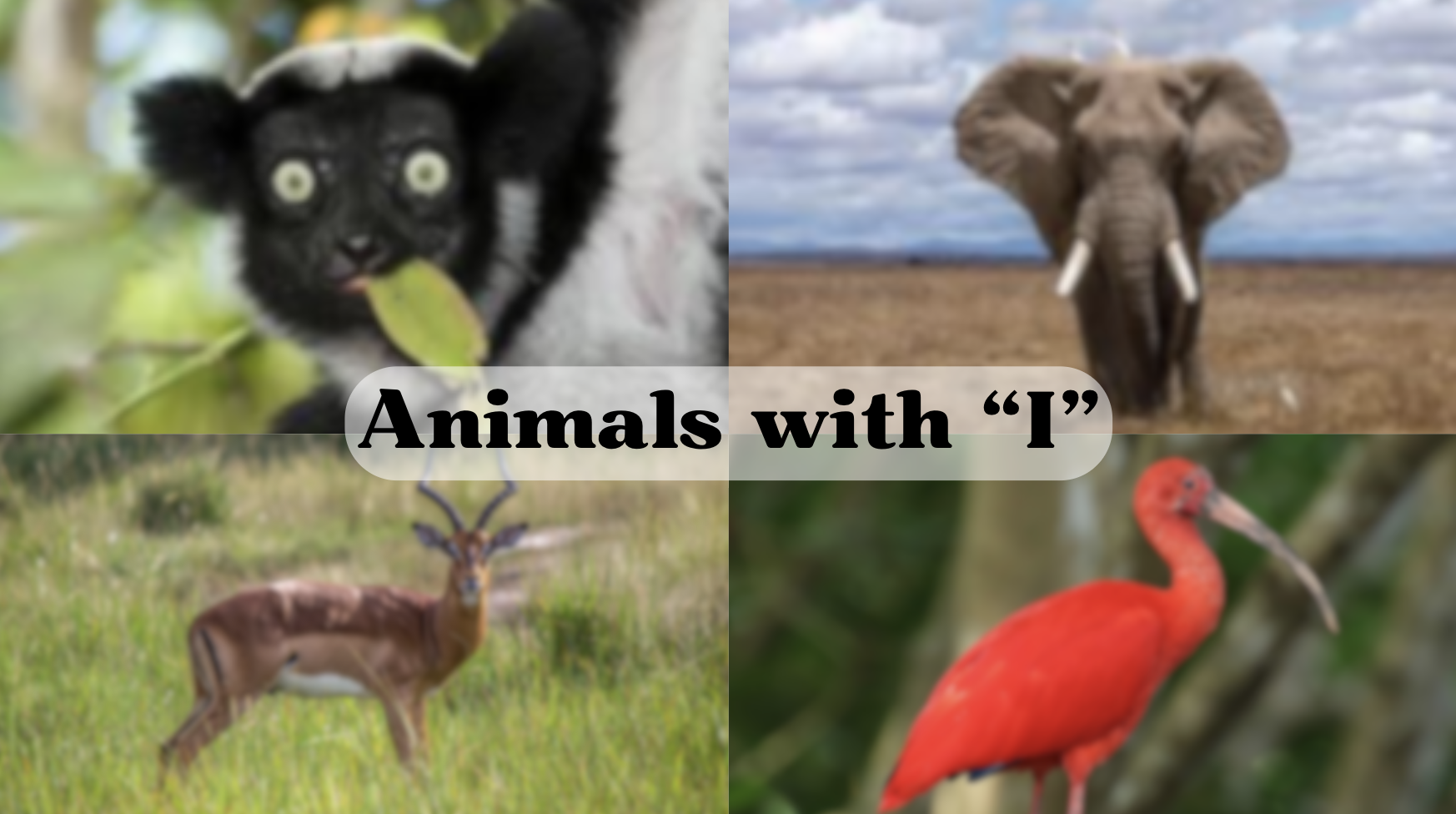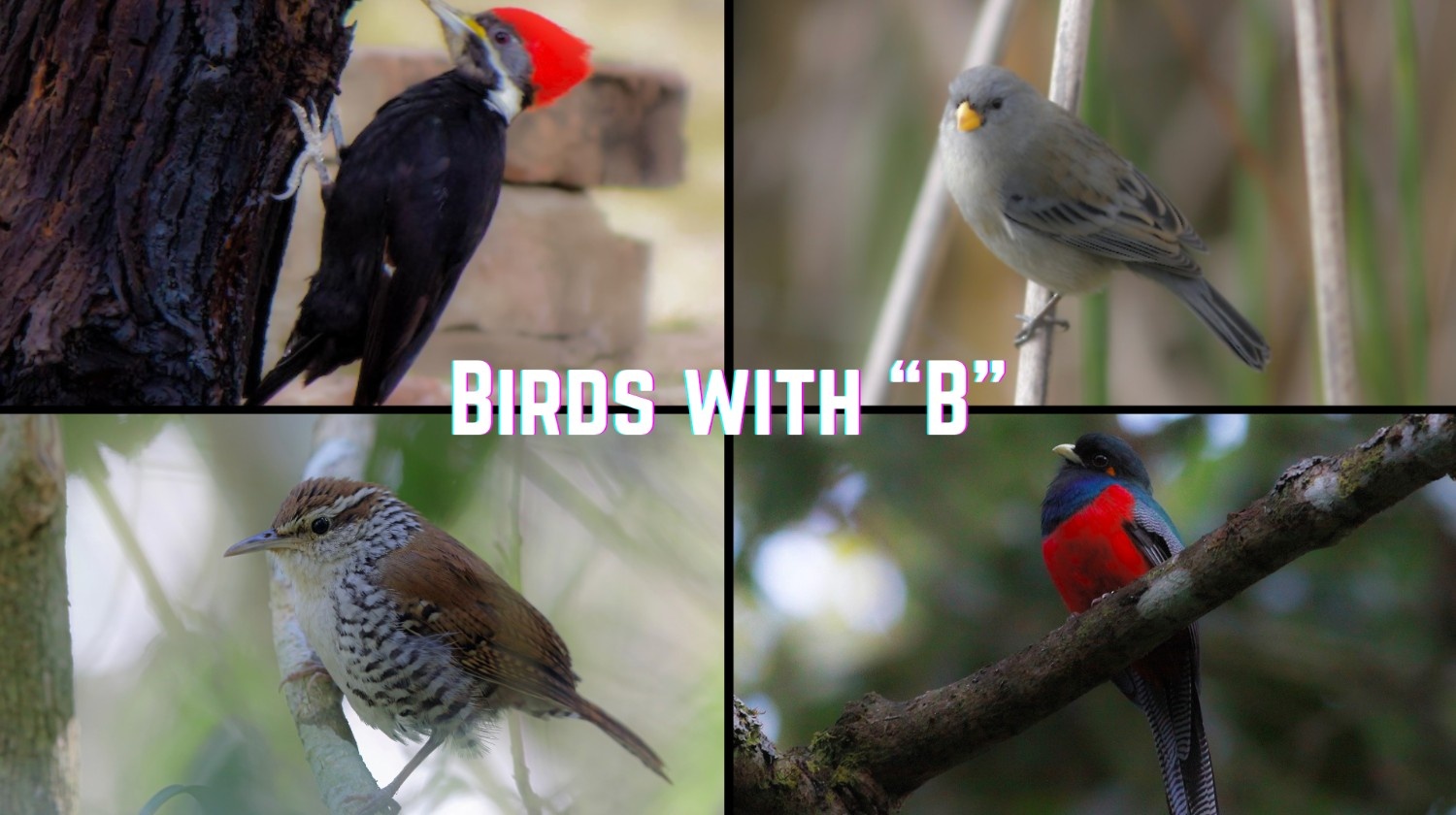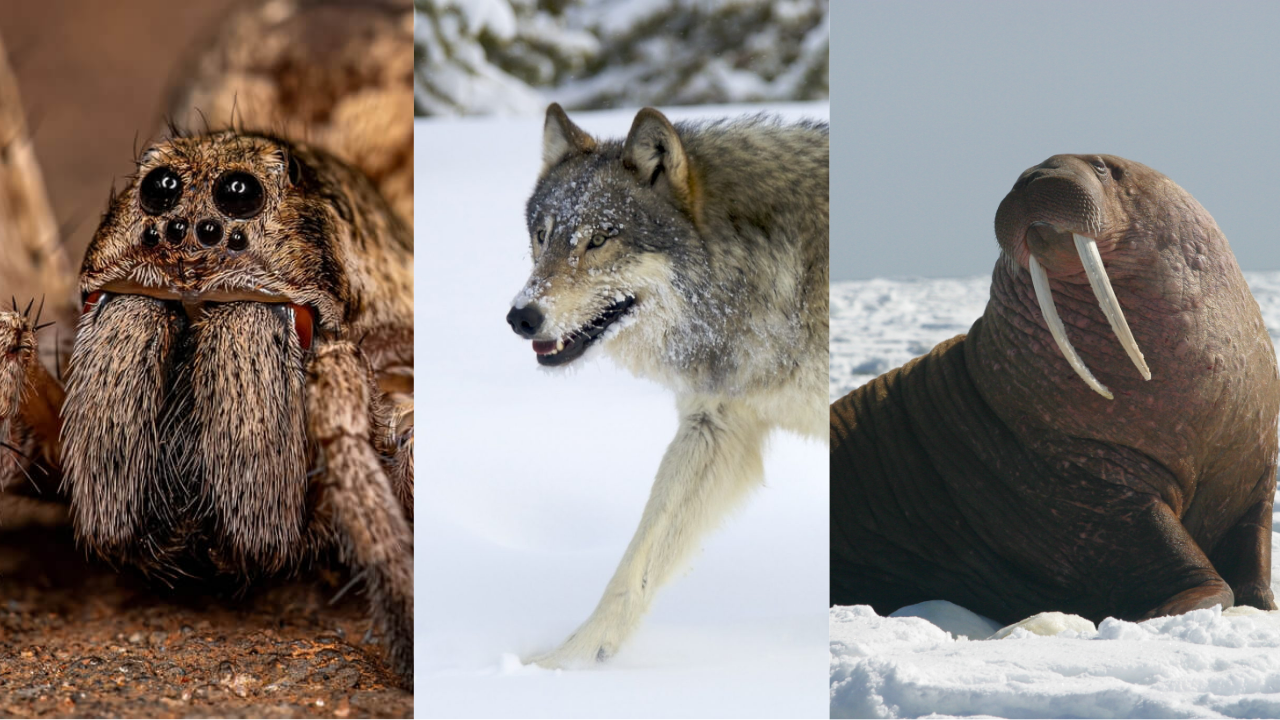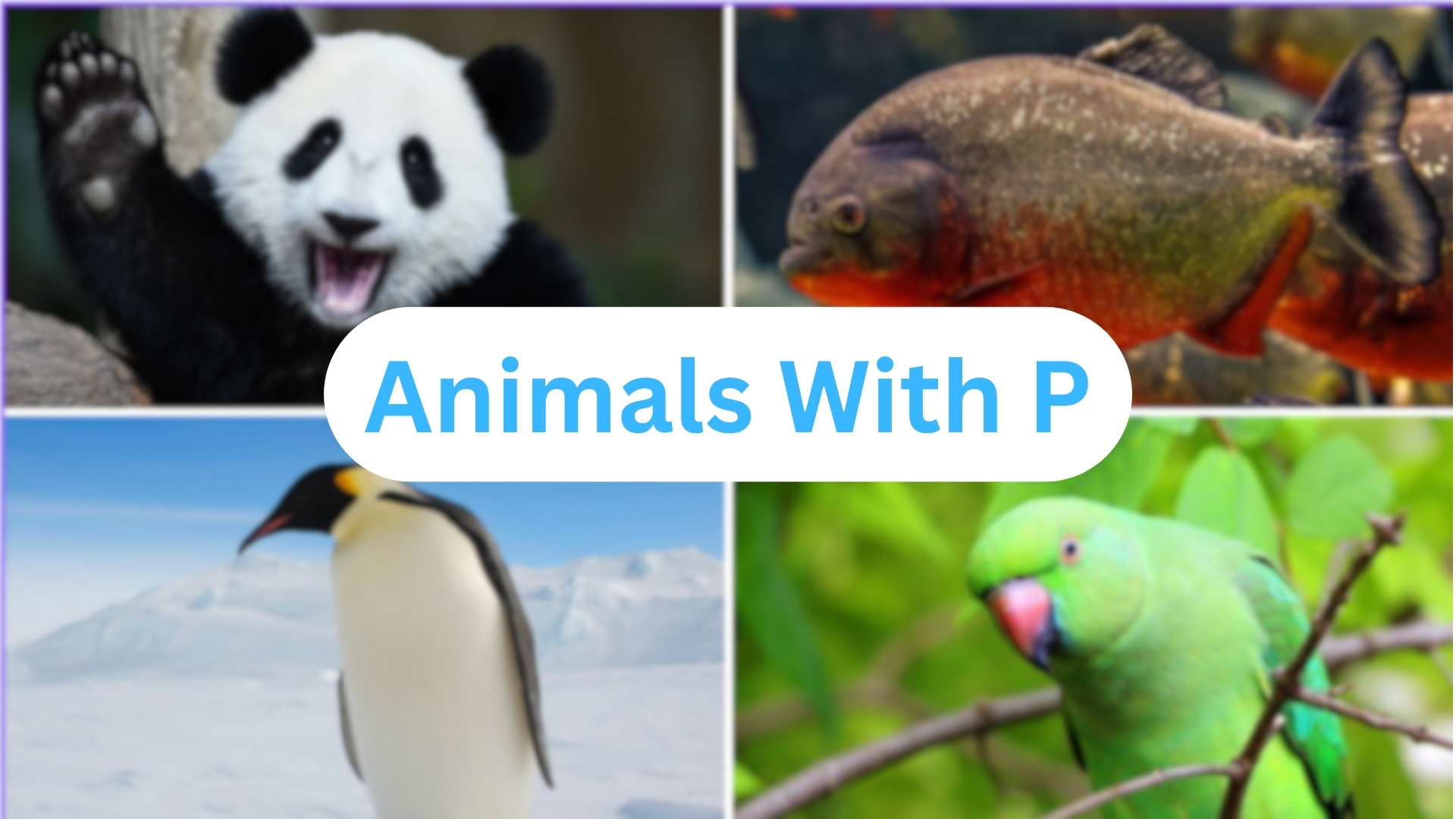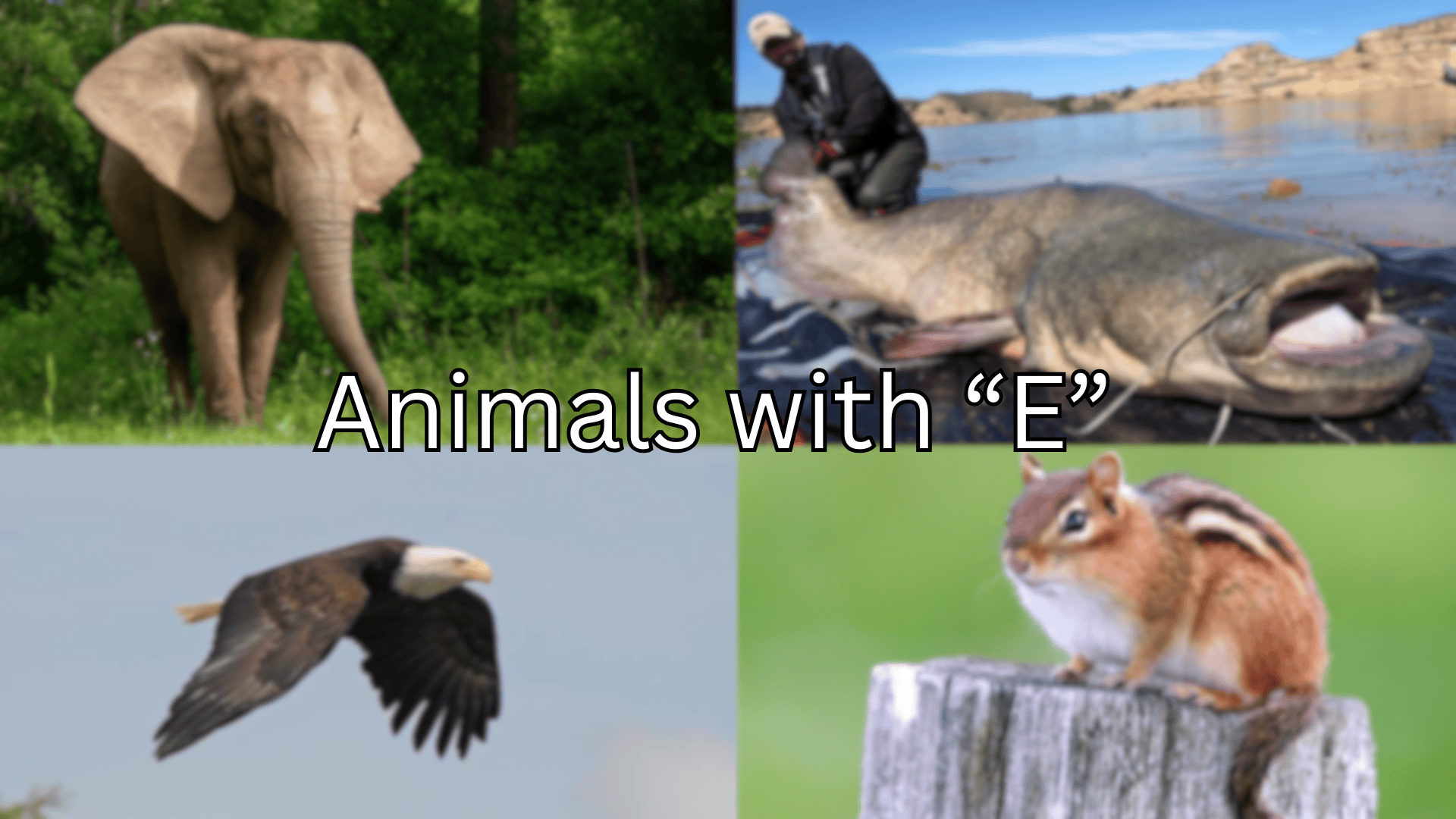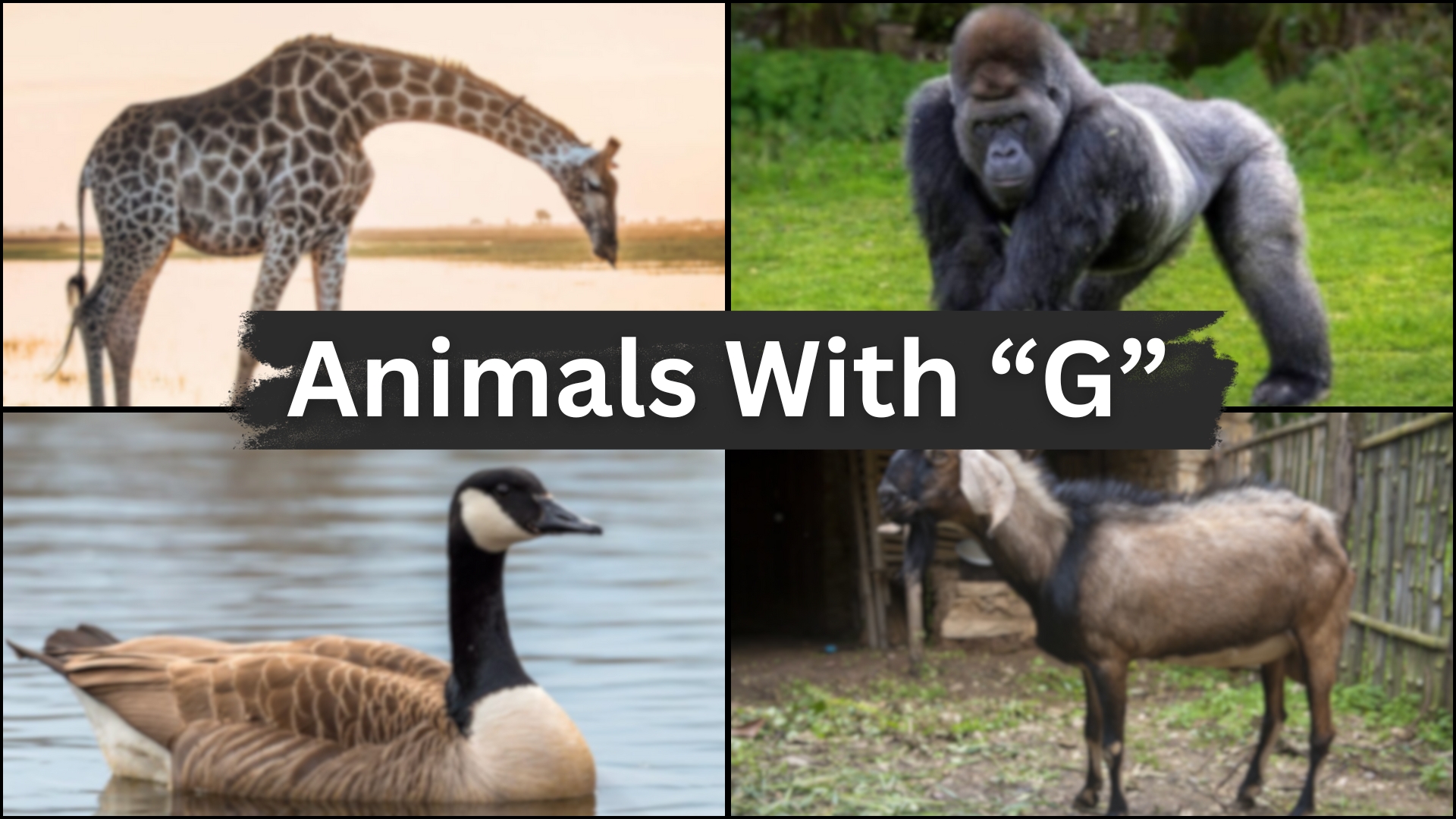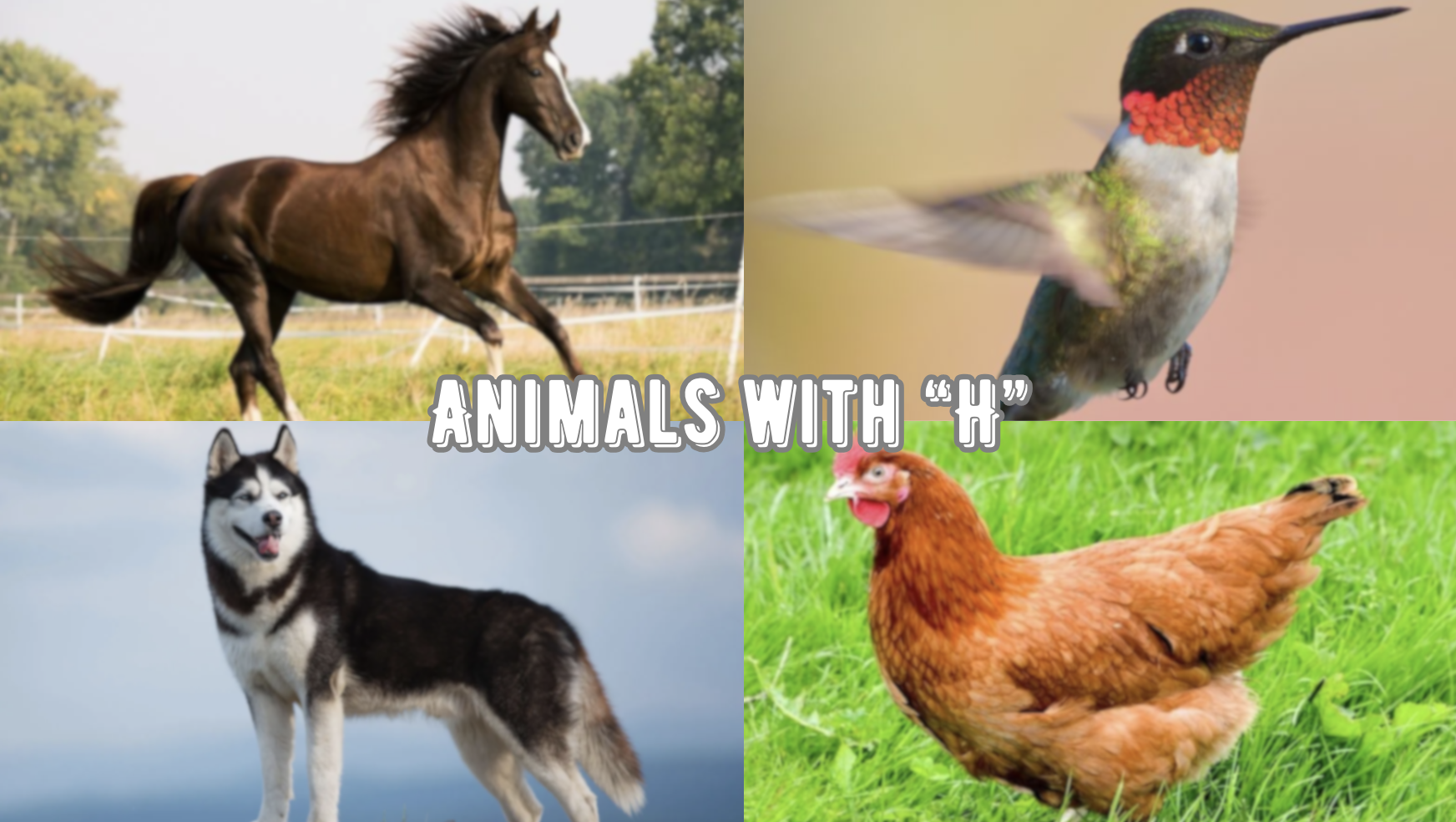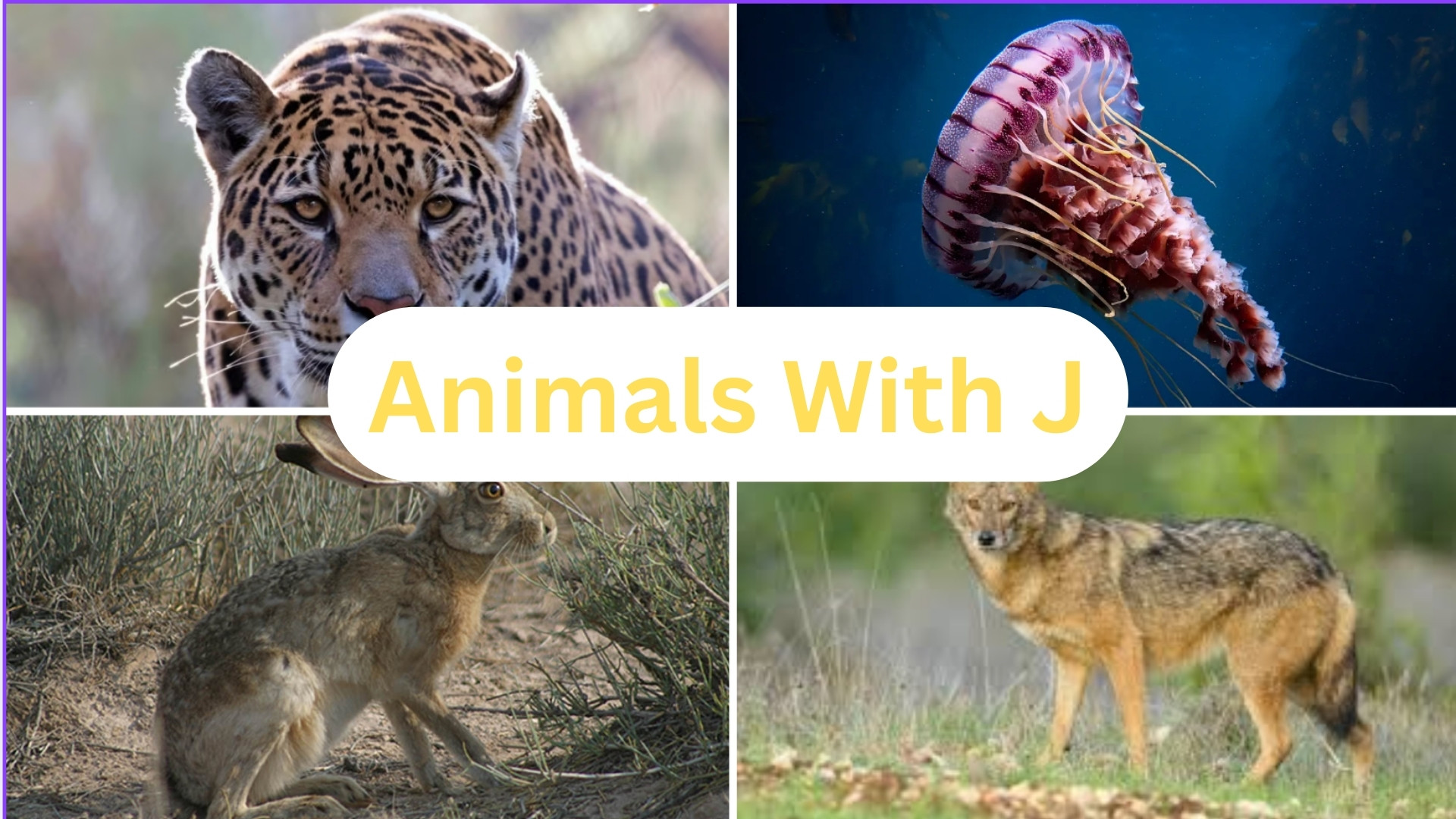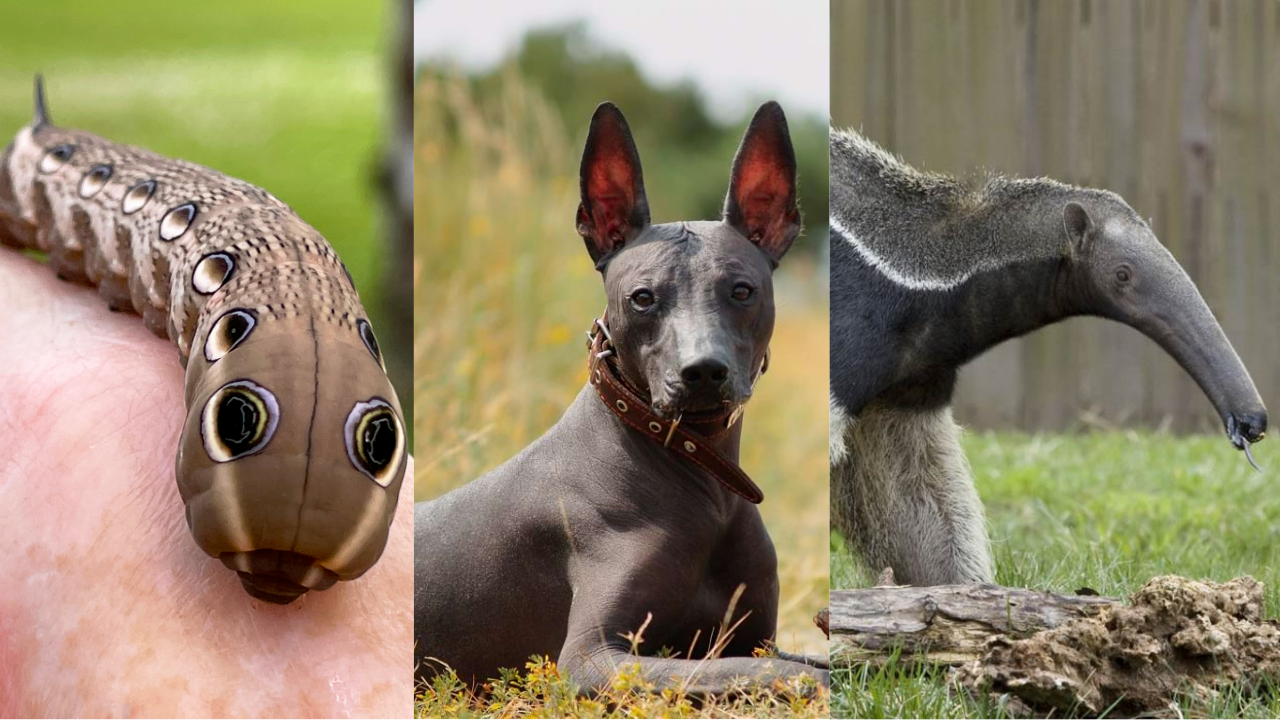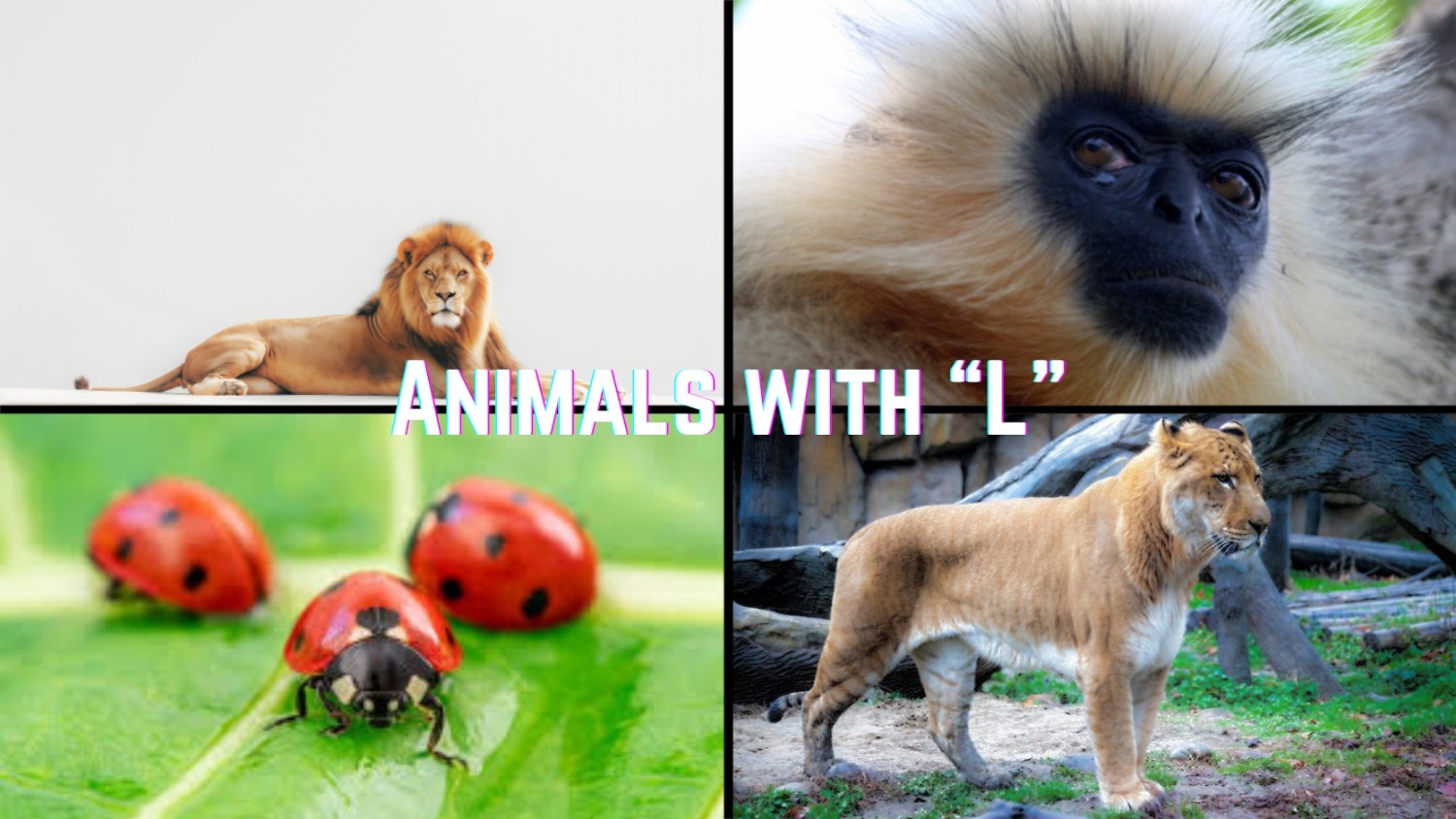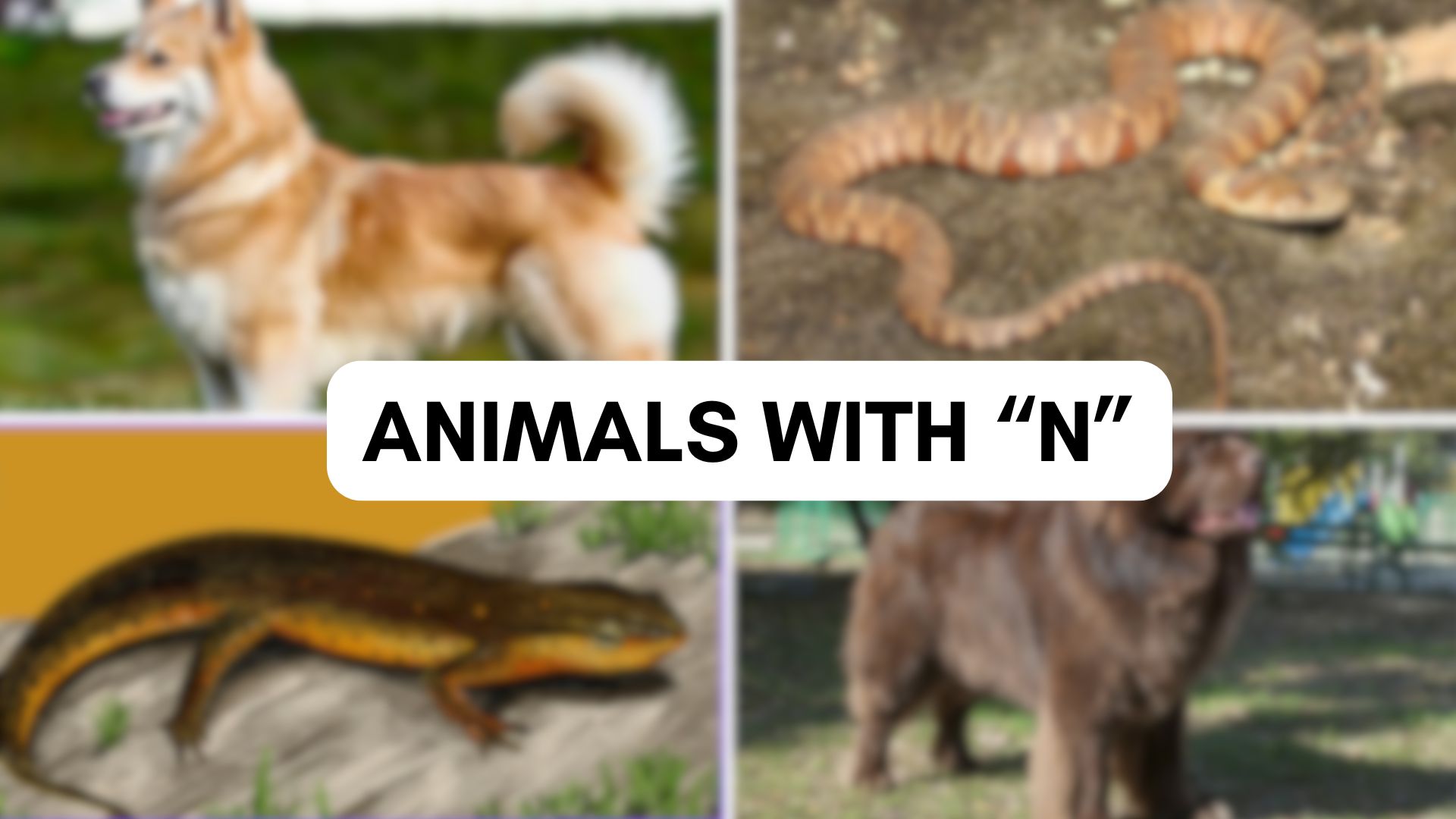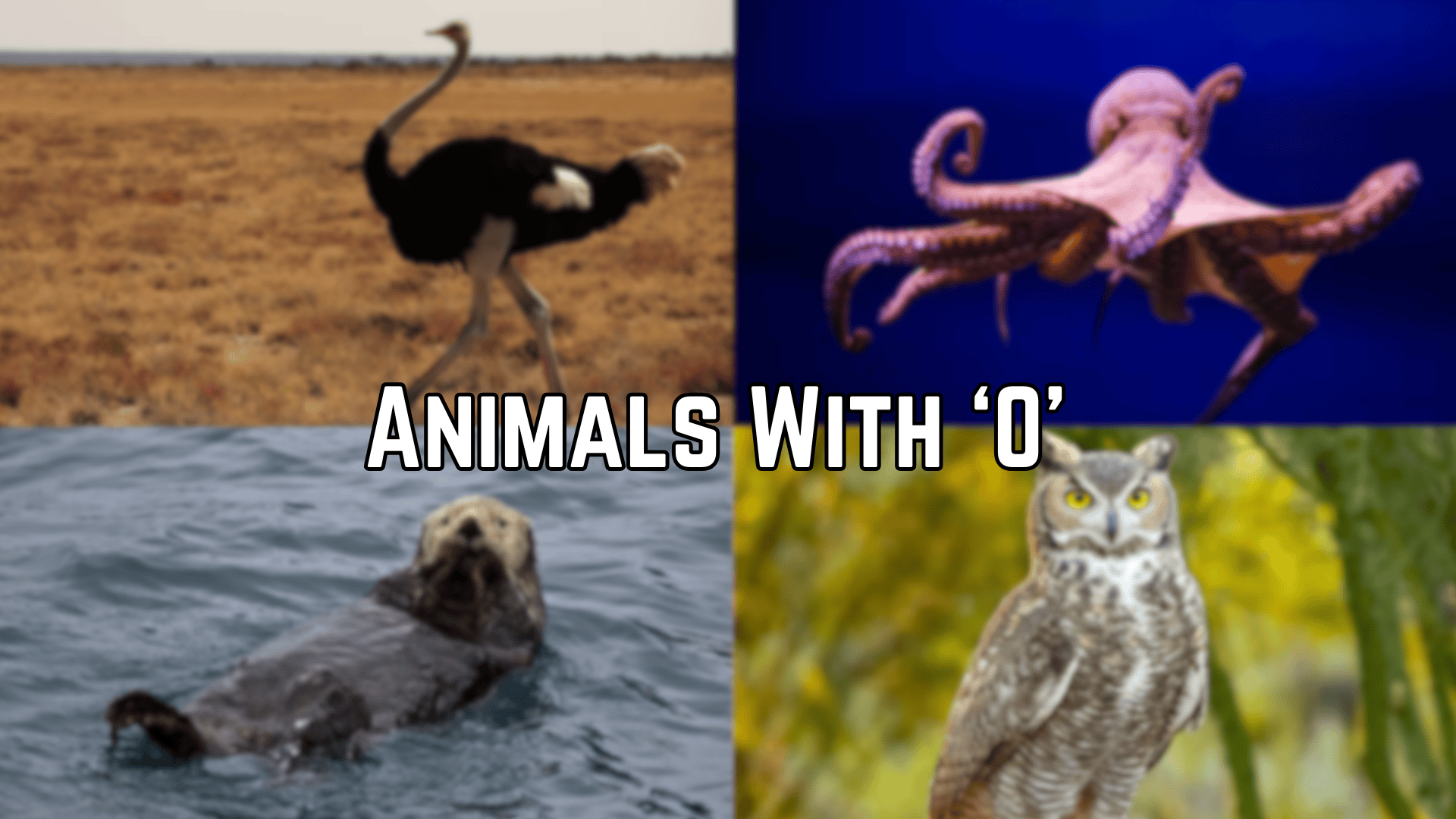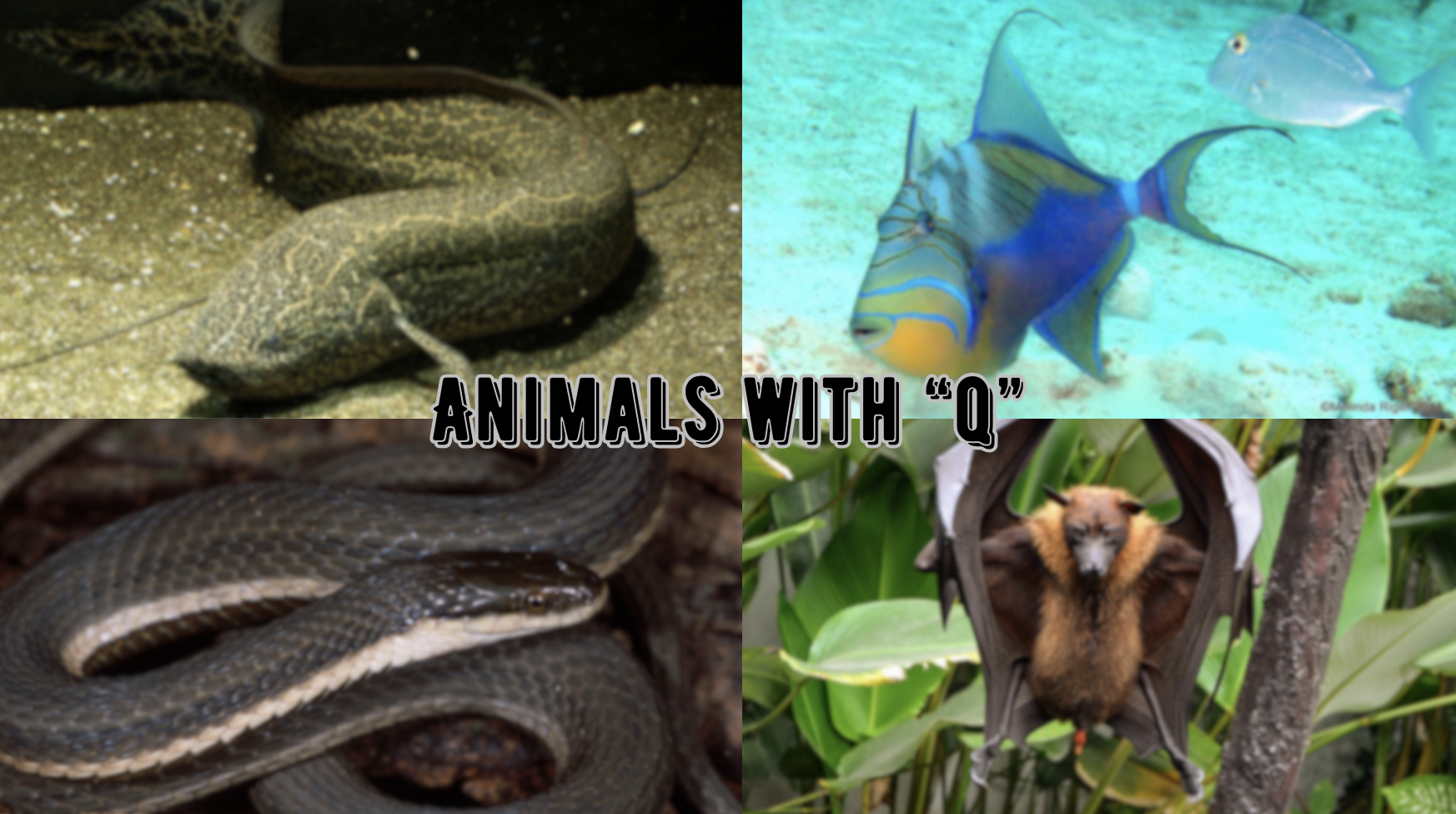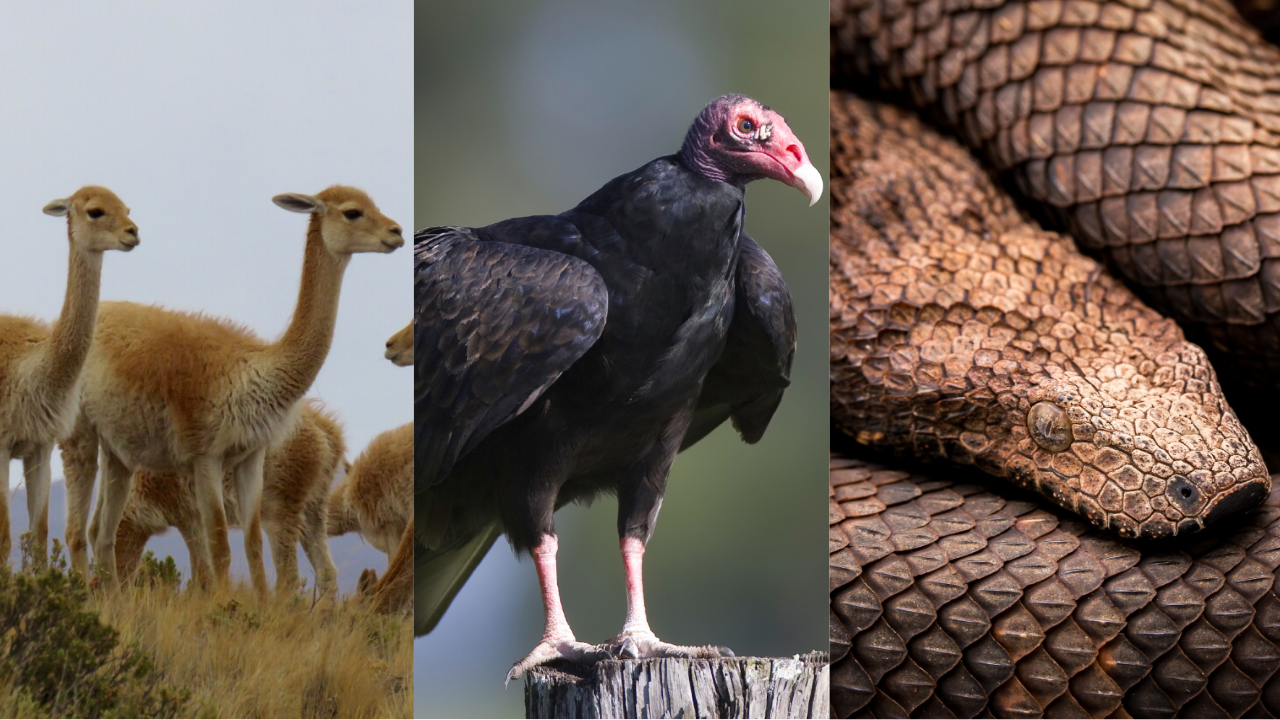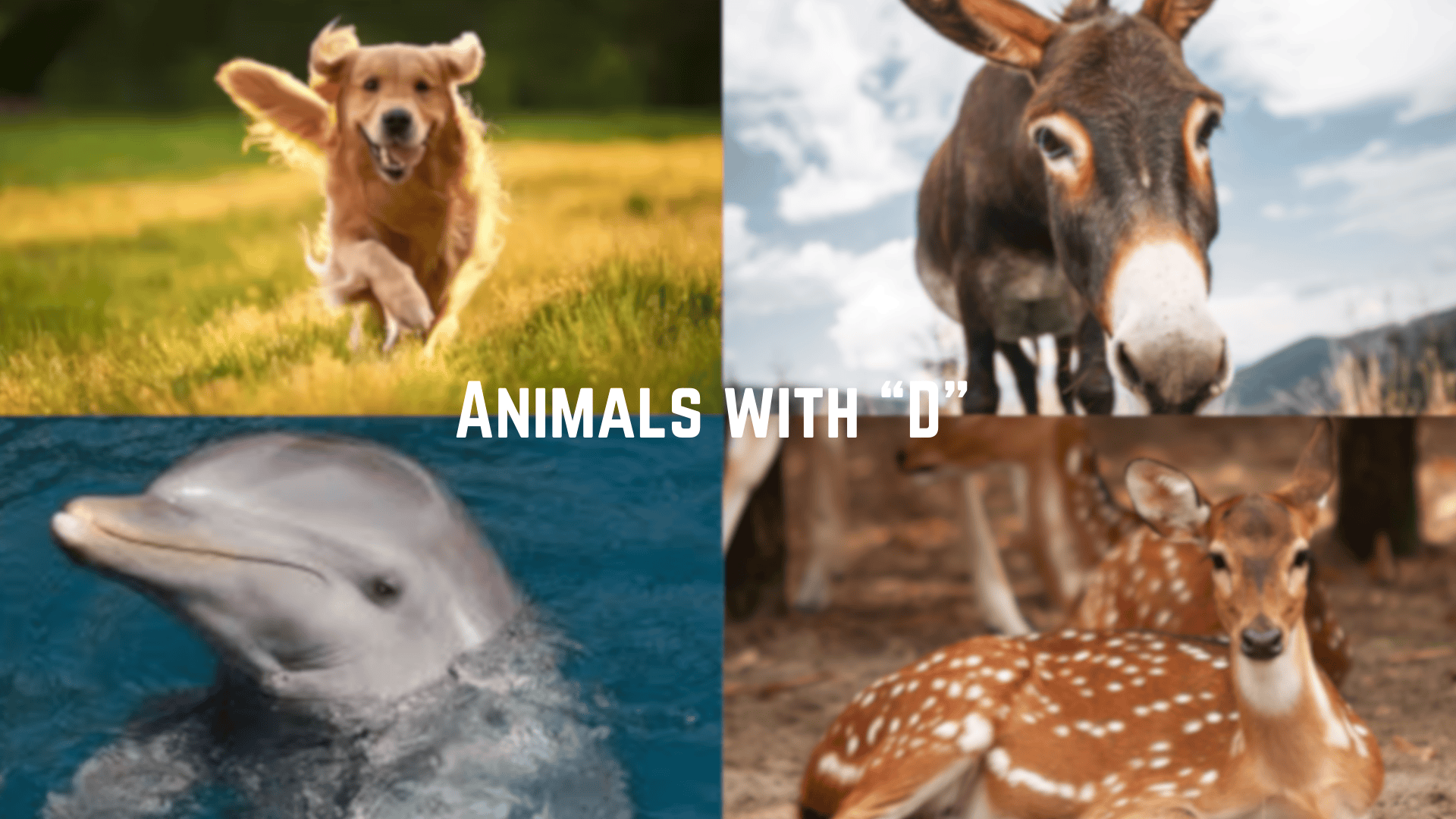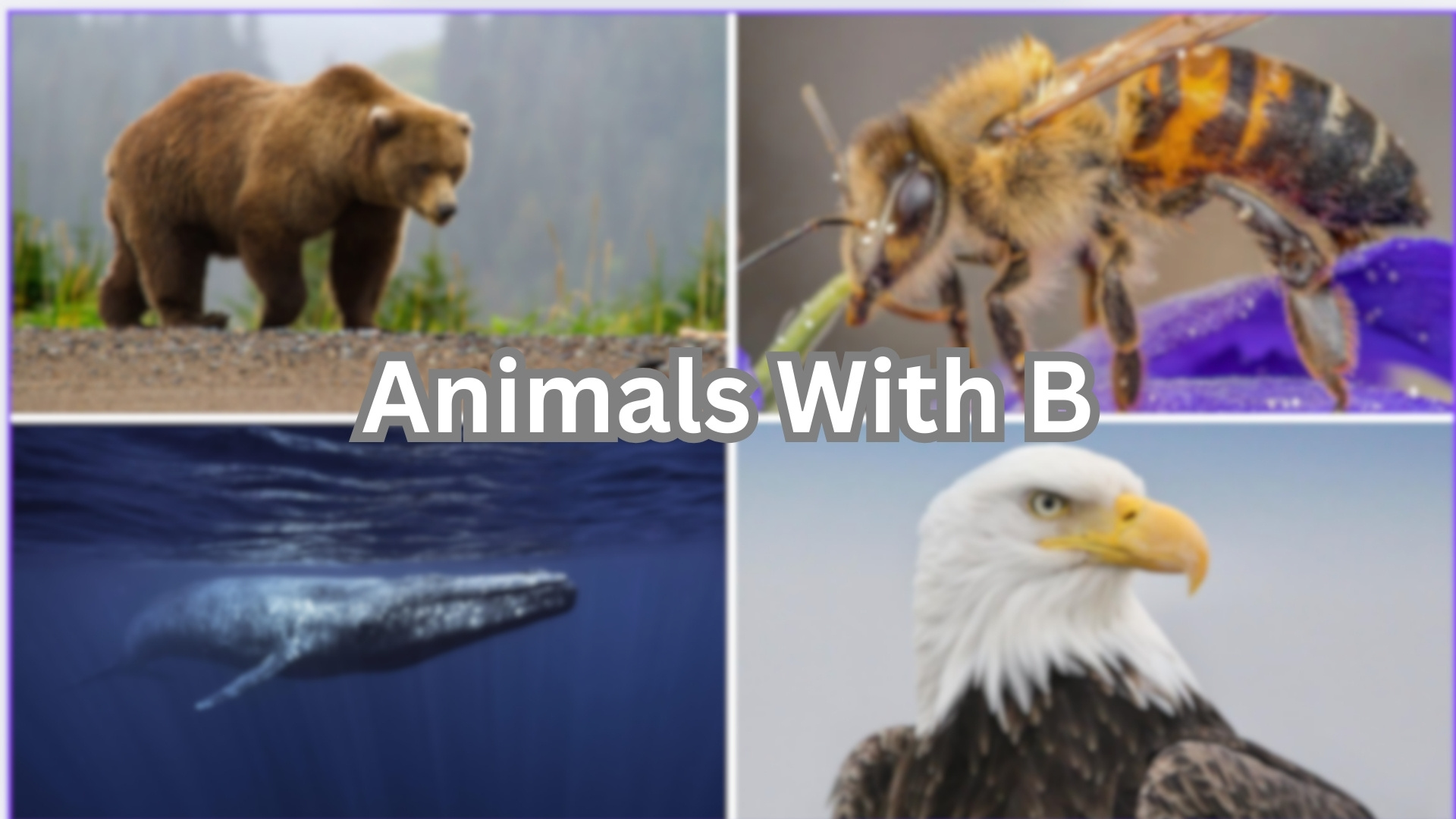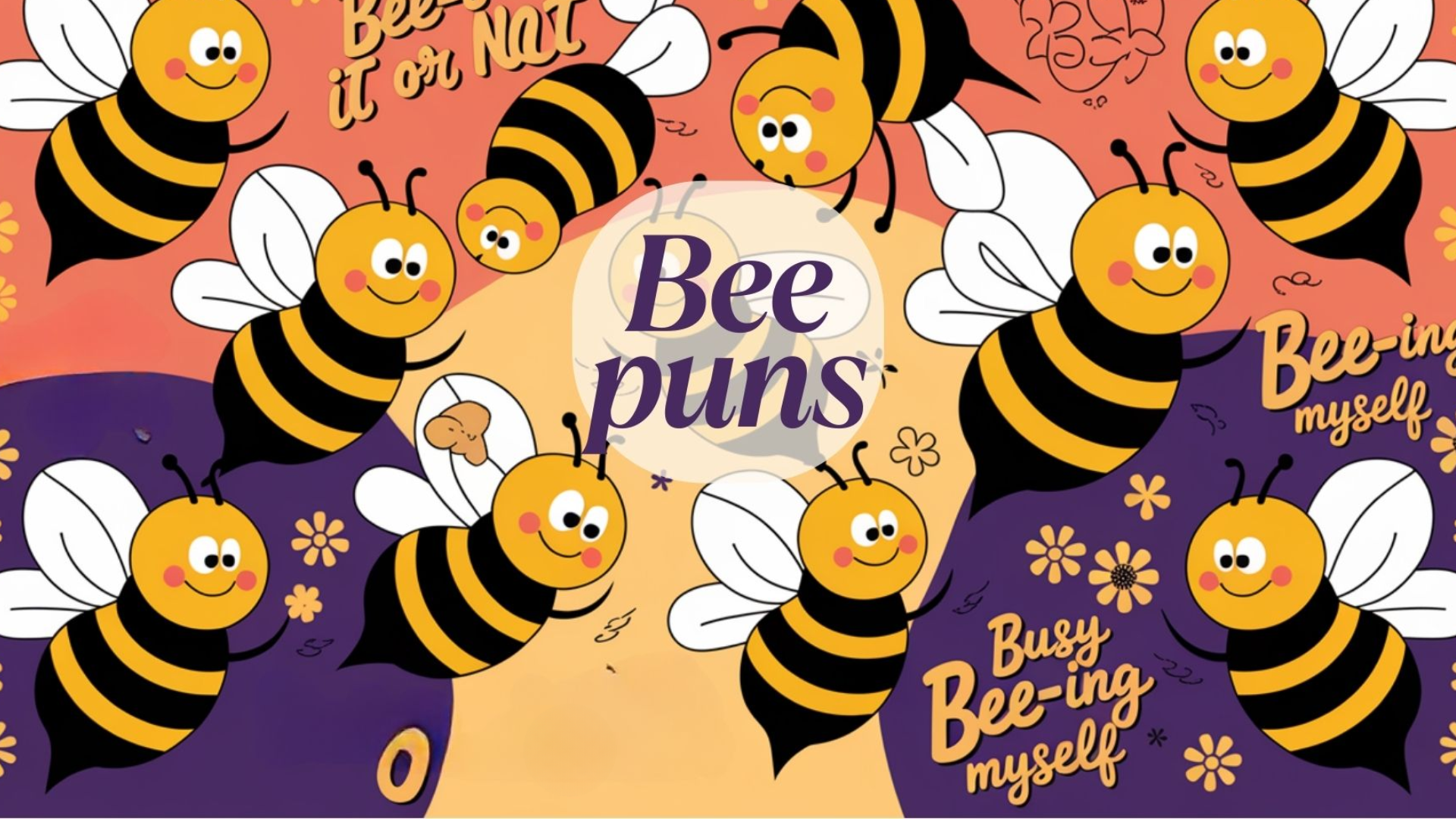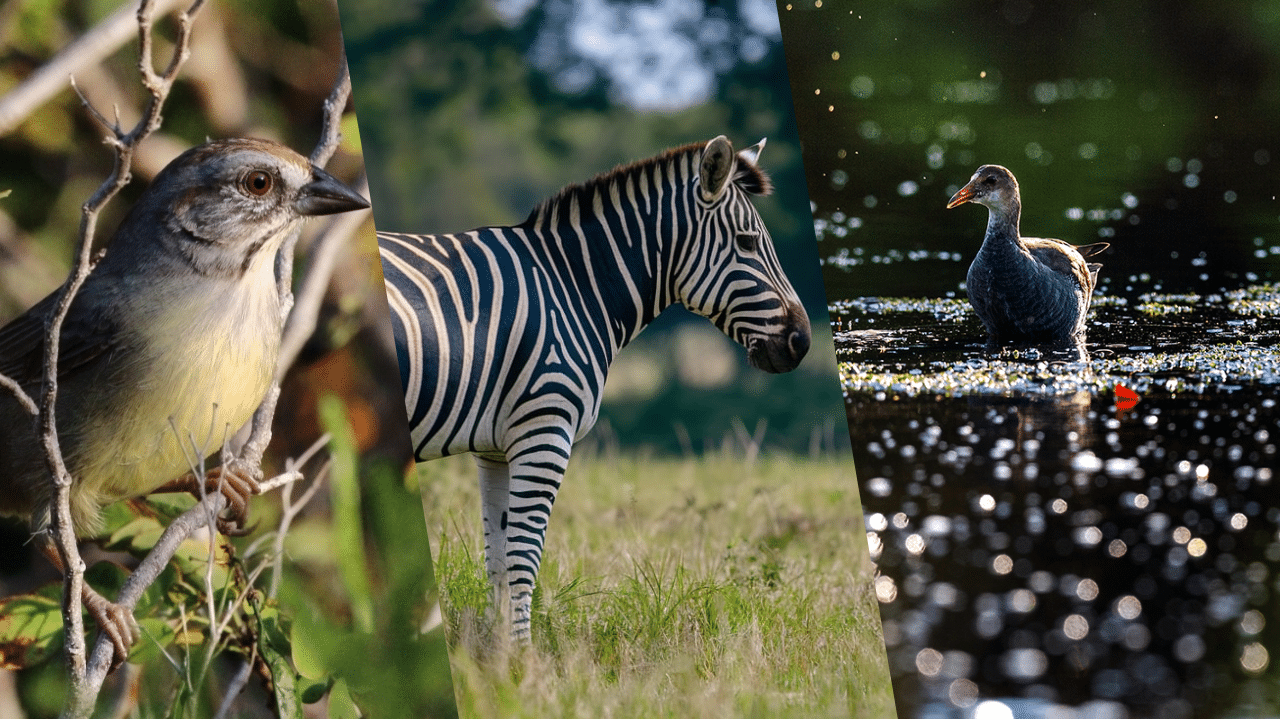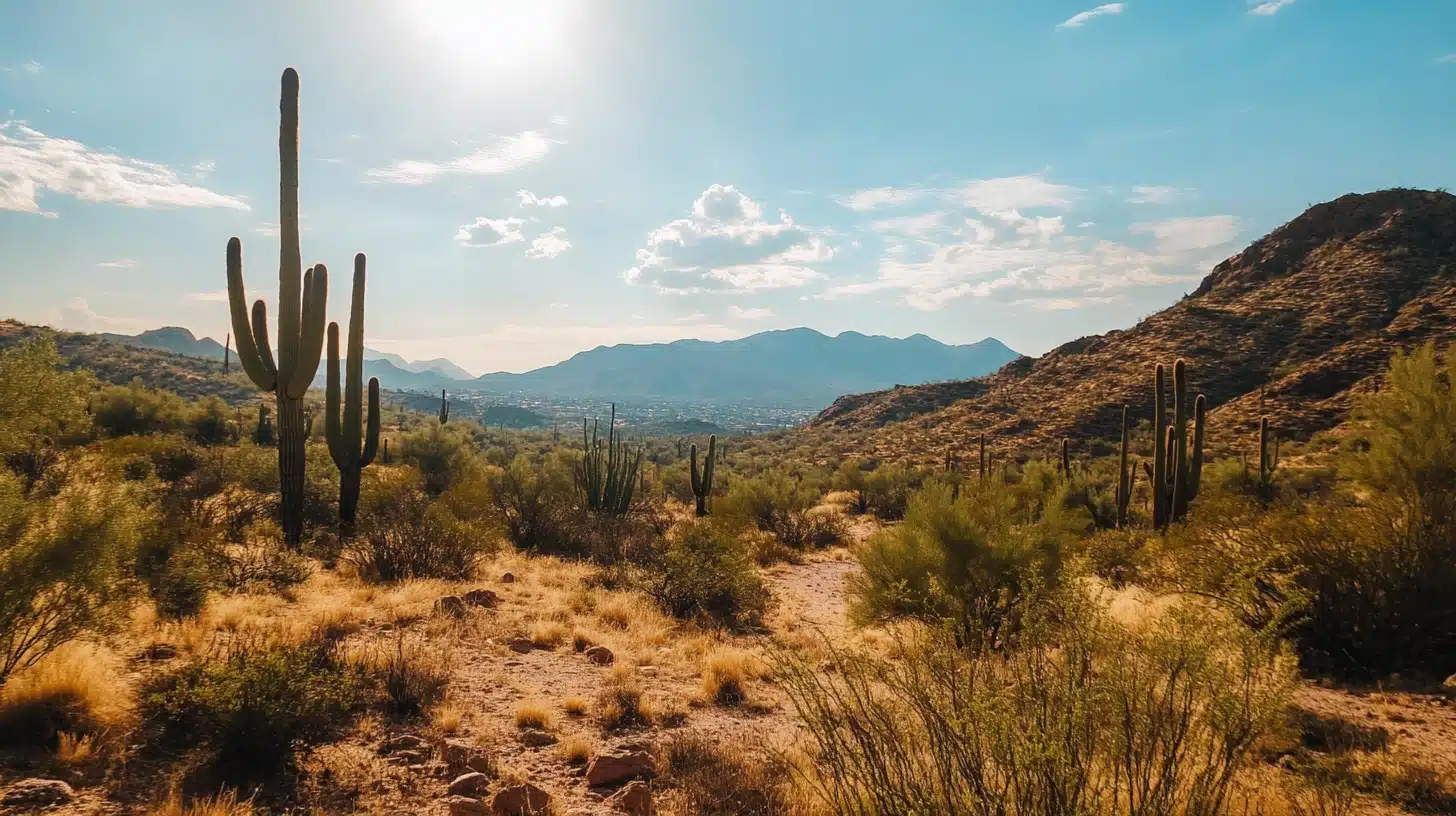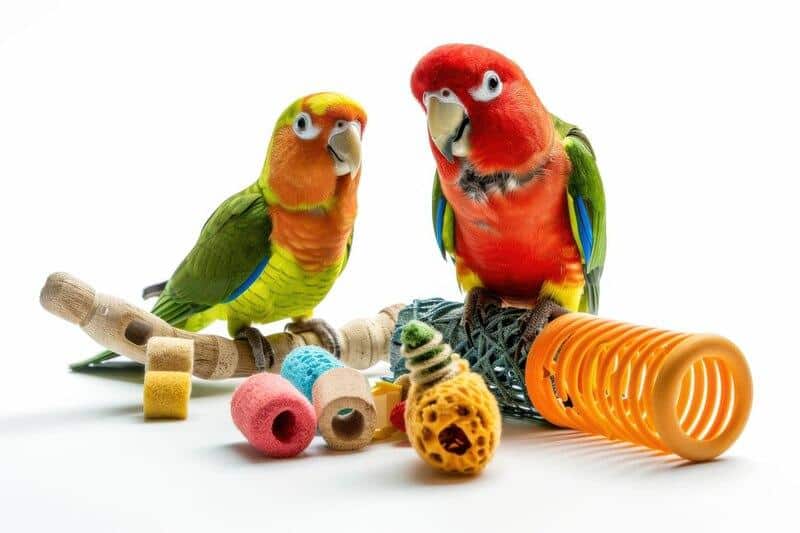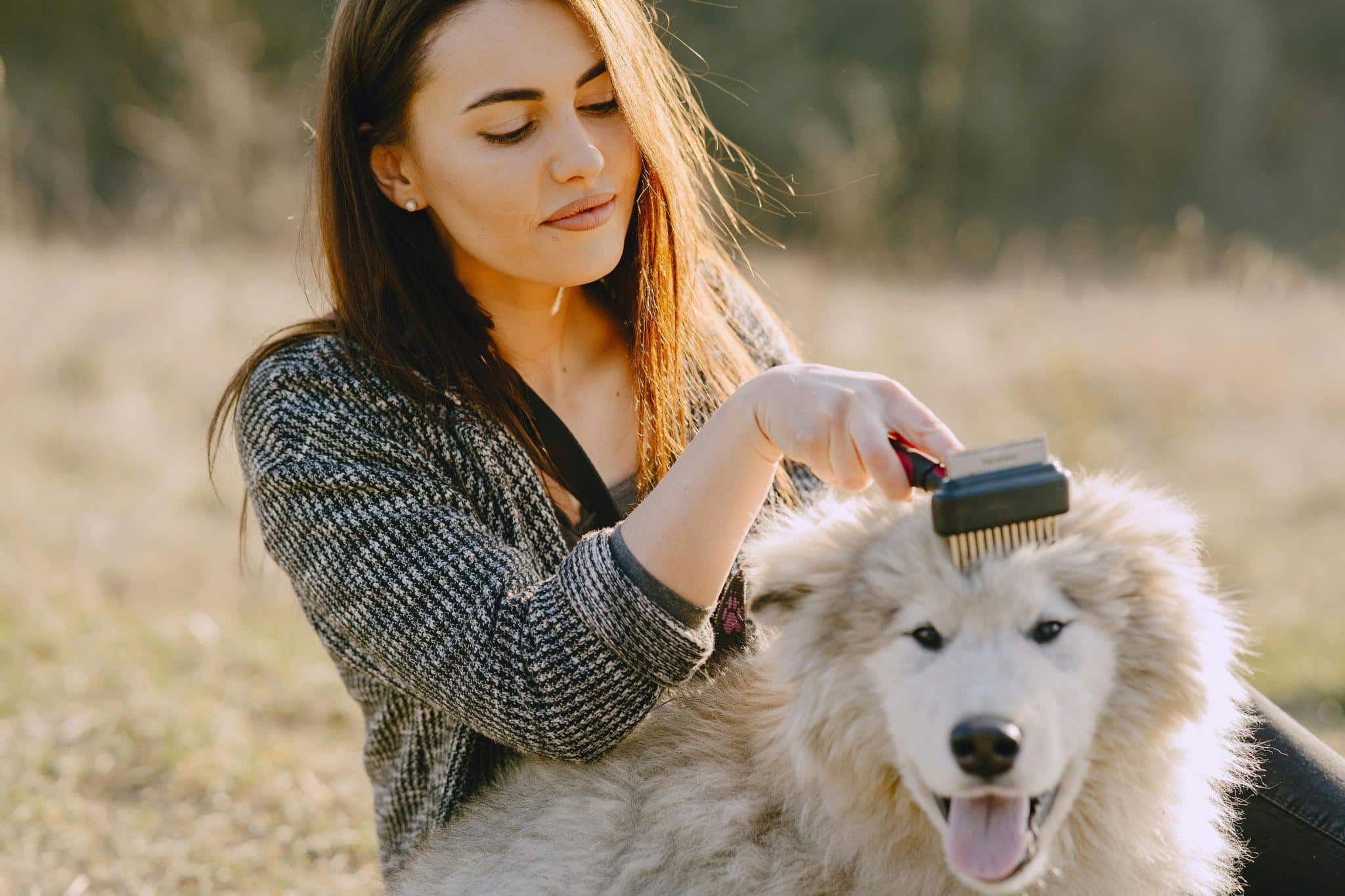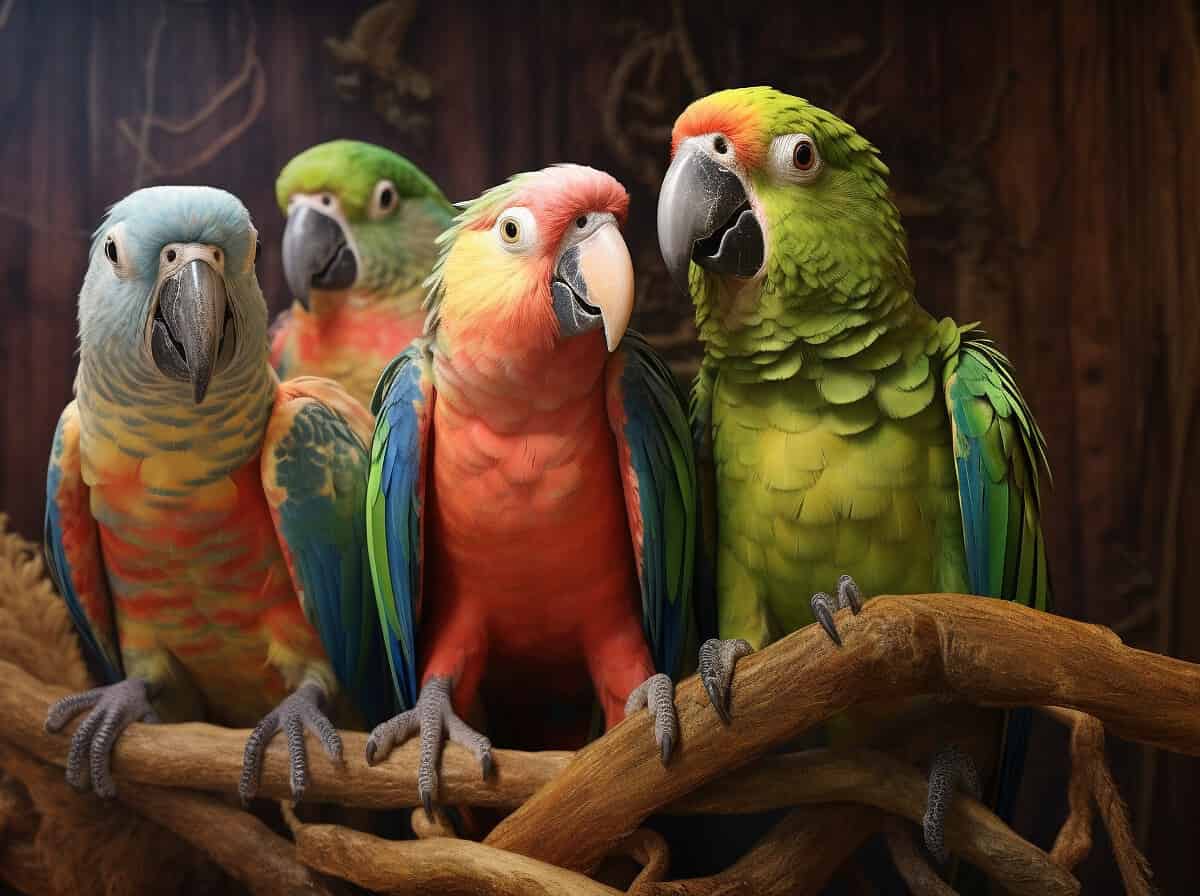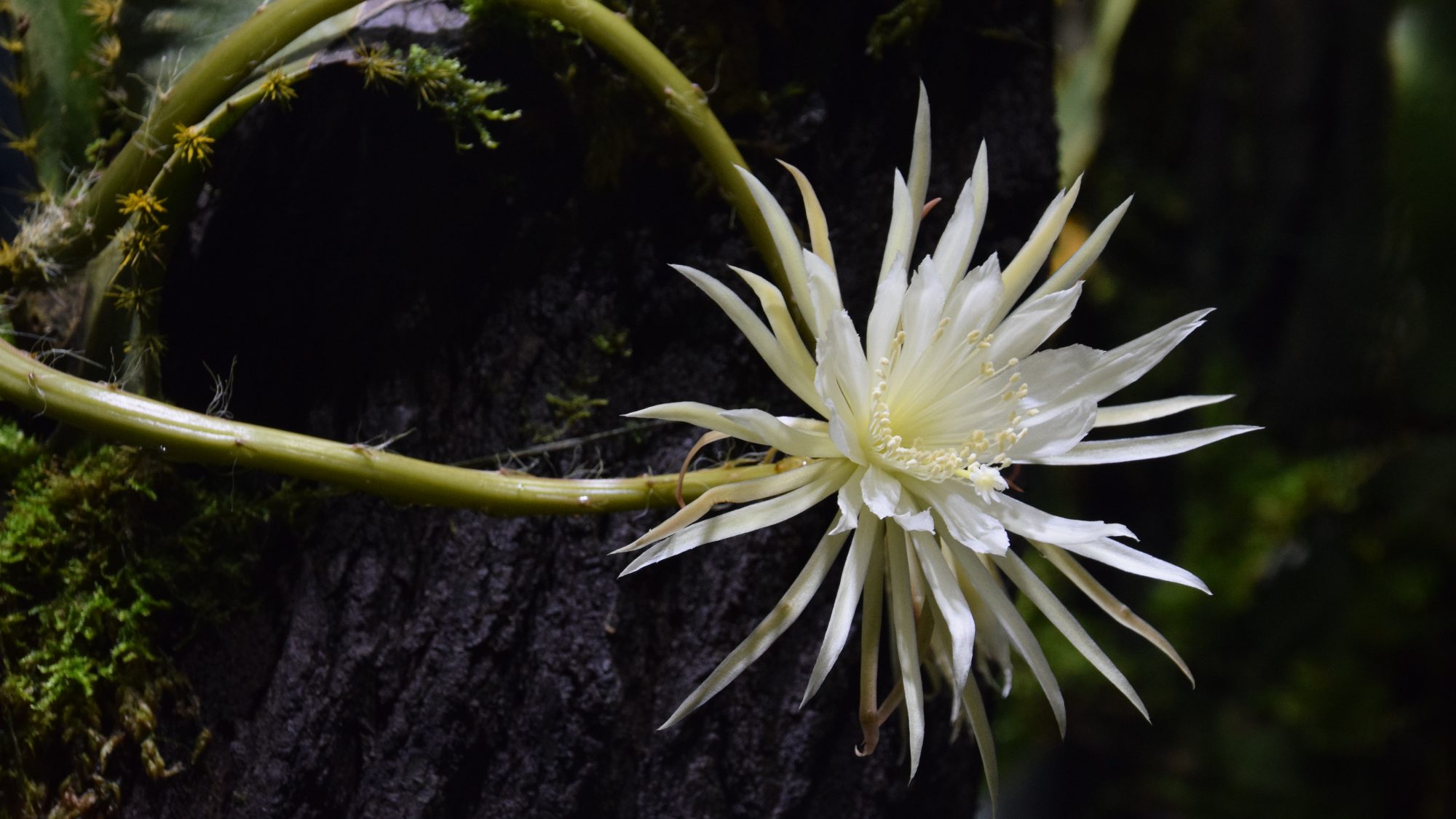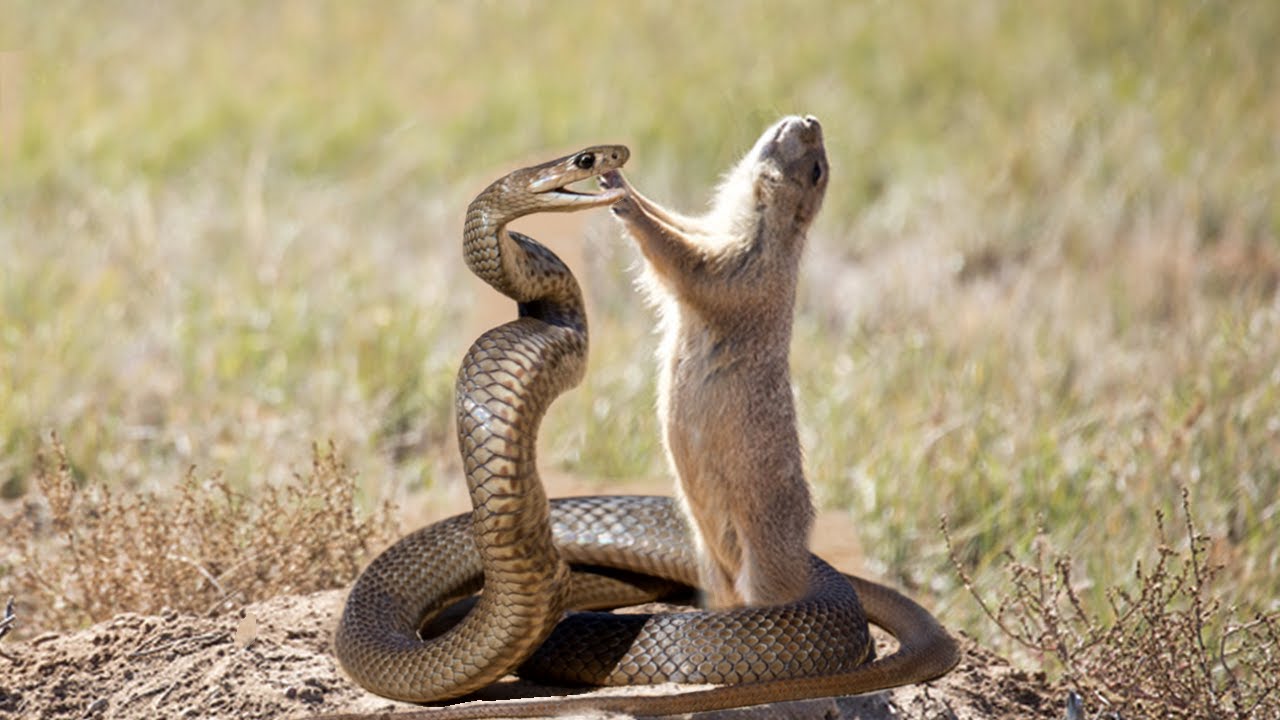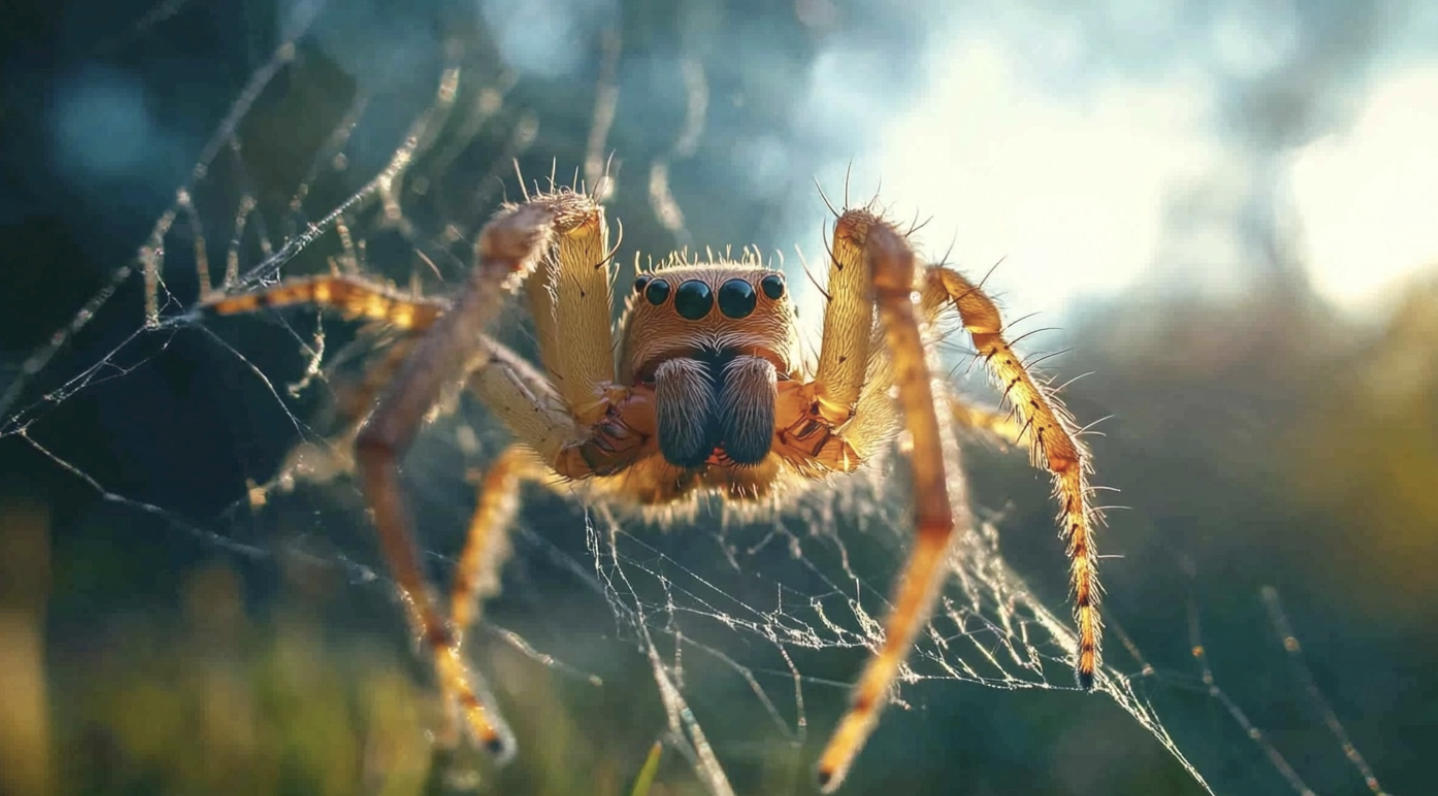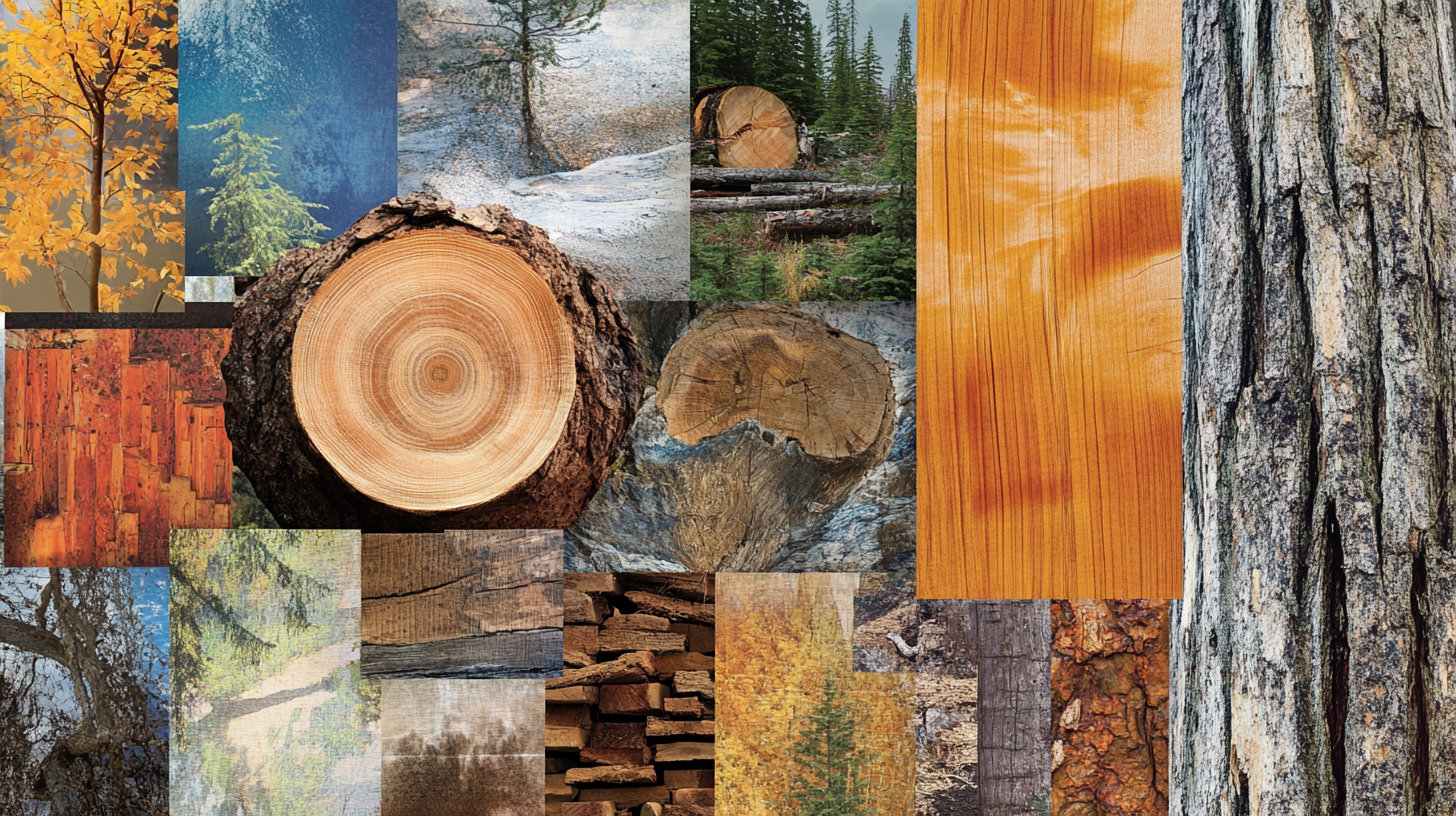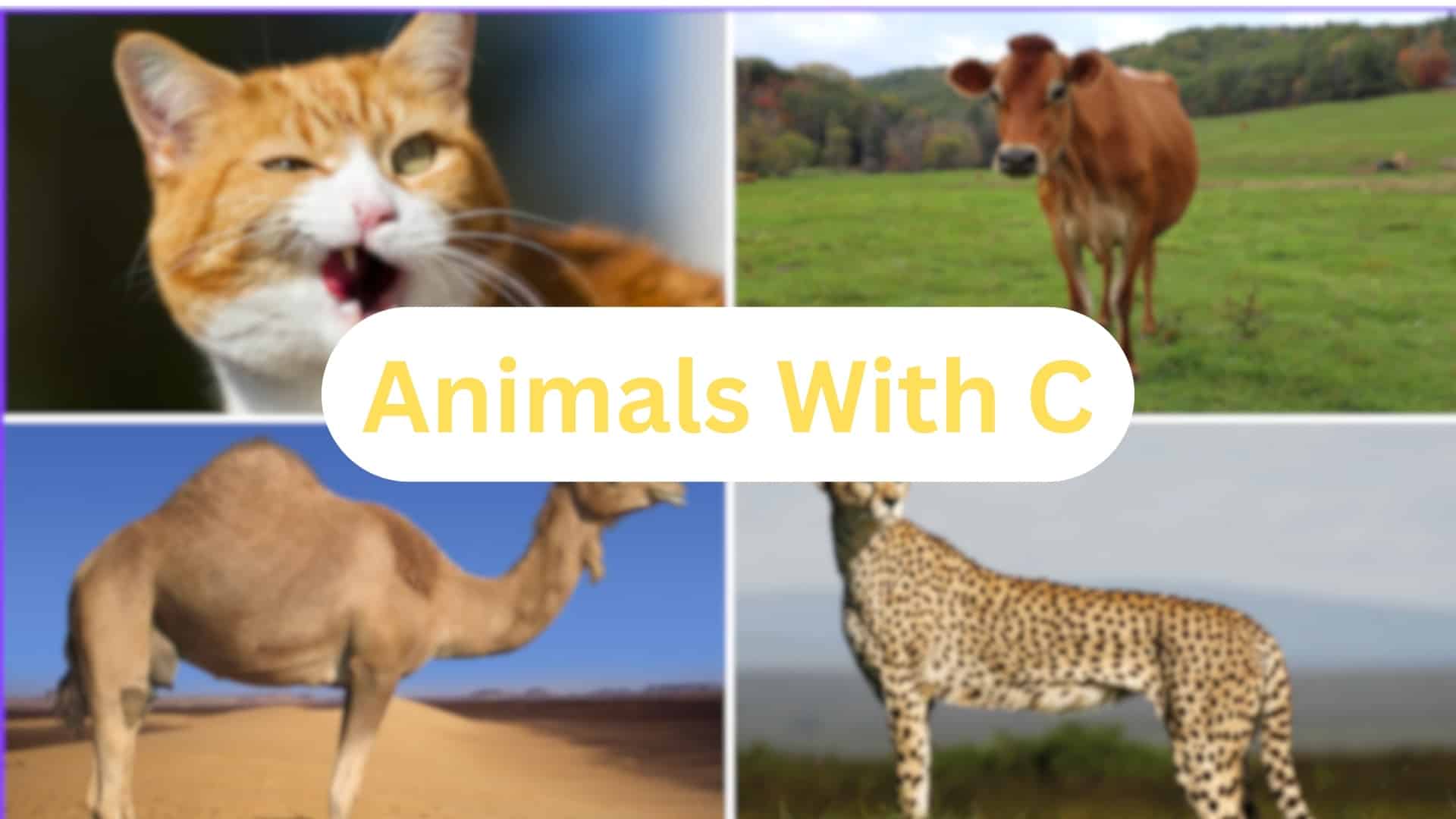
Calling all creatures crazy kids! Get ready for a wild ride through the animal kingdom’s coolest critters that start with the letter C.
From cuddly to crazy, these animals will make you laugh, gasp, and wonder about the amazing world around you.
Some of these creatures crawl, some climb, and some even swim in the deepest oceans.
They come in all shapes and sizes, with super cool talents that will blow your mind. Imagine meeting an animal that can do something you never thought possible!
Want to know which super cool animals are hiding behind the letter C? Keep reading and prepare to be surprised by nature’s most incredible surprises!
Commonly Known Animals That Start With The Letter “C”
1. Cheetah
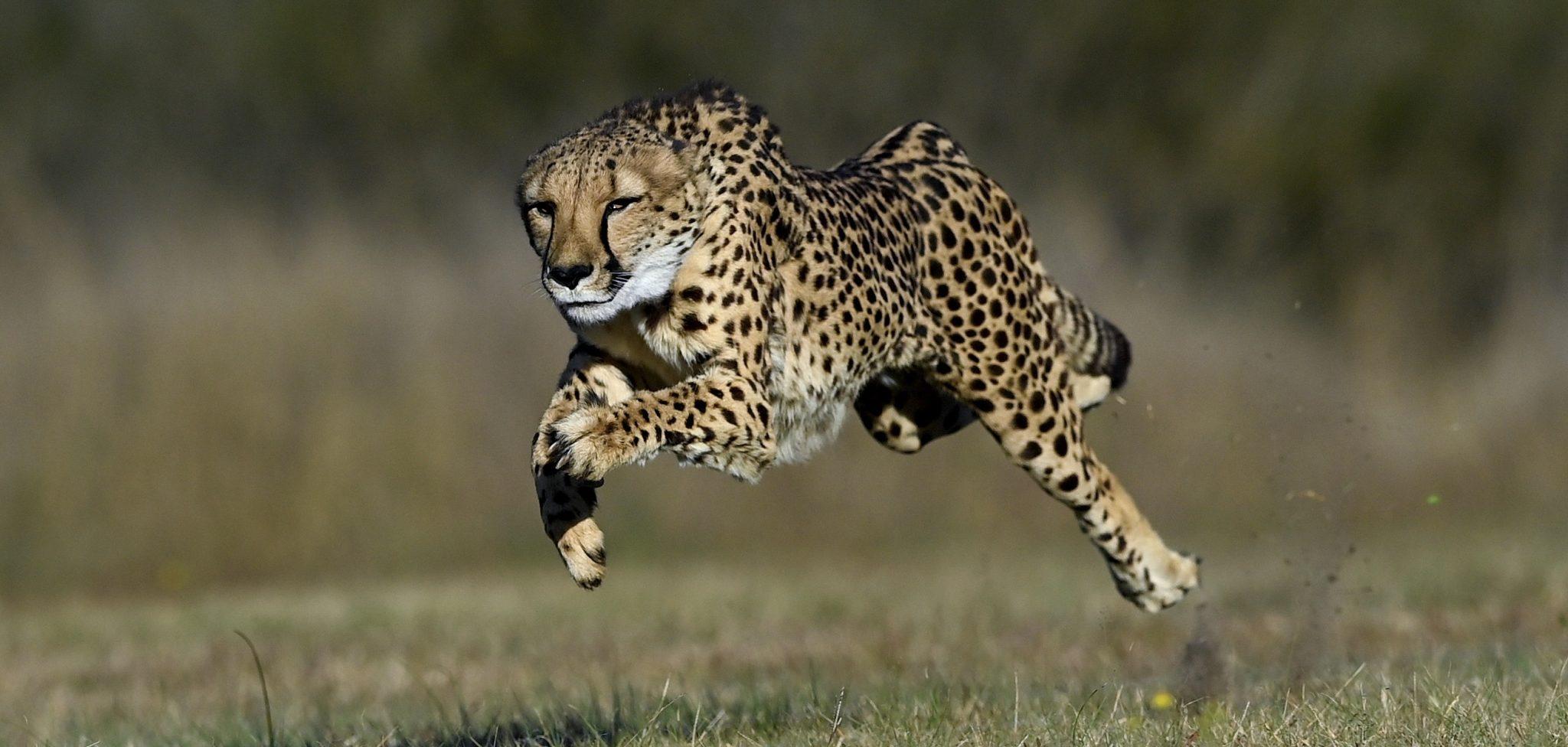
The cheetah is the fastest land animal, capable of reaching speeds up to 75 mph in short bursts. It has a slender body, long legs, and black tear markings on its face that help reduce glare.
-
Region of Habitat: Grasslands and savannas of Africa, small populations in Iran
-
Scientific Name: Acinonyx jubatus
-
Feeding Habits: Carnivorous; preys on small to medium-sized ungulates like gazelles and impalas
-
What Sound They Make: Chirps, growls, purrs, and yelps
Fun Fact
Unlike most big cats, cheetahs cannot roar; they communicate through chirping sounds. Their claws are non-retractable, providing extra grip when running at high speeds.
2. Cougar
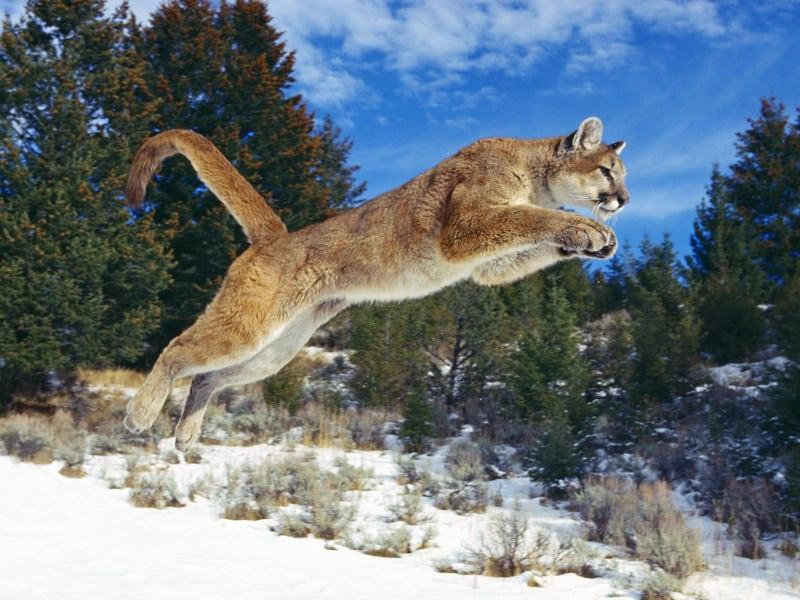
Also known as the mountain lion, the cougar is a large, solitary wild cat native to the Americas. It is highly adaptable and found in various habitats, from forests to deserts.
-
Region of Habitat: North and South America, from Canada to Argentina
-
Scientific Name: Puma concolor
-
Feeding Habits: Carnivorous; hunts deer, elk, and smaller mammals
-
What Sound They Make: Screams, growls, hisses, and purrs
Fun Fact
Cougars have the largest range of any wild land mammal in the Western Hemisphere. They can jump up to 18 feet vertically and 40 feet horizontally in a single bound.
3. Coyote
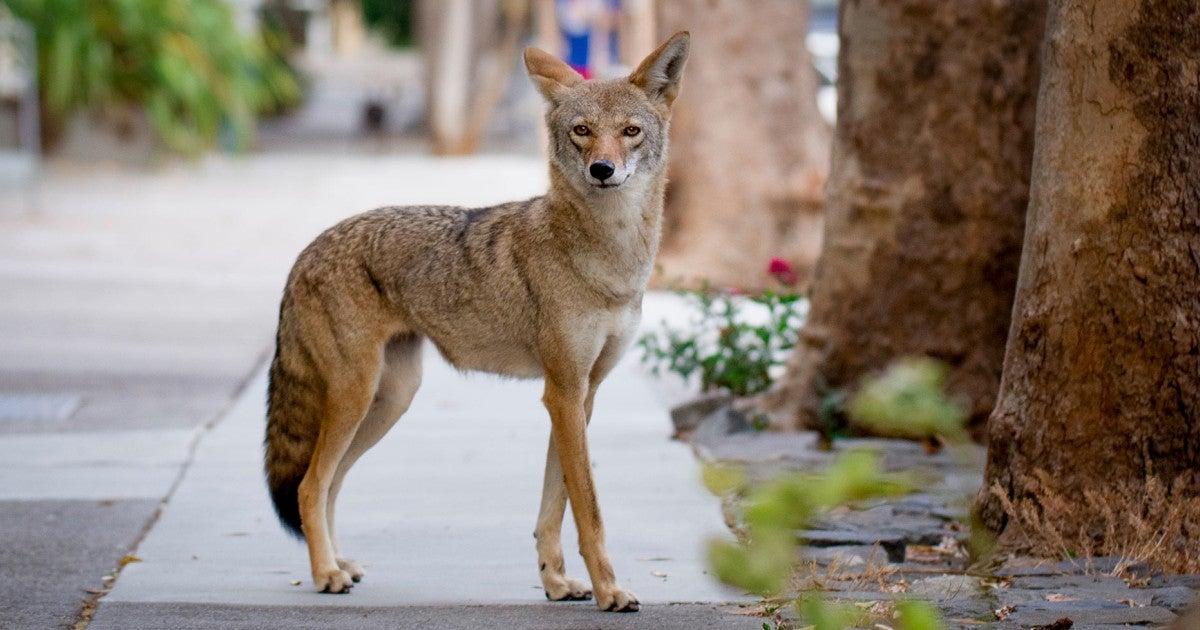
Coyotes are highly intelligent and adaptable canines found across North America. They are known for their keen senses, sharp intelligence, and ability to survive in diverse environments.
-
Region of Habitat: North America, from Canada to Central America
-
Scientific Name: Canis latrans
-
Feeding Habits: Omnivorous; eats small mammals, fruits, and carrion
-
What Sound They Make: Howls, yips, and barks
Fun Fact
Coyotes have expanded their range due to human development, even thriving in urban areas. They can run up to 40 mph when chasing prey or escaping predators.
4. Crocodile
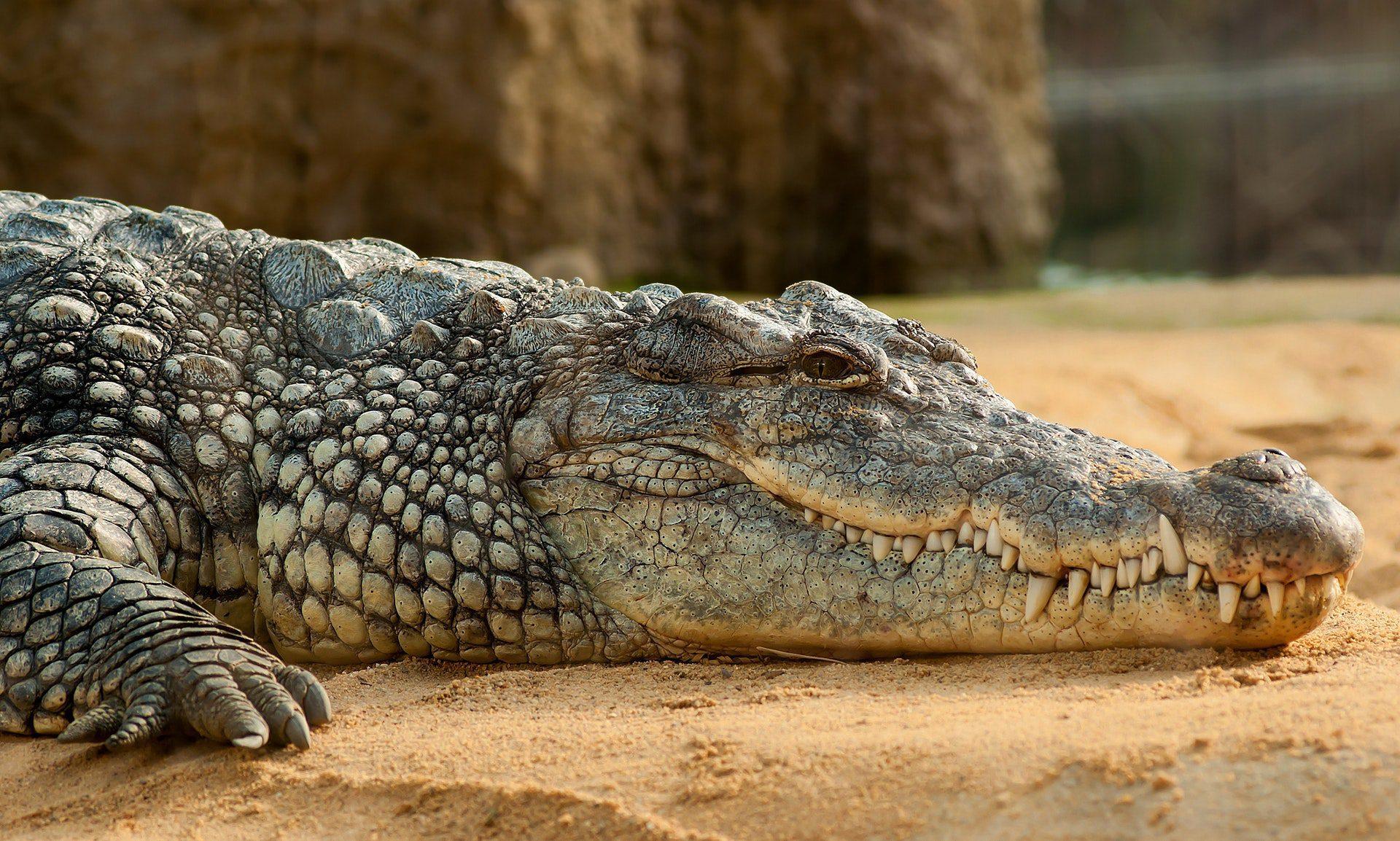
Crocodiles are large, semi-aquatic reptiles with powerful jaws and armored skin. They are apex predators and have remained largely unchanged for millions of years.
-
Region of Habitat: Freshwater rivers, lakes, and coastal areas in Africa, Asia, the Americas, and Australia
-
Scientific Name: Crocodylus (varies by species)
-
Feeding Habits: Carnivorous; ambushes prey such as fish, birds, and mammals
-
What Sound They Make: Hissing, growling, and bellowing
Fun Fact
Crocodiles have the strongest bite force of any animal, measured at over 3,700 psi. They can go months without eating by slowing their metabolism.
5. Camel
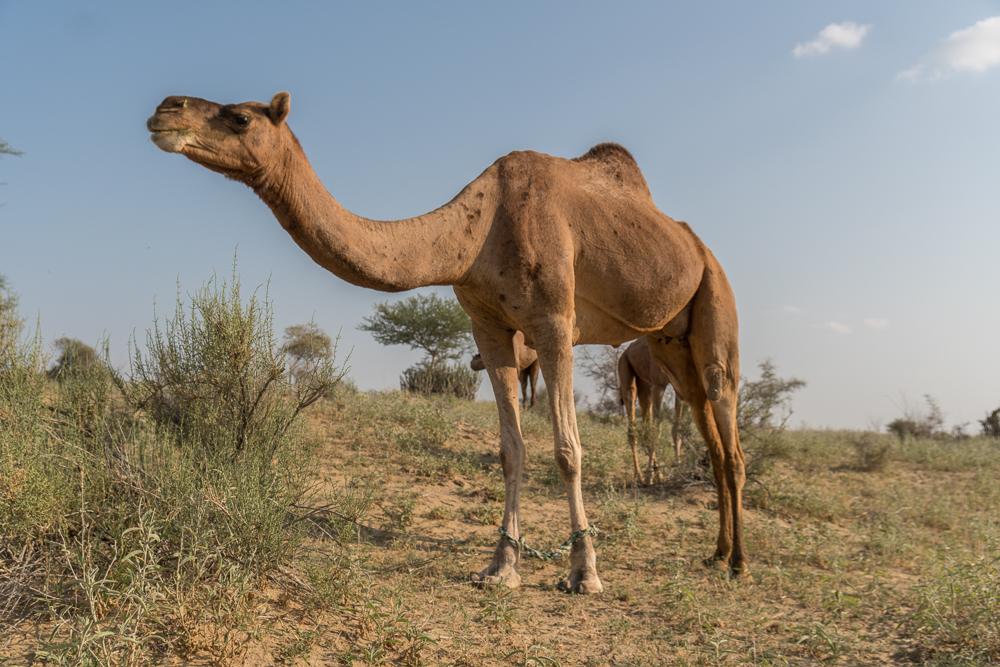
Camels are large, desert-dwelling mammals known for their humps, which store fat for energy. They are well-adapted to extreme heat and dry environments.
-
Region of Habitat: Deserts in the Middle East, North Africa, Central Asia, and Australia
-
Scientific Name: Camelus (varies by species)
-
Feeding Habits: Herbivorous; eats dry grasses, thorny plants, and cacti
-
What Sound They Make: Grunts, moans, and growls
Fun Fact
Camels can drink up to 40 gallons of water in one go and survive without water for weeks. Their long eyelashes and nostrils help protect them from sandstorms.
6. Capybara
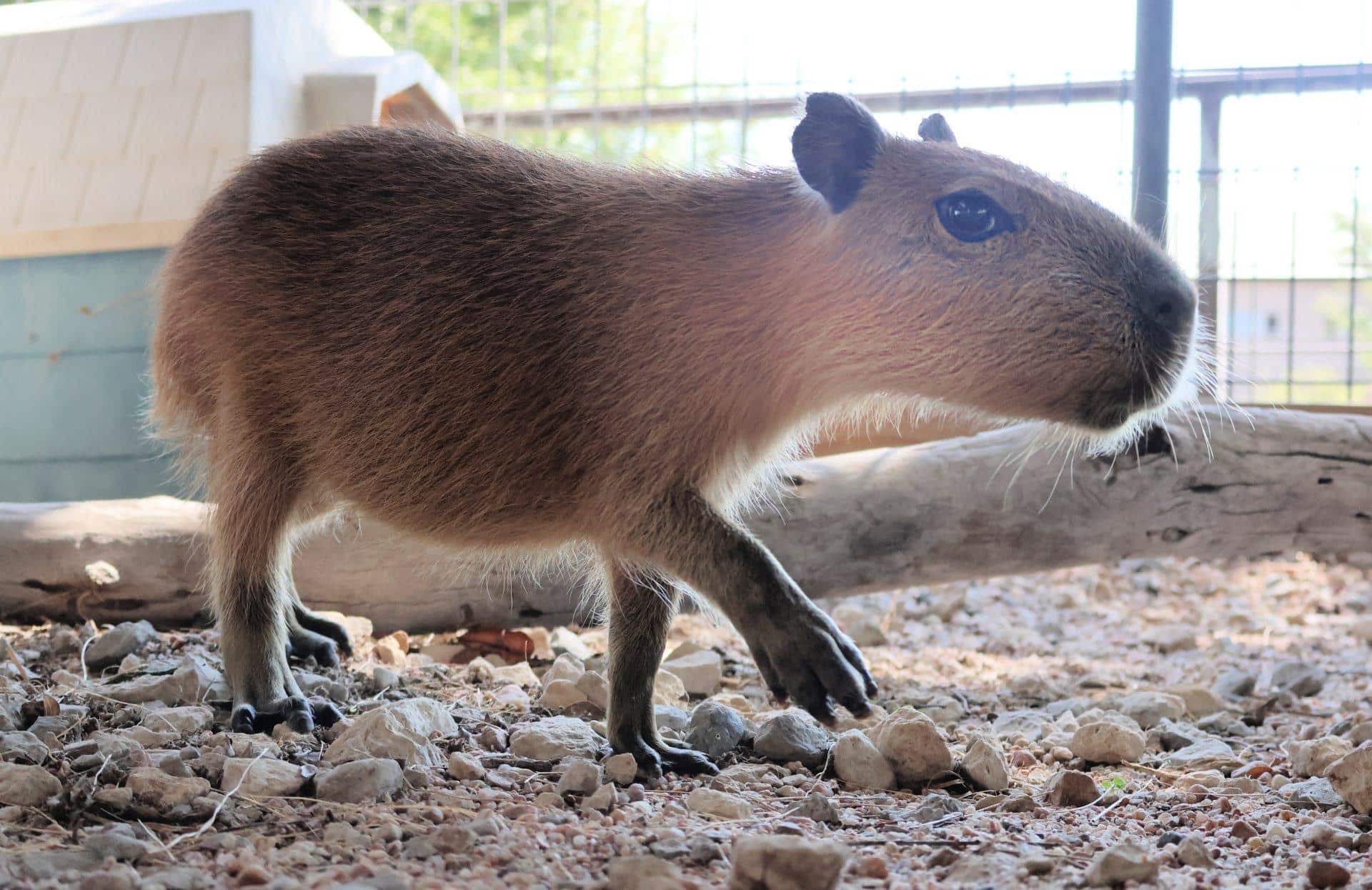
Capybaras are the world’s largest rodents and are highly social animals often found in large groups near water.
-
Region of Habitat: Wetlands and grasslands of South America
-
Scientific Name: Hydrochoerus hydrochaeris
-
Feeding Habits: Herbivorous; eats aquatic plants, grasses, and fruits
-
What Sound They Make: Whistles, barks, and purrs
Fun Fact
Capybaras are excellent swimmers and can hold their breath for up to five minutes underwater. They often form friendships with other animals, including birds and even crocodiles.
7. Caiman
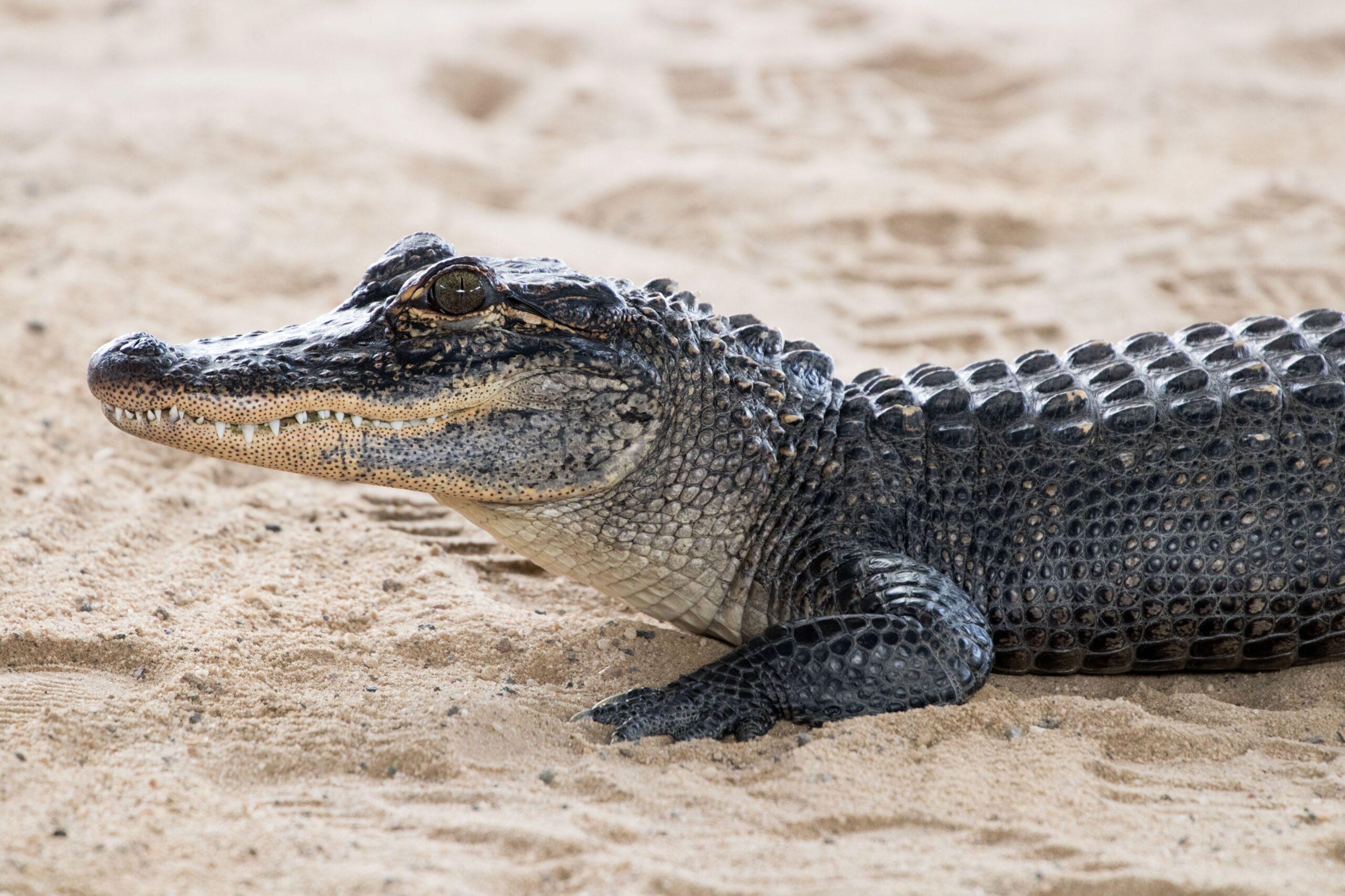
Caimans are small crocodilian reptiles found in Central and South America. They are closely related to alligators and crocodiles.
-
Region of Habitat: Rivers, swamps, and wetlands in South America
-
Scientific Name: Caimaninae
-
Feeding Habits: Carnivorous; eats fish, amphibians, and small mammals
-
What Sound They Make: Hissing, grunts, and bellows
Fun Fact
Baby caimans communicate with their mother from inside the egg before hatching. Despite their small size, they are aggressive and will defend their territory fiercely.
8. Cardinal
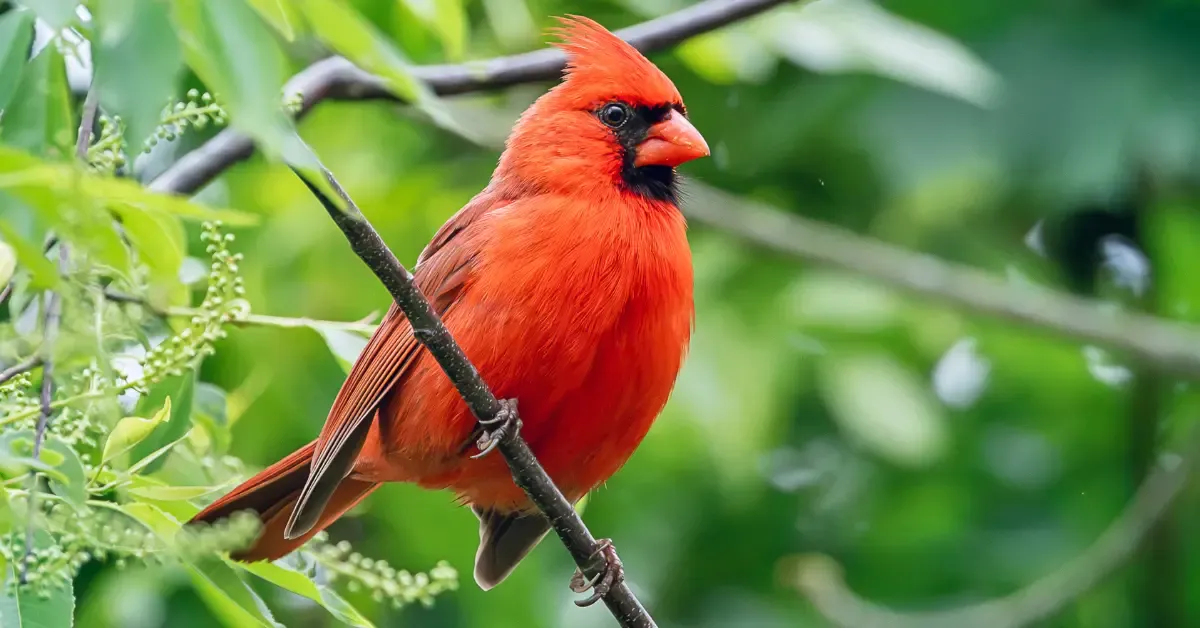
The cardinal is a vibrant red songbird known for its melodic whistles and territorial behavior. Males are bright red, while females have a more muted brownish-red hue.
-
Region of Habitat: North and South America, commonly found in forests, gardens, and shrublands.
-
Scientific Name: Cardinalis cardinalis
-
Feeding Habits: Omnivorous; eats seeds, fruits, and insects
-
What Sound They Make: Clear, whistling songs and sharp chirps
Fun Fact
Cardinals are monogamous birds that often mate for life. Their bright red feathers come from carotenoid pigments found in their diet.
9. Chameleon
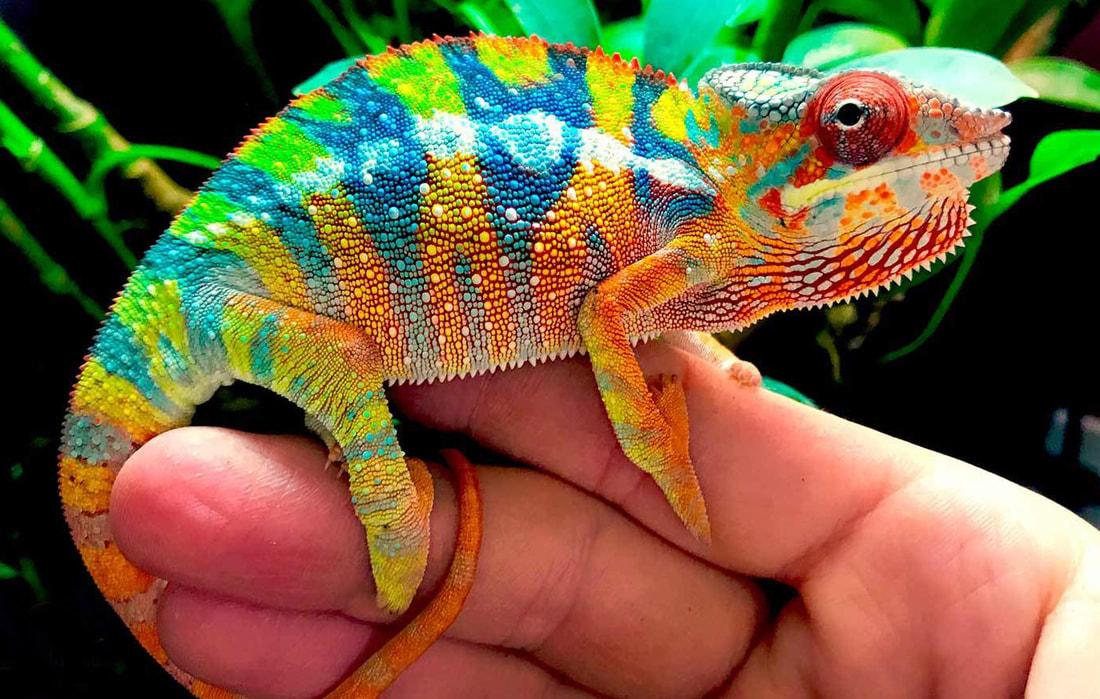
Chameleons are famous for their ability to change color and their independently moving eyes, which provide a wide field of vision.
-
Region of Habitat: Africa, Madagascar, Asia, and parts of Southern Europe
-
Scientific Name: Chamaeleonidae
-
Feeding Habits: Insectivorous; primarily eats crickets, flies, and other small invertebrates
-
What Sound They Make: Hissing and occasional clicking sounds
Fun Fact
Not all chameleons change color for camouflage; some do it to regulate body temperature or communicate. Their tongues can be twice as long as their body, allowing them to catch prey quickly.
10. Chimpanzee
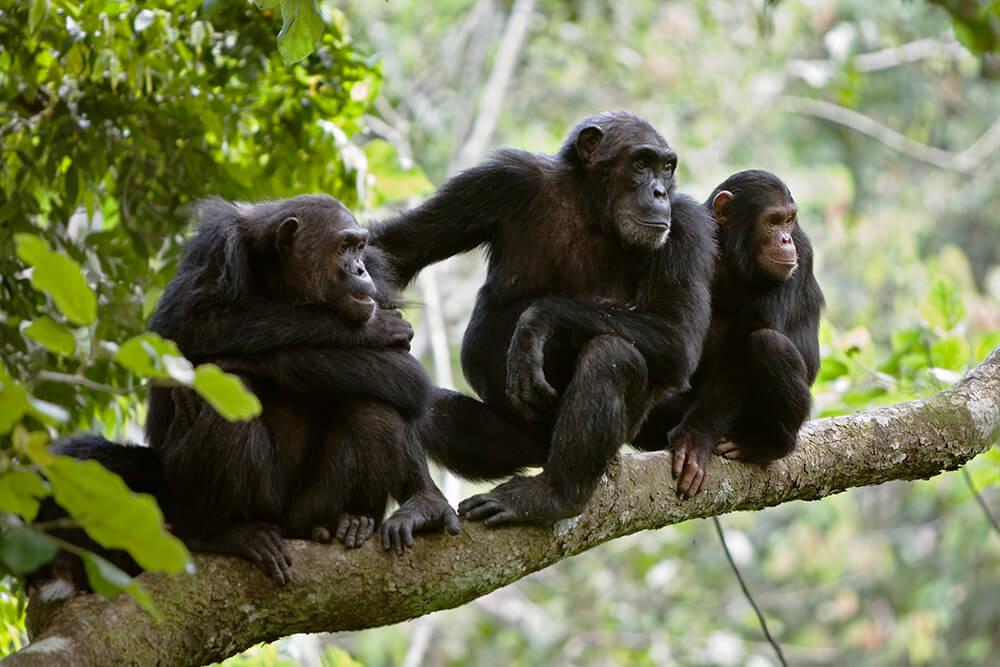
Chimpanzees are highly intelligent primates that share about 98% of their DNA with humans. They use tools, show complex social behaviors, and communicate through vocalizations and gestures.
-
Region of Habitat: Tropical forests and savannas of Central and West Africa
-
Scientific Name: Pan troglodytes
-
Feeding Habits: Omnivorous; eats fruits, leaves, nuts, and occasionally hunts small animals
-
What Sound They Make: Screeches, hoots, grunts, and pant-hoots
Fun Fact
Chimpanzees use sticks to extract termites from mounds, showcasing tool use. They recognize themselves in mirrors, a sign of self-awareness.
11. Chicken
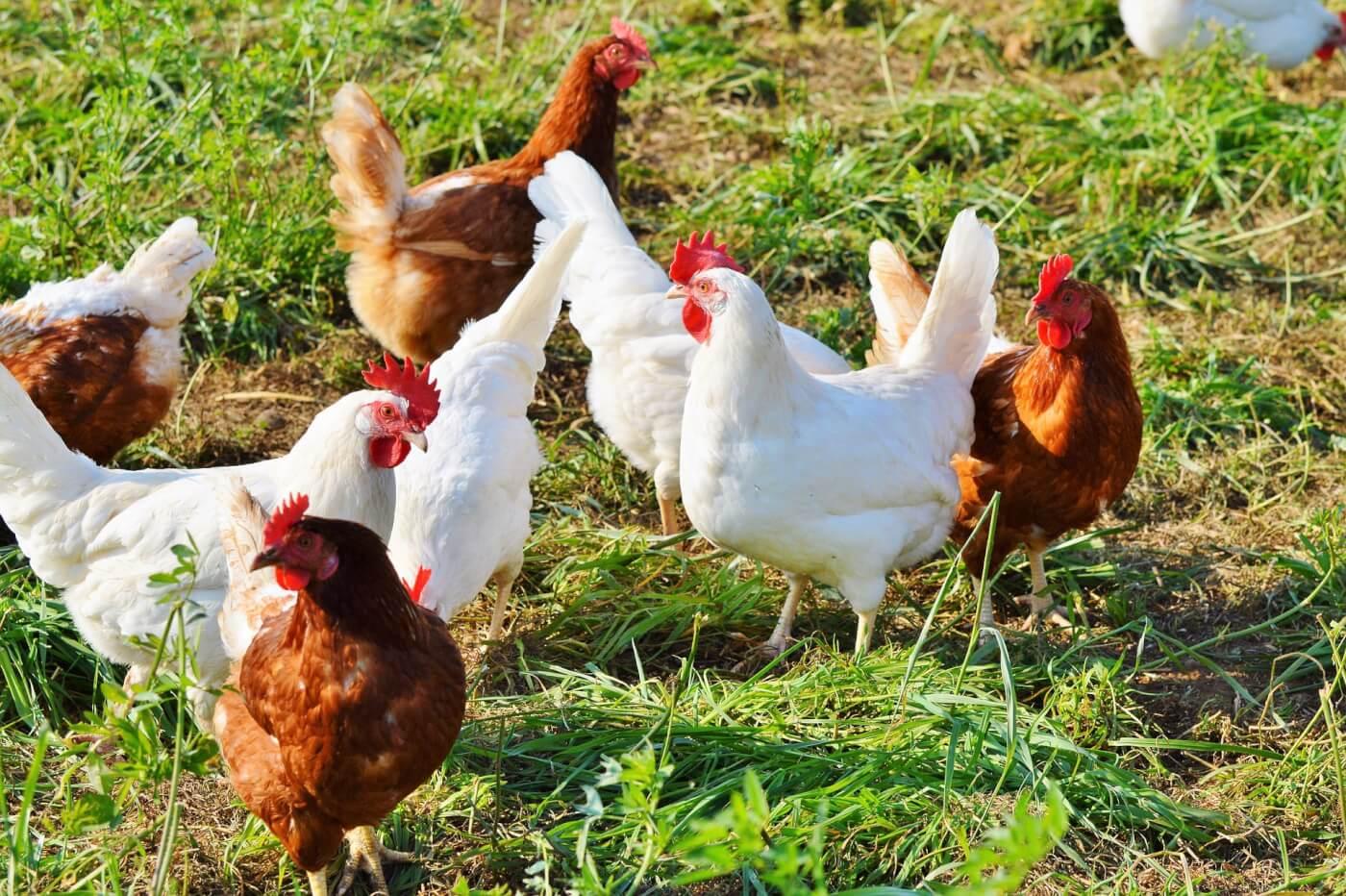
Chickens are domesticated birds raised for eggs, meat, and companionship. They are highly social and can recognize over 100 different faces of their flock members.
-
Region of Habitat: Domesticated worldwide, originally from Southeast Asia
-
Scientific Name: Gallus gallus domesticus
-
Feeding Habits: Omnivorous; eats grains, insects, and small invertebrates
-
What Sound They Make: Clucking, crowing, and squawking
Fun Fact
Chickens can dream while sleeping, just like humans. A mother hen communicates with her chicks while they are still inside the egg.
12. Chipmunk
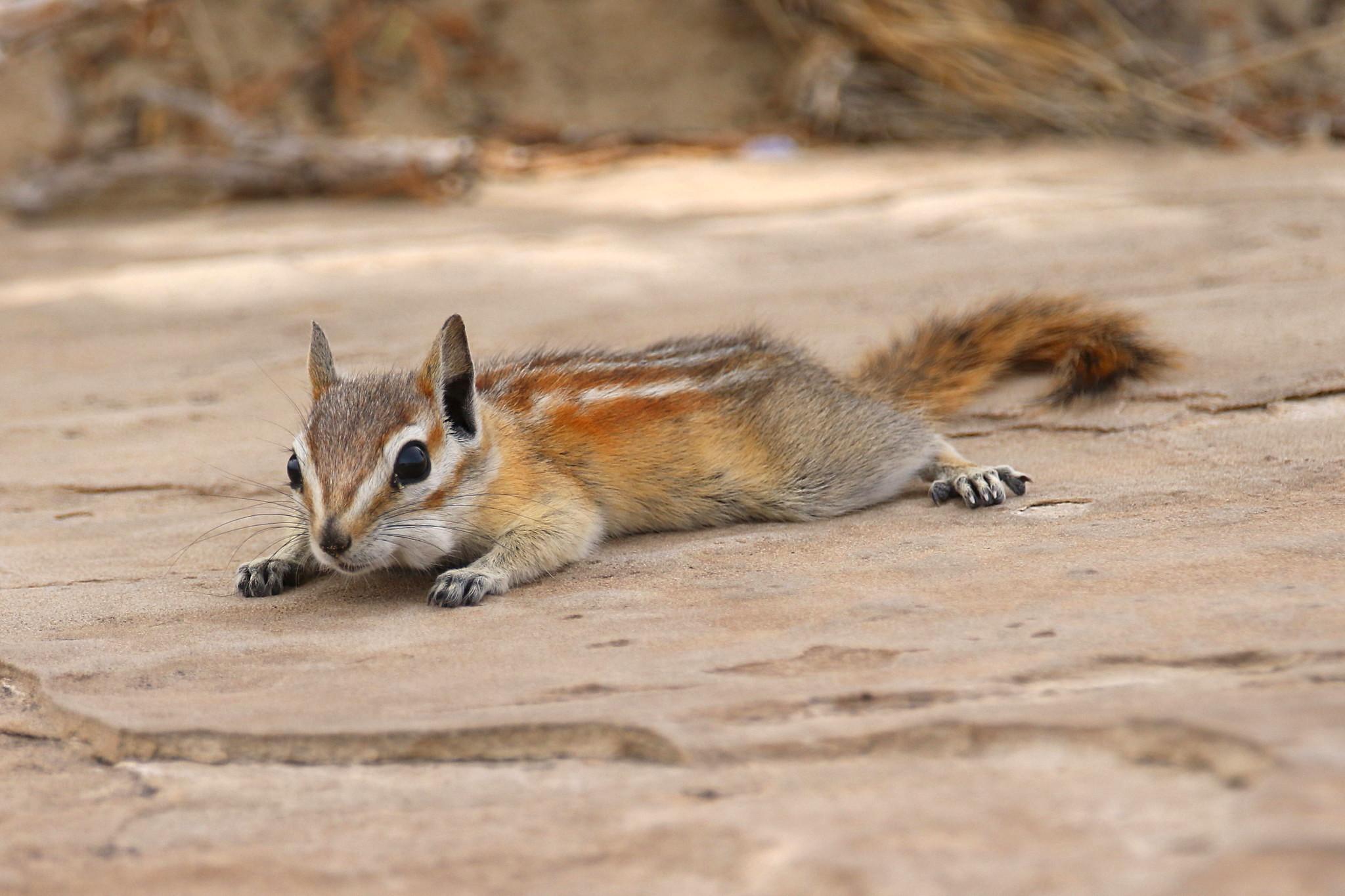
Chipmunks are small, striped rodents known for their cheek pouches, which they use to store food. They are highly energetic and burrow underground for shelter.
-
Region of Habitat: North America and parts of Asia
-
Scientific Name: Tamias
-
Feeding Habits: Omnivorous; eats nuts, seeds, fruits, and insects
-
What Sound They Make: High-pitched chirps and chattering
Fun Fact
Chipmunks can carry food in their cheek pouches that are almost three times the size of their heads. They hibernate in winter but wake up occasionally to eat stored food.
13. Clownfish
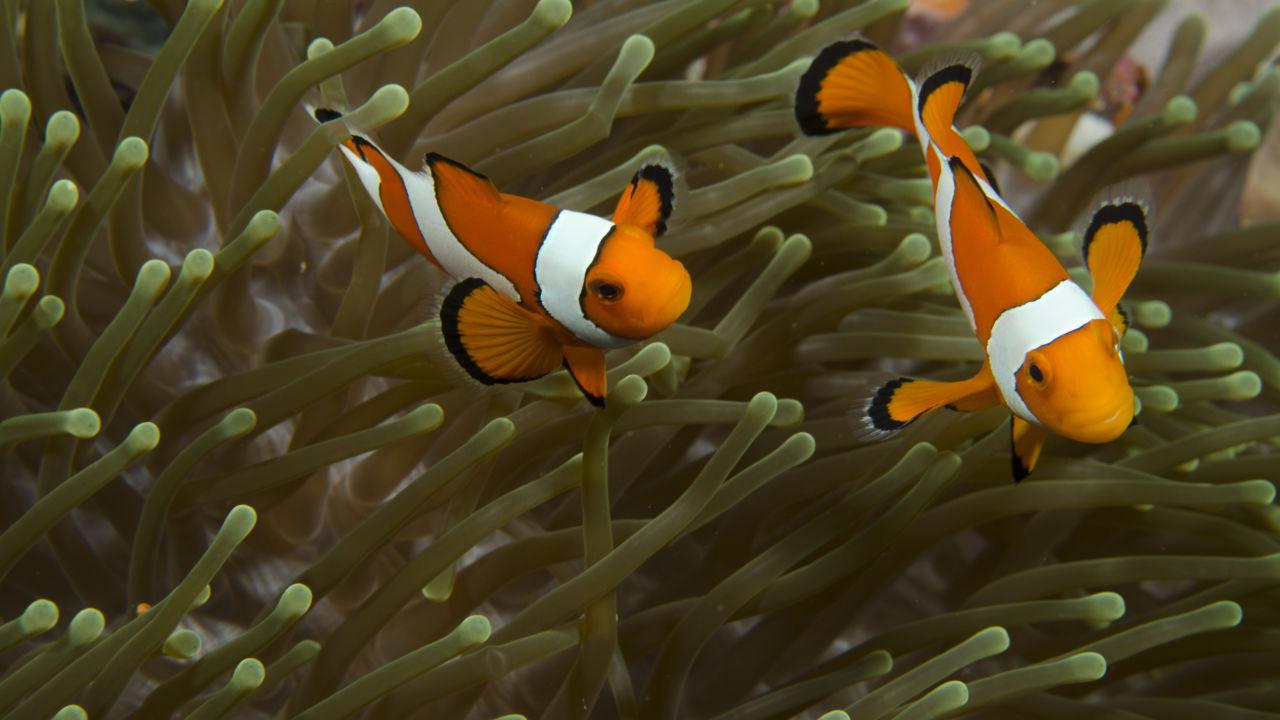
Clownfish are small, brightly colored fish that live among sea anemones in coral reefs. They have a mutualistic relationship with anemones, gaining protection while providing food scraps.
-
Region of Habitat: Warm coastal waters of the Pacific and Indian Oceans
-
Scientific Name: Amphiprioninae
-
Feeding Habits: Omnivorous; eats algae, plankton, and small crustaceans
-
What Sound They Make: Clicking and popping sounds
Fun Fact
All clownfish are born male; some change into females when needed for reproduction. They are immune to the stings of their host sea anemone due to a special mucus coating.
14. Cockroach
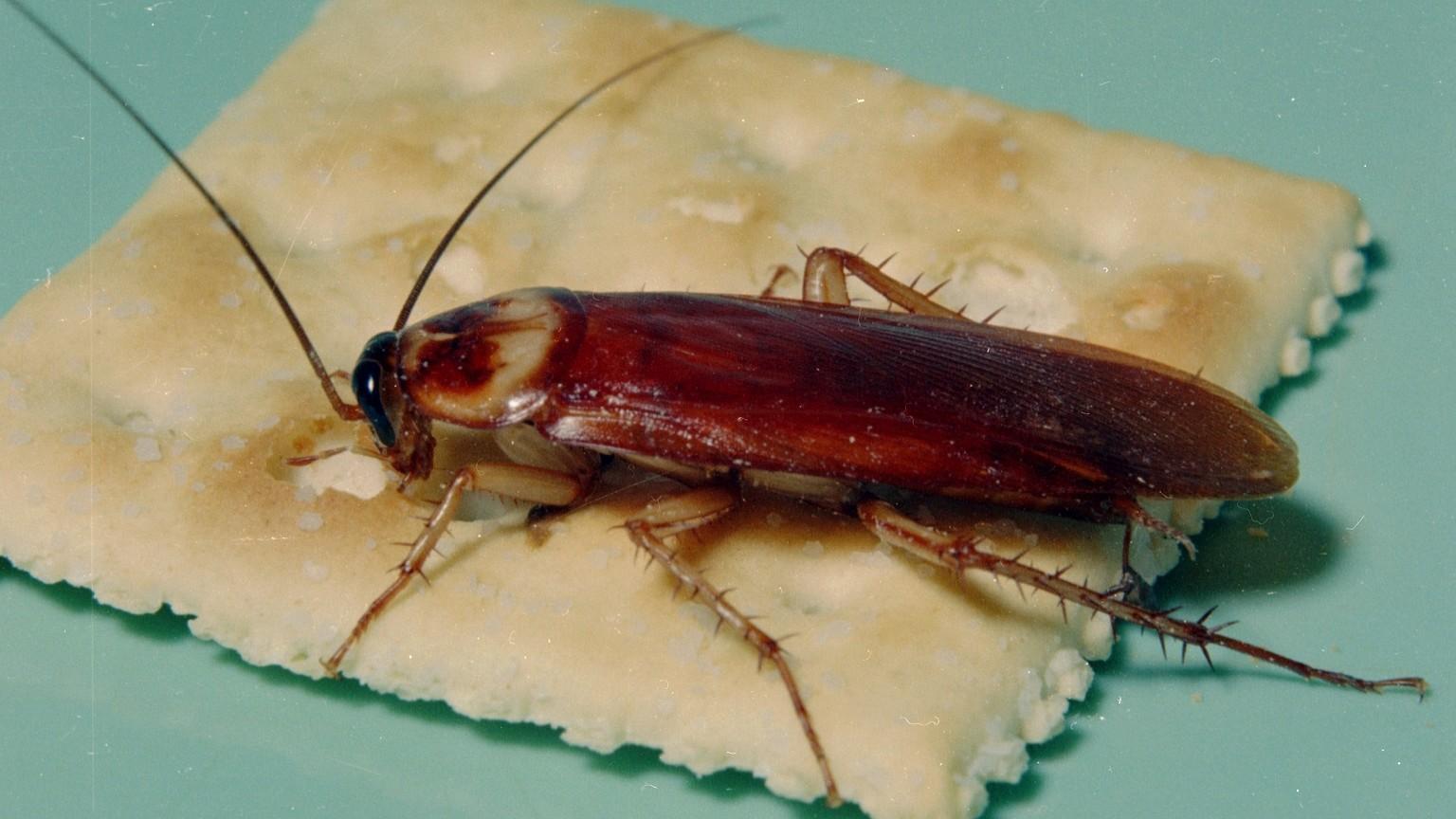
Cockroaches are resilient insects that have existed for millions of years. They are known for their adaptability and ability to survive harsh conditions.
-
Region of Habitat: Worldwide, found in homes, forests, and tropical regions
-
Scientific Name: Blattodea
-
Feeding Habits: Omnivorous; eats decaying matter, food scraps, and organic materials
-
What Sound They Make: Hissing (some species), clicking, and rustling
Fun Fact
Due to their decentralized nervous system, cockroaches can live for weeks without their heads. Some species can survive being submerged underwater for over 30 minutes.
15. Cuttlefish
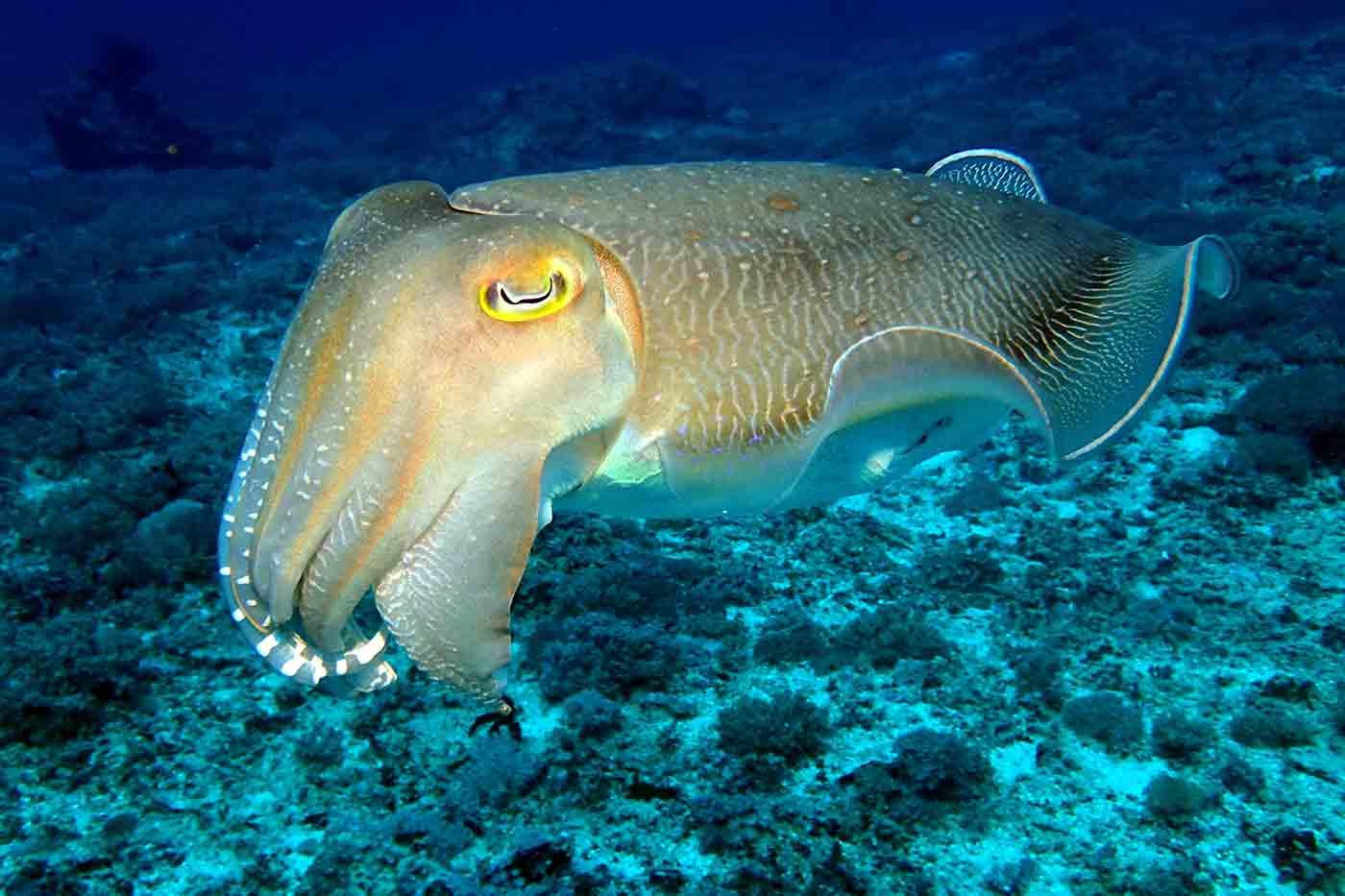
Cuttlefish are intelligent marine mollusks closely related to squids and octopuses. They have a unique internal shell called a cuttlebone that helps control buoyancy.
-
Region of Habitat: Coastal waters worldwide, especially in the Mediterranean and Indo-Pacific
-
Scientific Name: Sepiida
-
Feeding Habits: Carnivorous; eats shrimp, fish, and small crustaceans
-
What Sound They Make: Silent; communicates through color changes and body language
Fun Fact
Cuttlefish have three hearts and blue-green blood due to copper-based hemocyanin. They can change color in an instant, making them masters of camouflage.
16. Cobra
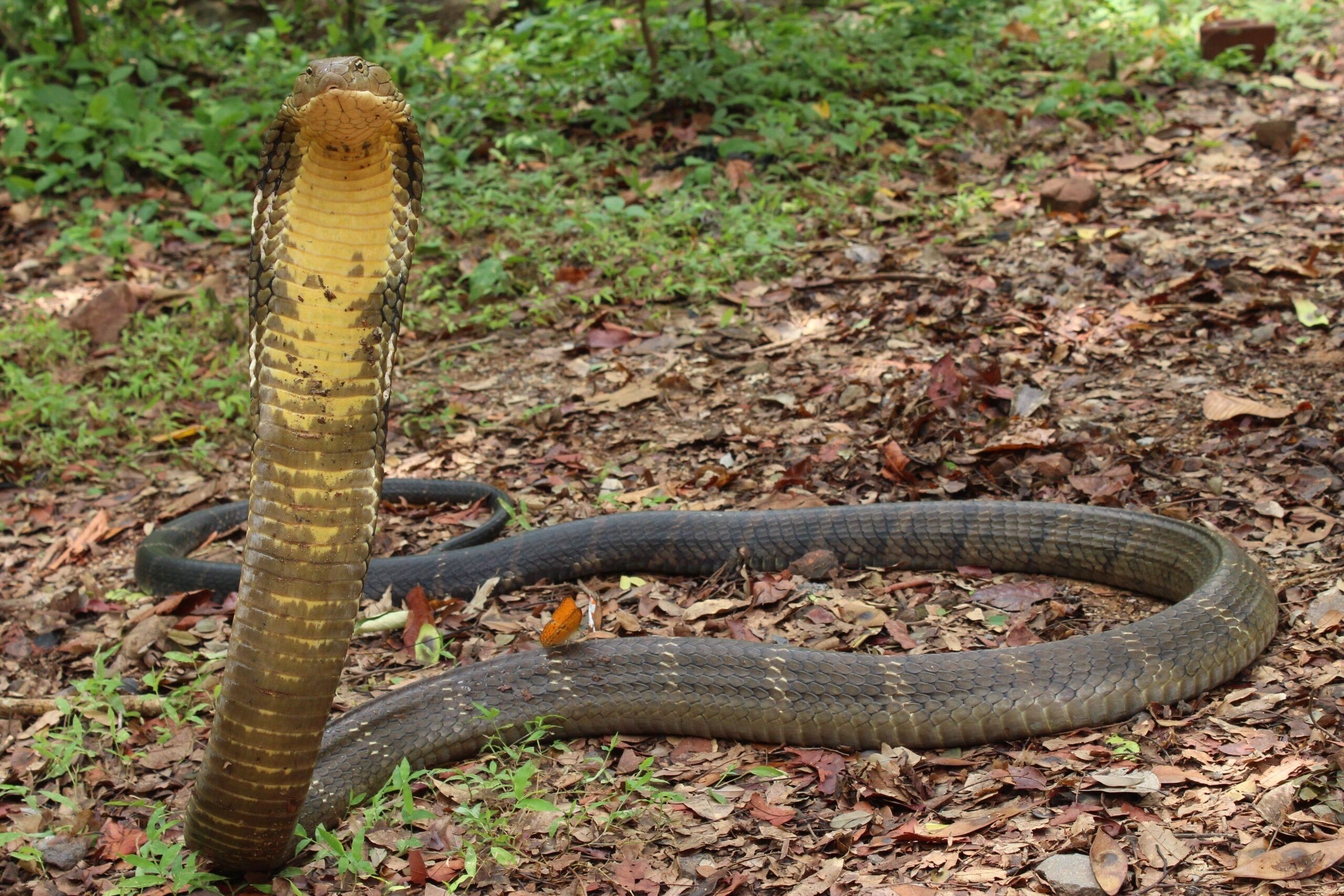
Cobras are venomous snakes known for their hood, which they flare when threatened. Some species, like the king cobra, are the longest venomous snakes in the world.
-
Region of Habitat: Asia and Africa, in forests, grasslands, and near water bodies
-
Scientific Name: Naja (varies by species)
-
Feeding Habits: Carnivorous; eats rodents, birds, and other reptiles
-
What Sound They Make: Hissing
Fun Fact
Some cobras can spit venom up to 8 feet to defend themselves. Despite their deadly reputation, cobras prefer to avoid conflict and will only strike if provoked.
17. Common Dolphin
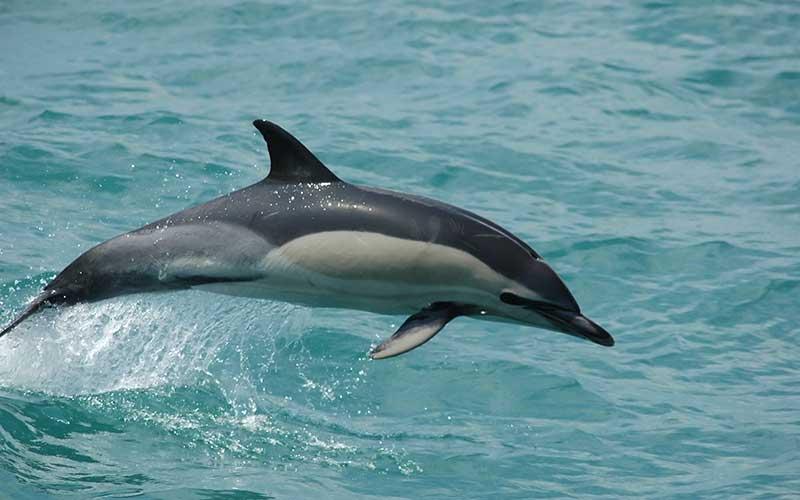
The common dolphin is one of the most widespread marine mammals, known for its playful nature and intelligence. They often travel in large pods.
-
Region of Habitat: Oceans worldwide, particularly in warm and temperate waters
-
Scientific Name: Delphinus delphis
-
Feeding Habits: Carnivorous; eats fish and squid
-
What Sound They Make: Clicks, whistles, and echolocation clicks
Fun Fact
Common dolphins can recognize themselves in mirrors, showing advanced cognition. They work together to herd fish into tight groups for easier hunting.
18. Canada Goose
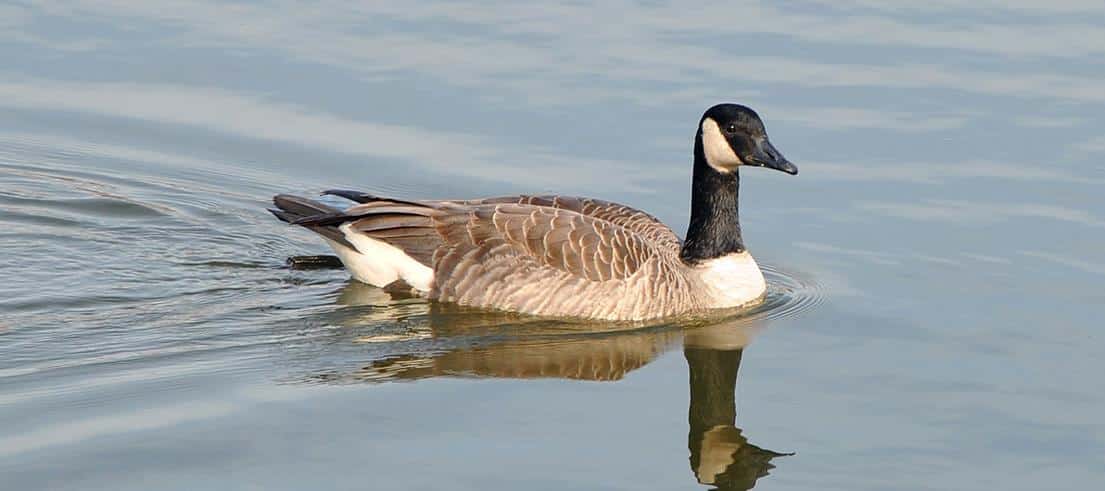
The Canada goose is a large migratory bird known for its honking call and V-shaped flying pattern.
-
Region of Habitat: North America, migrates between Canada and the U.S.
-
Scientific Name: Branta canadensis
-
Feeding Habits: Herbivorous; eats grass, grains, and aquatic plants
-
What Sound They Make: Honking
Fun Fact
Canada geese mate for life and travel with their lifelong partners. During migration, they can fly over 1,500 miles in just 24 hours.
19. Carp
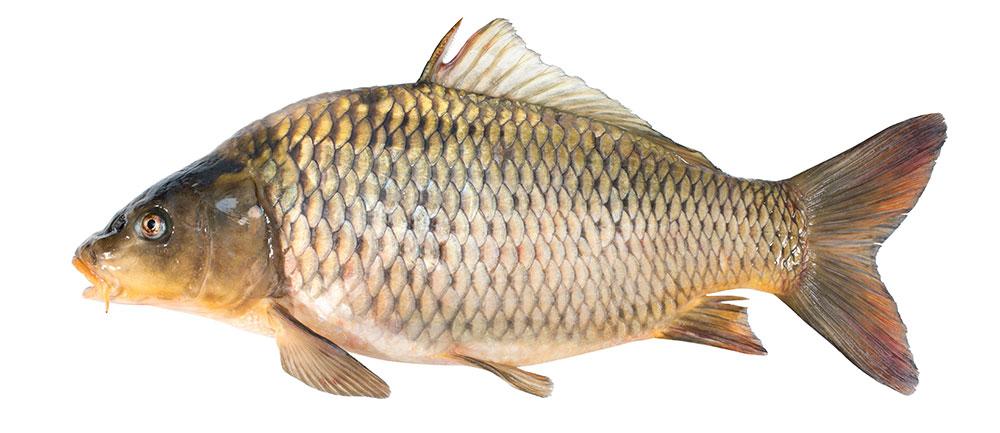
Carp are hardy freshwater fish known for their adaptability and long lifespans.
-
Region of Habitat: Lakes and rivers worldwide, originally from Europe and Asia
-
Scientific Name: Cyprinus carpio
-
Feeding Habits: Omnivorous; eats plants, insects, and detritus
-
What Sound They Make: Silent
Fun Fact
Carp can live for over 50 years. They can recognize and remember human faces.
20. Corgidor

A Corgidor is a hybrid dog breed, a mix between a Labrador Retriever and a Corgi, known for its friendly and energetic nature.
-
Region of Habitat: Domesticated worldwide
-
Scientific Name: Canis lupus familiaris
-
Feeding Habits: Omnivorous; eats kibble, meat, and vegetables
-
What Sound They Make: Barks and howls
Fun Fact
Corgidors are excellent family pets due to their intelligence and affectionate behavior. They inherit the Corgi’s short legs but the Labrador’s strong build.
Some More Animal Names That Start With The Letter C
21. Cabbage Moth
22. Cactus Moth
23. Cactus Mouse
24. Cactus Wren
25. Caecilian
26. Caiman Lizard
27. Cairn Terrier
28. California Condor
29. California Kingsnake
30. California Tarantula
31. Camel Cricket
32. Camel Spider
33. Campine Chicken
34. Canaan Dog
35. Canada Lynx
36. Canada Warbler
37. Canadian Eskimo Dog
38. Canadian Horse
39. Cane Corso
40. Cane Rat
41. Cane Spider
42. Cantil
43. Canvasback
44. Cape Lion
45. Capuchin
46. Caracal
47. Caribbean Reef Shark
48. Caribou
49. Carolina Dog
50. Carolina Parakeet
51. Carpenter Ant
52. Carpet Beetle
53. Carpet Python
54. Carpet Viper
55. Carrion Beetle
56. Cascabel
57. Cashmere Goat
58. Cassowary
59. Cat
60. Cat Snake
61. Cat-Eyed Snake
62. Cat-Faced Spider
63. Catahoula Bulldog
64. Catahoula Leopard
65. Catalan Sheepdog
66. Caterpillar
67. Catfish
68. Caucasian Mountain Dog (Shepherd)
69. Caucasian Shepherd
70. Cava Tzu
71. Cavador
72. Cavalier King Charles Spaniel
73. Cavapoo
74. Cave Bear
75. Cave Lion
76. Cecropia Moth
77. Cedar Waxwing
78. Centipede
79. Central Ranges Taipan
80. Cephalaspis
81. Ceratopsian
82. Ceratosaurus
83. Cervalces latifrons (Broad-Fronted Moose)
84. Cesky Fousek
85. Cesky Terrier
86. Chain Pickerel
87. Chamois
88. Chartreux
89. Cheagle
90. Checkered Garter Snake
91. Chesapeake Bay Retriever
92. Chestnut-Sided Warbler
93. Chi Chi
94. Chickadee
95. Chicken Snake
96. Chigger
97. Chihuahua
98. Chihuahua Mix
99. Children’s Python
100. Chilean Recluse Spider
101. Chilean Rose Tarantula
102. Chilesaurus
103. Chimaera
104. Chinchilla
105. Chinese Alligator
106. Chinese Cobra
107. Chinese Crested Dog
108. Chinese Geese
109. Chinese Paddlefish
110. Chinese Shar-Pei
111. Chinese Water Deer
112. Chinook
113. Chinook Salmon
114. Chinstrap Penguin
115. Chipit
116. Chipoo
117. Chipping Sparrow
118. Chiton
119. Chiweenie
120. Chorkie
121. Chow Chow
122. Chow Pom
123. Chow Shepherd
124. Christmas Beetle
125. Christmas Island Red Crab
126. Chromodoris Willani
127. Chusky
128. Cicada
129. Cichlid
130. Cinereous Vulture
131. Cinnamon Ball Python
132. Cinnamon Bear
133. Cinnamon Ferret
134. Clark’s Grebe
135. Clearnose Skate
136. Click Beetle
137. Clock Spider
138. Clothes Moth
139. Clouded Leopard
140. Clumber Spaniel
141. Coachwhip Snake
142. Coastal Carpet Python
143. Coastal Taipan
144. Coati
145. Cobalt Blue Tarantula
146. Cobia Fish
147. Cobras
148. Cochin Chicken
149. Cockalier
150. Cockapoo
151. Cockatiel
152. Cockatoo
153. Cocker Spaniel
154. Cockle
155. Coconut Crab
156. Codfish
157. Codling Moth
158. Coelacanth
159. Collared Peccary
160. Collett’s Snake
161. Collie
162. Collie Mix
163. Colossal Squid
164. Comb Jellyfish
165. Comb-crested Jacana
166. Comet Moth
167. Comfort Retriever
168. Common Buzzard
169. Common Carp
170. Common European Adder
171. Common Frog
172. Common Furniture Beetle
173. Common Goldeneye
174. Common Grackle
175. Common Green Magpie
176. Common House Spider
177. Common Loon
178. Common Raven
179. Common Spotted Cuscus
180. Common Toad
181. Common Yellowthroat
182. Compsognathus
183. Cone Snail
184. Conger Eel
185. Congo Snake
186. Conure
187. Cookiecutter Shark
188. Cooper’s Hawk
189. Copperhead
190. Coral
191. Coral Snake
192. Corella
193. Corgipoo
194. Corkie
195. Corman Shepherd
196. Cormorant
197. Corn Earworm
198. Corn Rex Cat (Cornish Rex)
199. Corn Snake
200. Cory Catfish
201. Coryphodon
202. Cosmic Caterpillar
203. Costa’s Hummingbird
204. Coton de Tulear
205. Cotton-top Tamarin
206. Cottonmouth
207. Coues Deer
208. Cow
209. Cow Reticulated Python
210. Crab
211. Crab Spider
212. Crab-Eating Fox
213. Crab-Eating Macaque
214. Crabeater Seal
215. Crane
216. Crappie Fish
217. Crayfish
218. Crested Gecko
219. Crested Penguin
220. Cricket
221. Croatian Sheepdog
222. Crocodile Monitor
223. Crocodile Shark
224. Crocodylomorph
225. Cross Fox
226. Cross River Gorilla
227. Crow
228. Crucian Carp
229. Cryolophosaurus
230. Cuban Boa
231. Cuban Cockroach
232. Cubera Snapper
233. Cuckoo
234. Cucumber Beetle
235. Curly Coated Retriever
236. Curly Hair Tarantula
237. Czechoslovakian Wolfdog
238. Cuscus
239. Civet
240. Common Genet
241. California Sea Lion
242. Cape Buffalo
243. Common Warthog
244. Crested Porcupine
245. Common Brushtail Possum
246. Common Bottlenose Dolphin
247. Common Squirrel Monkey
248. Common Rhea
249. Crested Guan
250. Cape Fox
251. Cape Ground Squirrel
252. Colugo
253. Common Seal
254. California Quail
255. Capuchin Monkey
256. Cacomistle
257. Common Kusimanse
258. Canary
259. Chestnut-Breasted Malkoha
260. Collared Anteater
261. Common Garter Snake
262. Chacma Baboon
263. Coral Reef Fish
264. Common Duiker
265. Collared Pika
266. Canaries
267. Coonhound
268. Cormo
269. Cattle
270. Clydesdale
271. Cornish Rex
272. Cotswold
273. Coydog
274. Curltail
275. Currant Worm
276. Cotton Rat
277. Curlew
278. Curly Horse
279. Cygnet
280. Clam
281. Cephalopod
282. Cowrie
283. Cobia
284. Croaker
285. Cusk
286. Cunner
287. Cod
288. Conch
289. Cowfish
290. Carpet Shark
291. Caridean Shrimp
292. Ctenophore
293. Clingfish
294. Comb Jelly
295. Common Sea Star
296. Cow Shark
297. Crested Oyster
298. Conus
299. Carpet Sea Star
300. Crown-of-Thorns Starfish
301. Crab-Eating Seal
302. Common Hammerhead Shark
303. California Halibut
304. Coral Grouper
305. Cherry Salmon
306. Common Skate
307. Cownose Ray
308. Common Octopus
309. Cleaner Shrimp
310. Chocolate Chip Starfish
311. Common Sea Dragon
312. Cutlassfish
313. Cougar
314. California Sea Lions
315. Chinese Crocodile
316. Chilean Boa
317. Cuban Amazon
318. Crested Oropendola
319. Caddisfly
320. Cutworm
321. Cabbage White Butterfly
322. Colorado Potato Beetle
323. Cluster Fly
324. Common Blue Butterfly
325. Carpenter Bee
326. Clover Mite
327. Chalcid Wasp
328. Comstock Mealybug
329. Common Green Lacewing
330. Convergent Lady Beetle
331. Crane Fly
332. Common Earwig
333. Conehead Katydid
334. Cross Orb Weaver Spider
335. Cactus Longhorn Beetle
336. Cicada Killer Wasp
337. Common Housefly
338. Common Nettle Butterfly
339. Cinnabar Moth
340. Citrus Whitefly
341. Crimson Speckled Footman
342. Common Stonefly
343. Common Thread Waisted Wasp
344. Crane Fly Larva
345. Chaffinch
346. Cape Barren Goose
347. Cattle Egret
348. Chuck-Will’s-Widow
349. Cape May Warbler
350. Common Emerald Dove
351. Crested Auklet
352. Cinnamon Teal
353. Common Ostrich
354. Crested Tit
355. Common Tern
356. Chestnut-Bellied Sandgrouse
357. Collared Lizard
358. Copperhead Snake
359. Central Bearded Dragon
360. Cuban Iguana
361. Common Snapping Turtle
362. Collared Forest Lizard
363. Central American River Turtle
364. Central Asian Tortoise
365. Chinese Water Dragon
366. Cuban Night Anole
367. Cape Cobra
368. Ceylon Keeled Pitviper
369. Chipping Gecko
370. Cope’s Gecko
371. Cave Racer
The Wild World of C Animals: A Final Roar!
Nature never stops surprising us! These incredible C-named creatures show how magical and weird the animal world can be.
From tiny critters that hide in small spaces to huge beasts roaming wild lands, each animal has its own special story and super cool skills that make them unique.
The next time you see an animal, stop and think about its hidden talents. Maybe it can do something totally unexpected that will make your jaw drop. Who knows?
The animal kingdom is packed with secrets waiting to be learned.
Every creature has a tale to tell, and some of the most interesting stories start with the letter C!
Keep wondering, stay curious, and always be ready to learn more about the wild and wacky world of animals!

